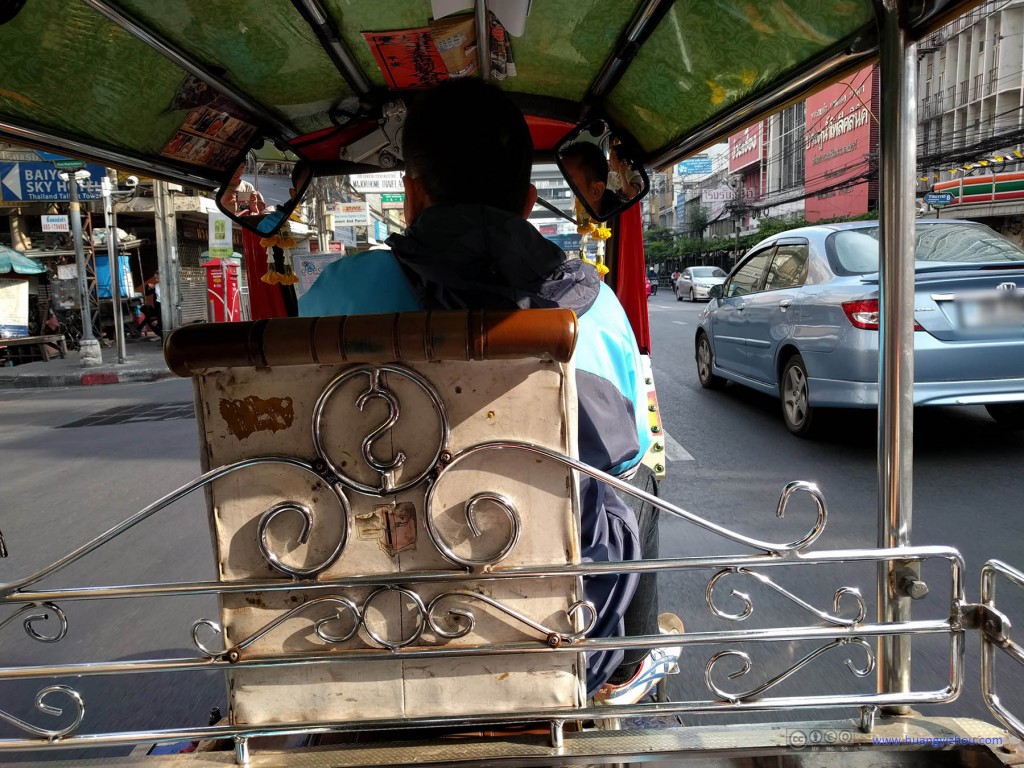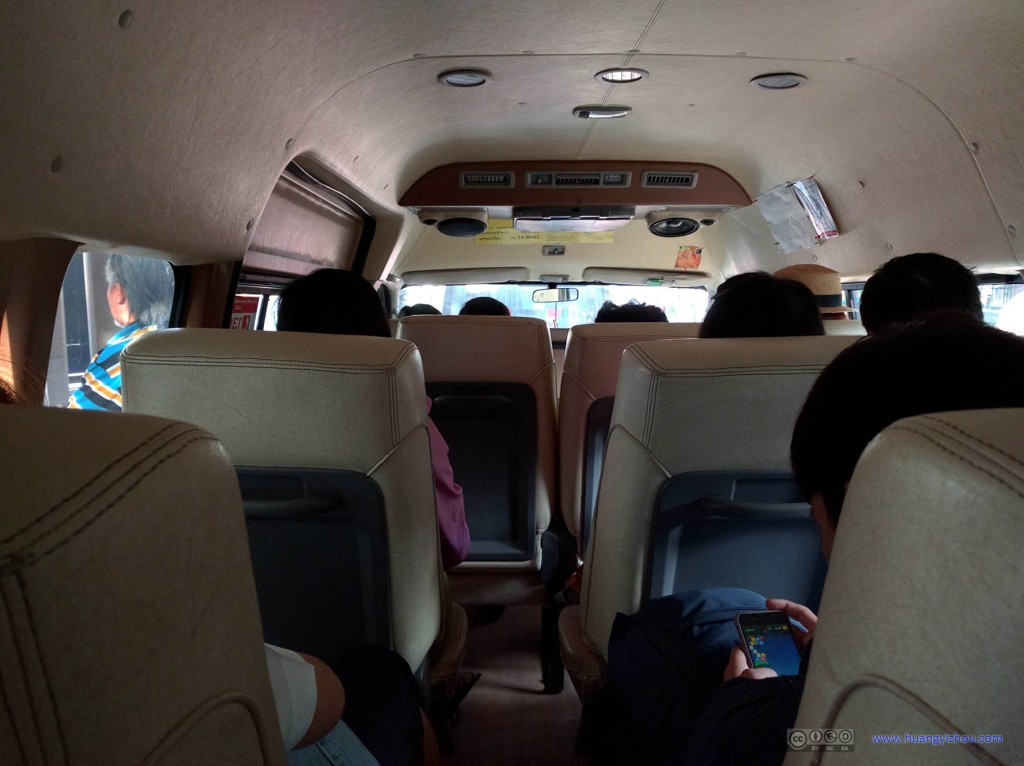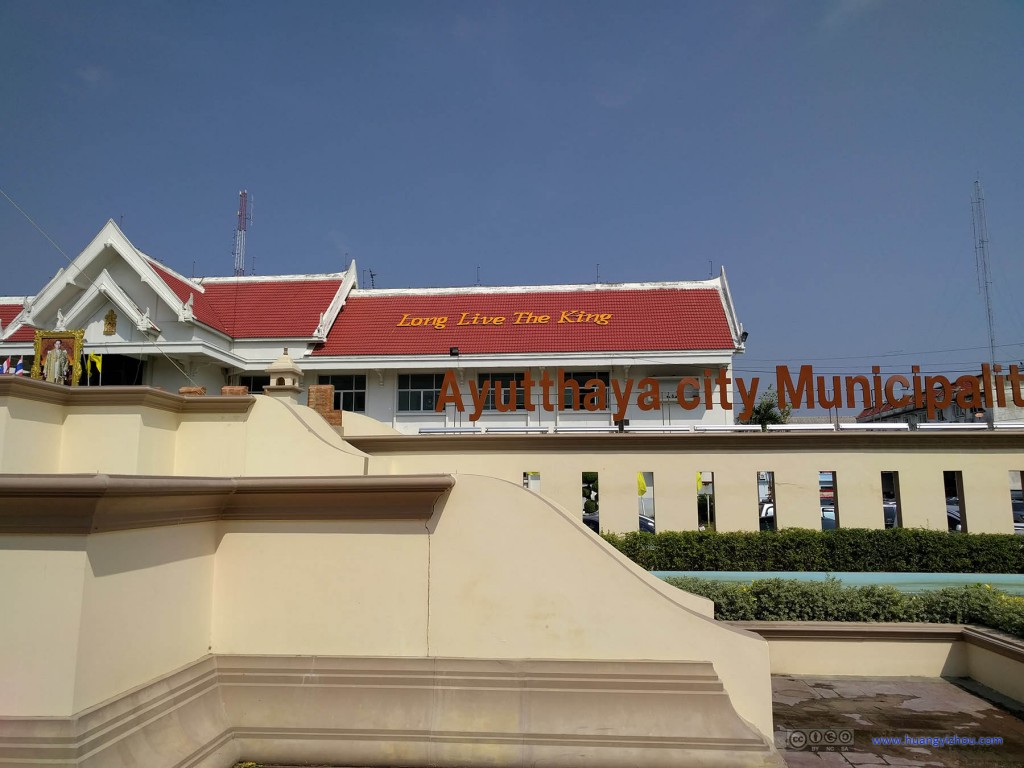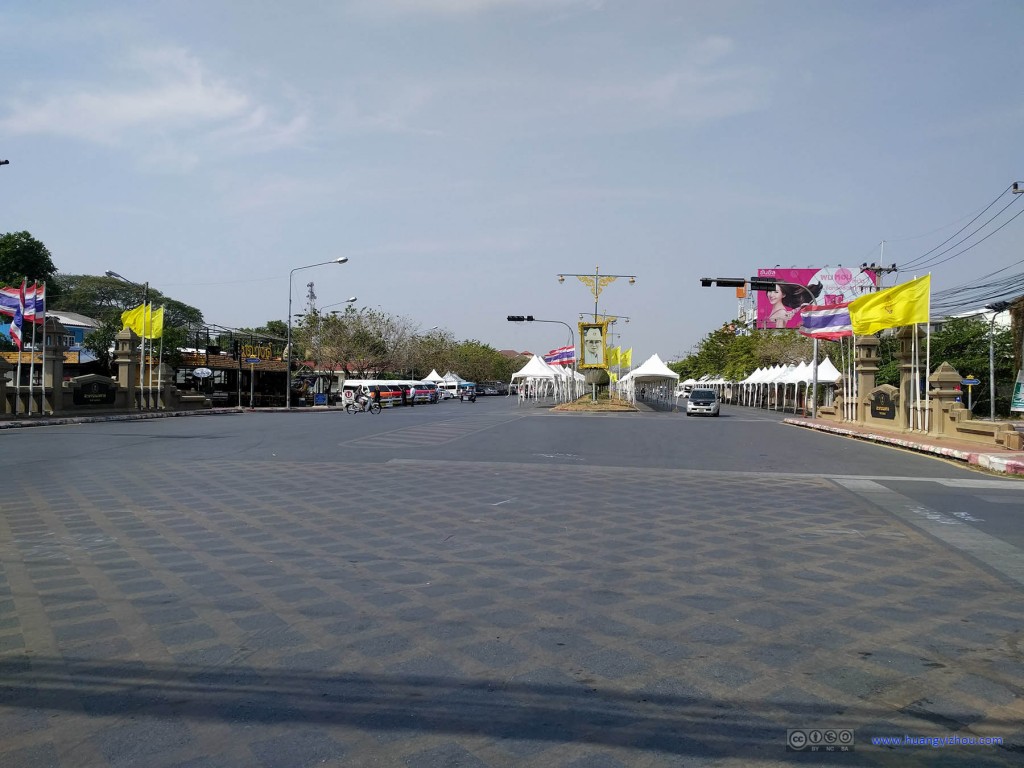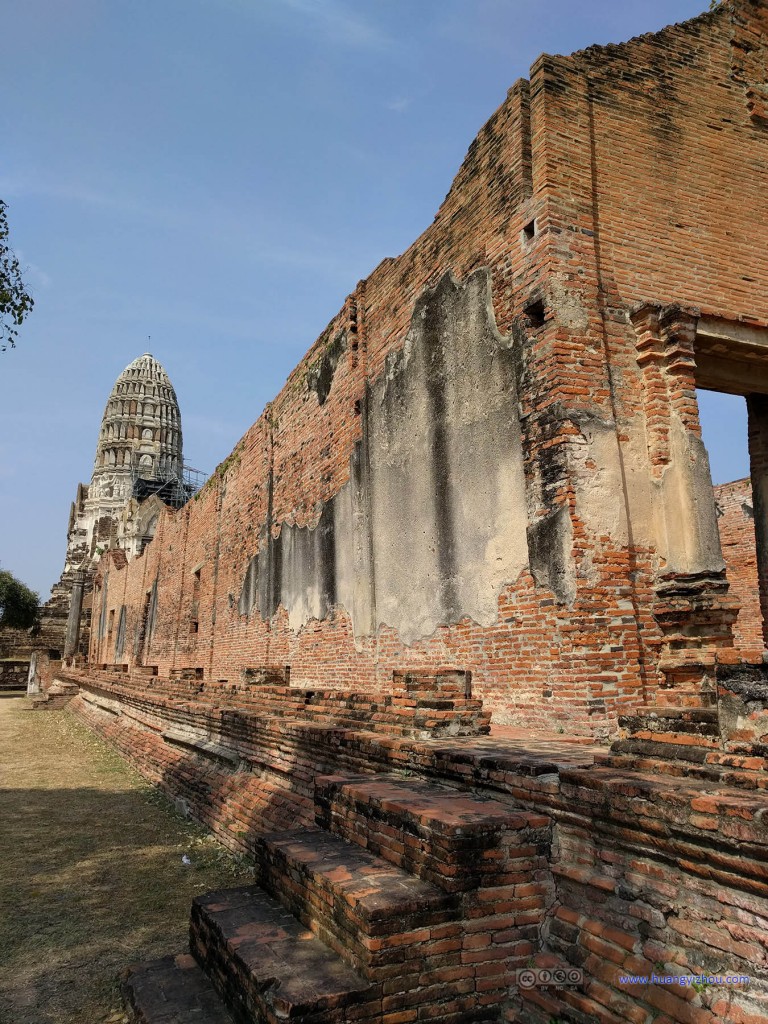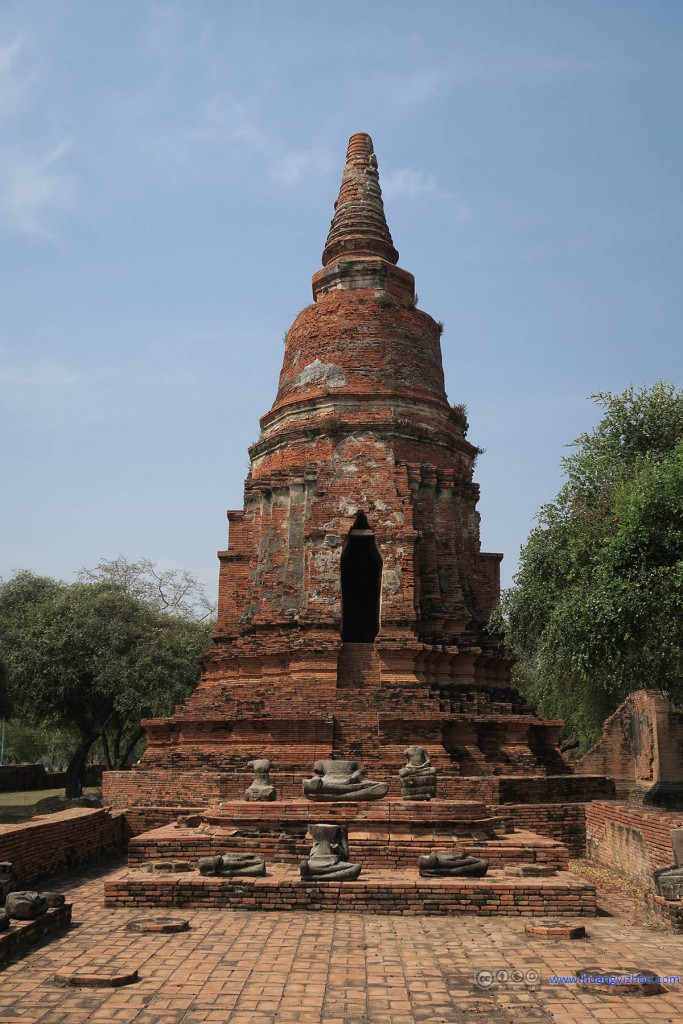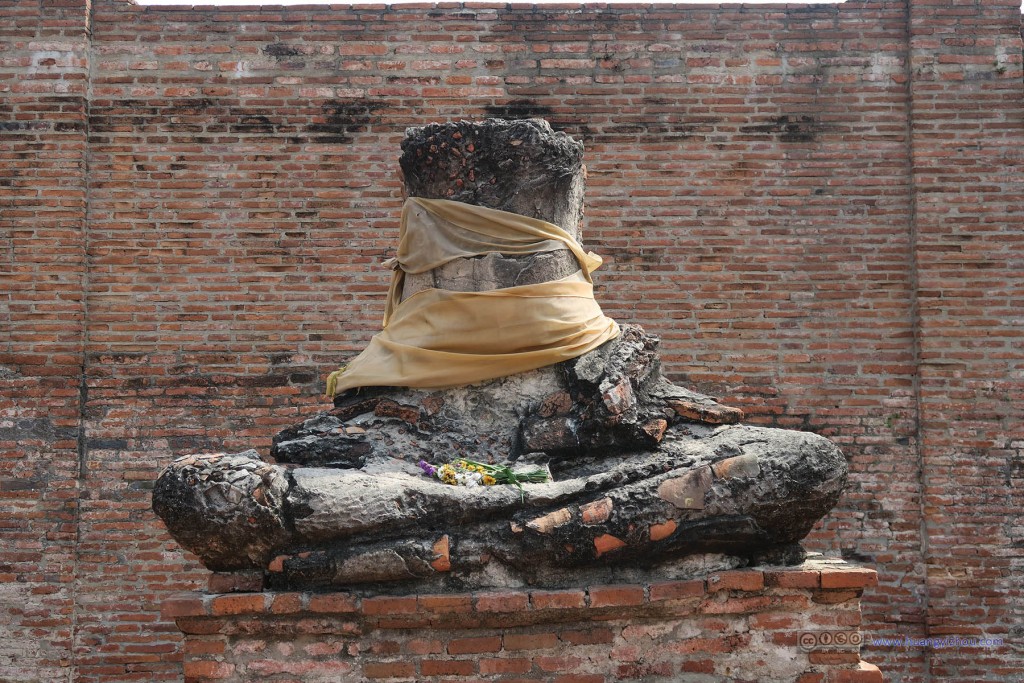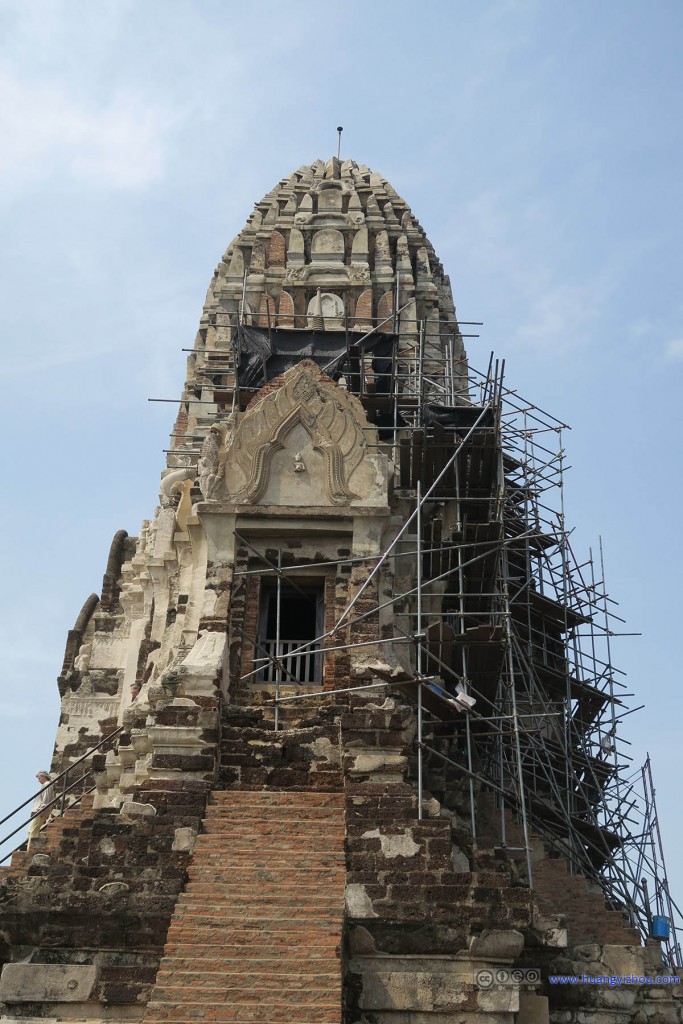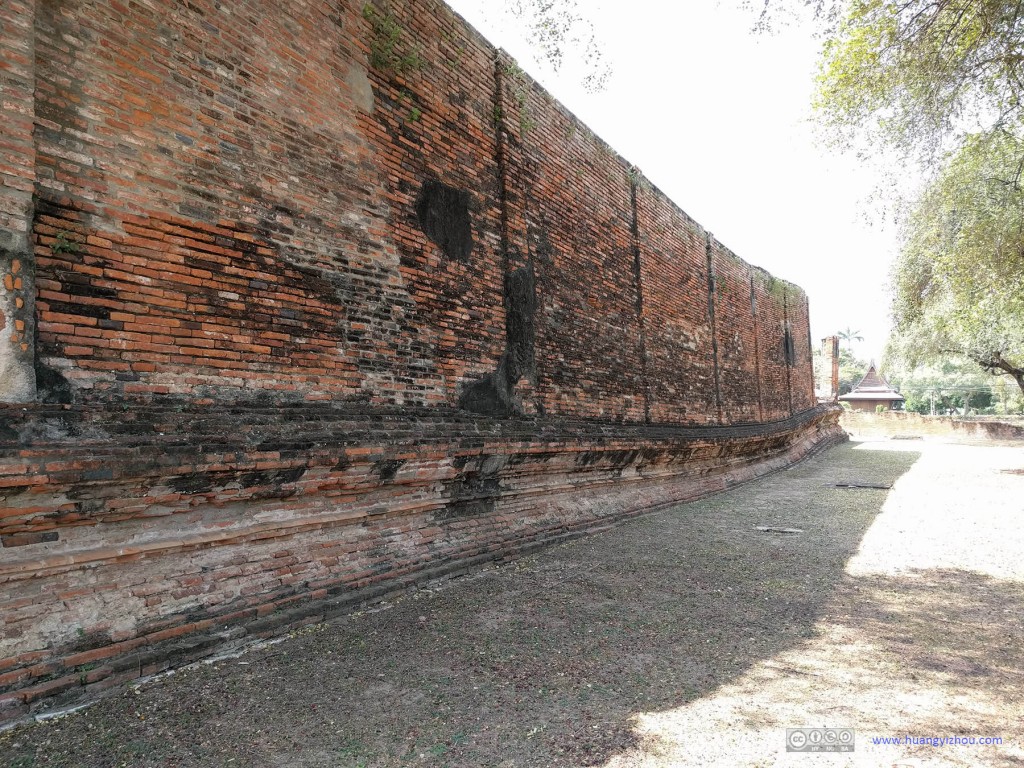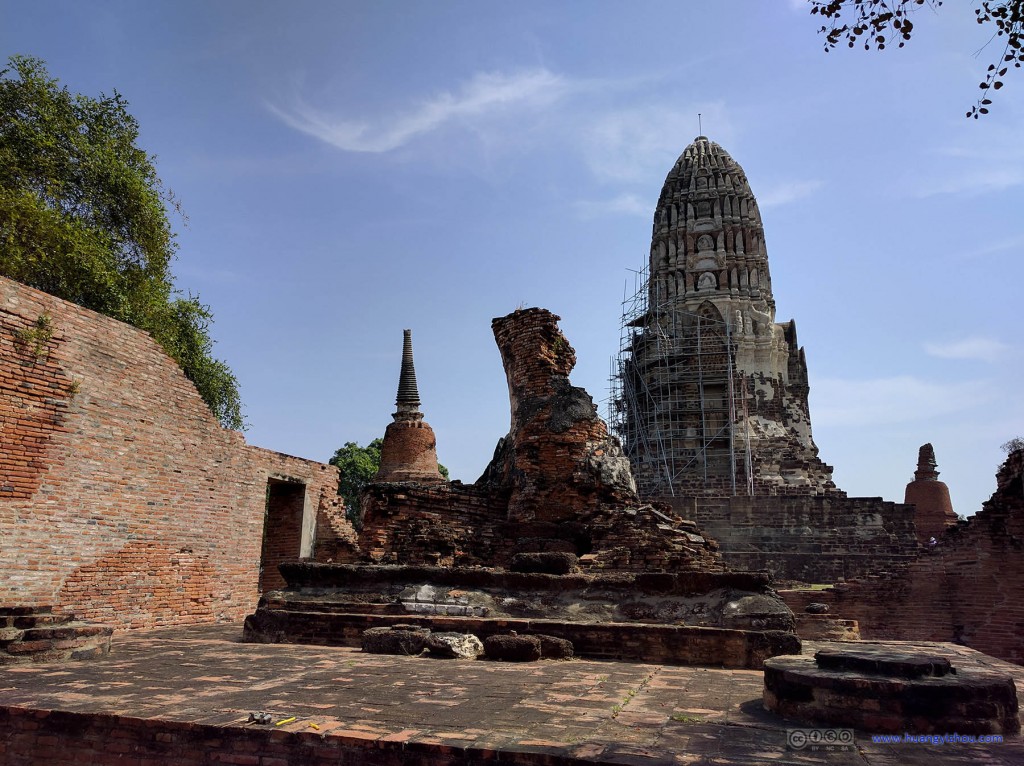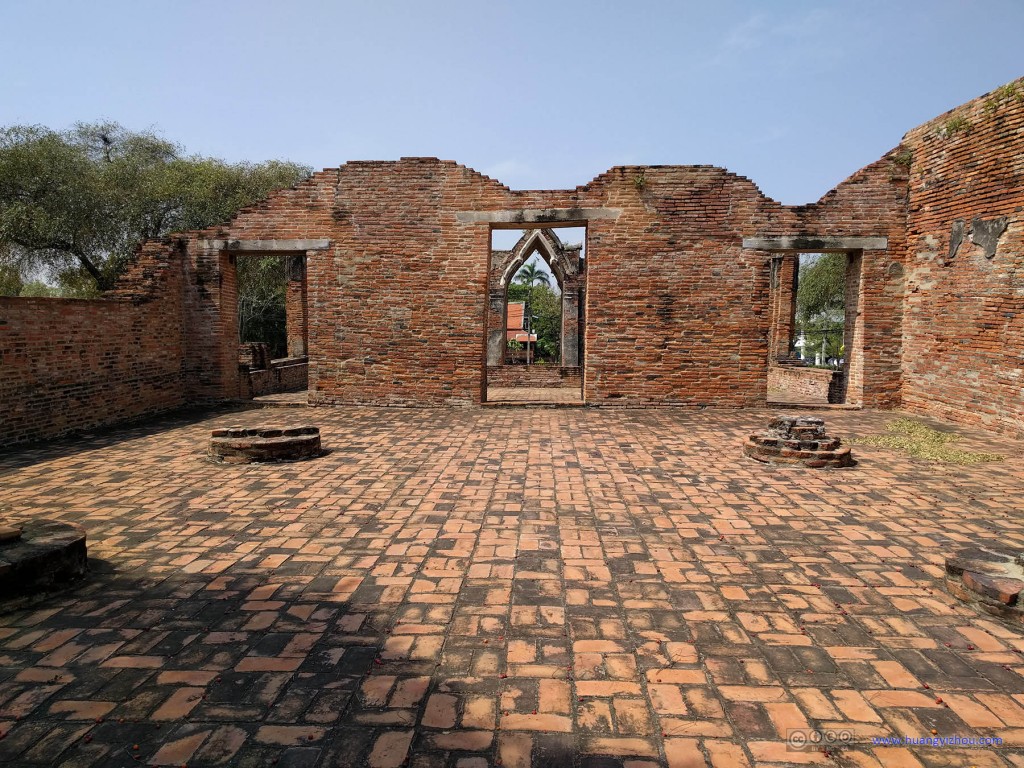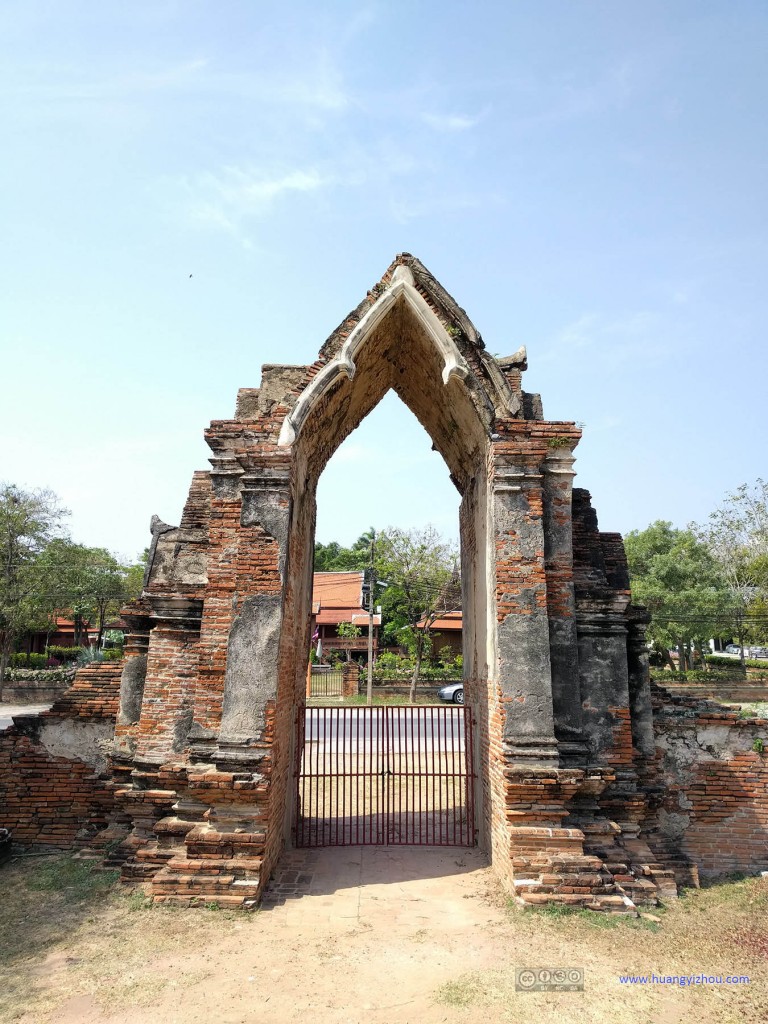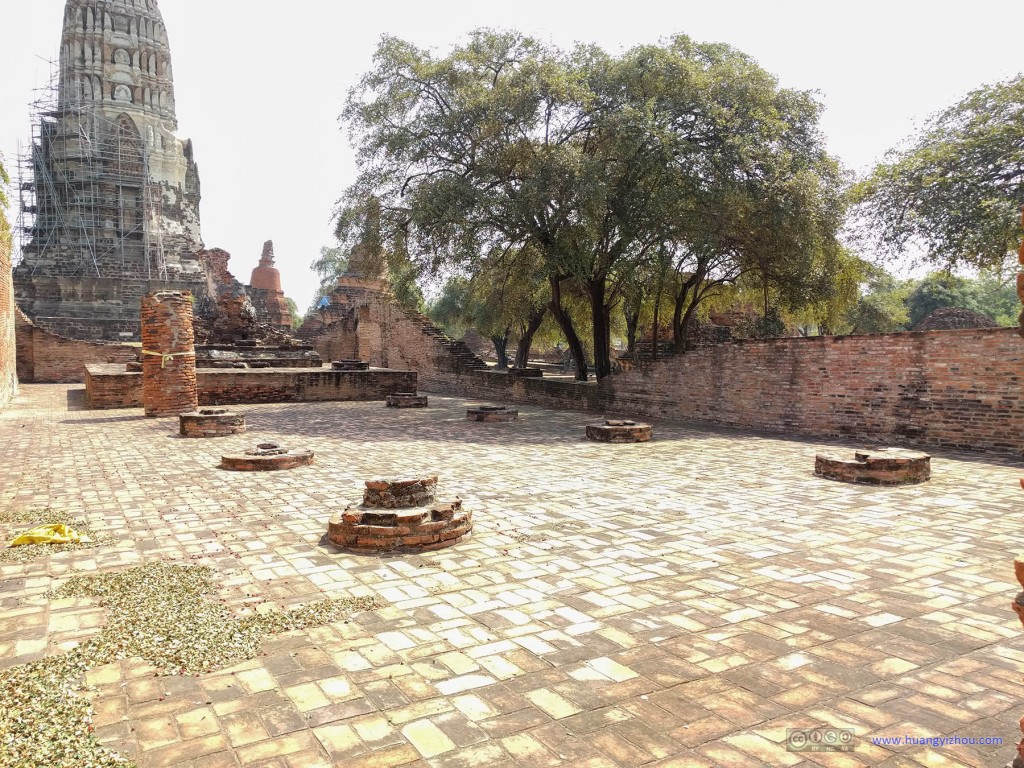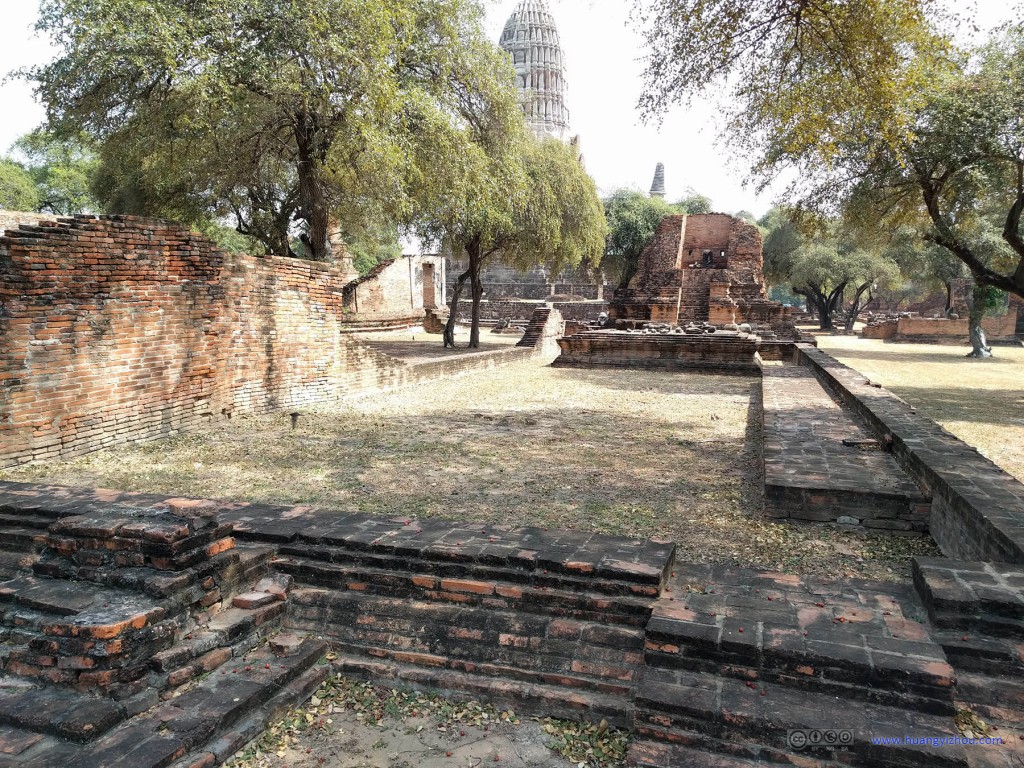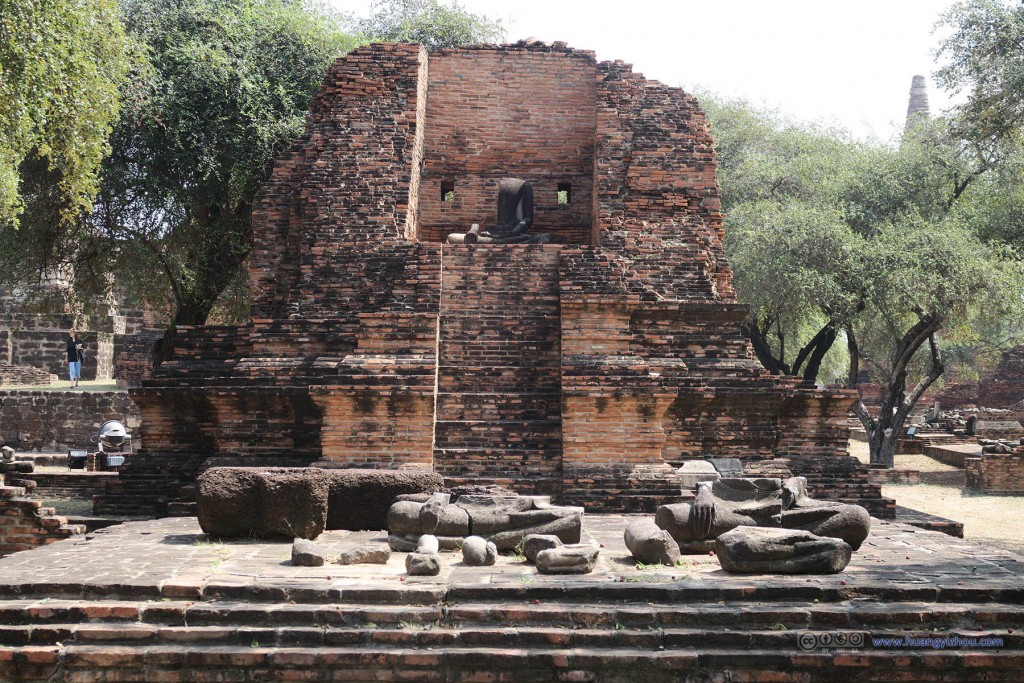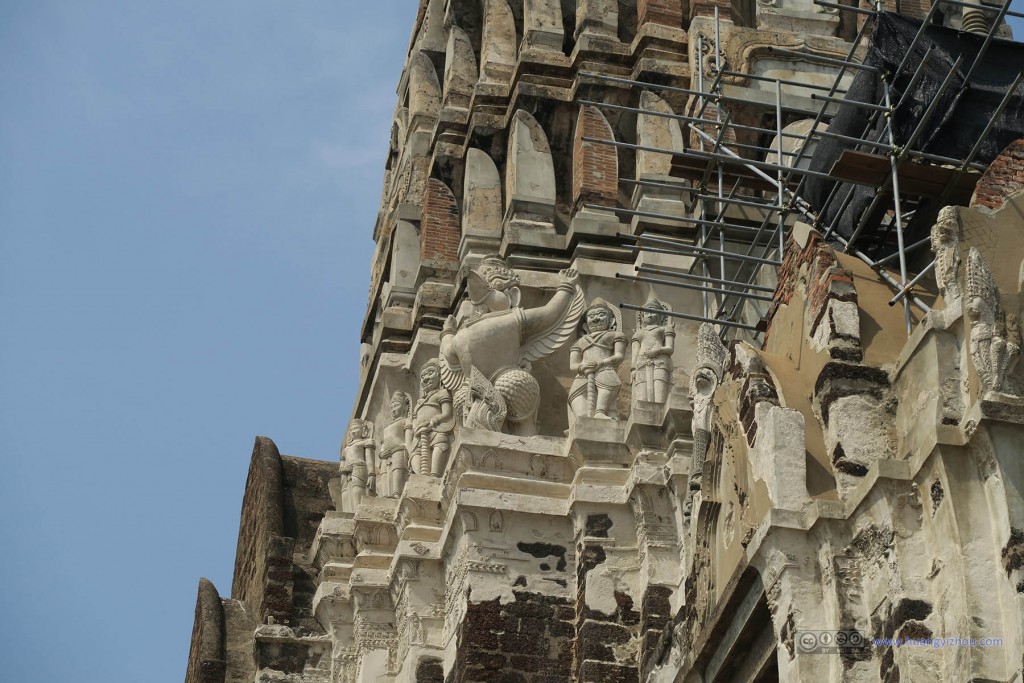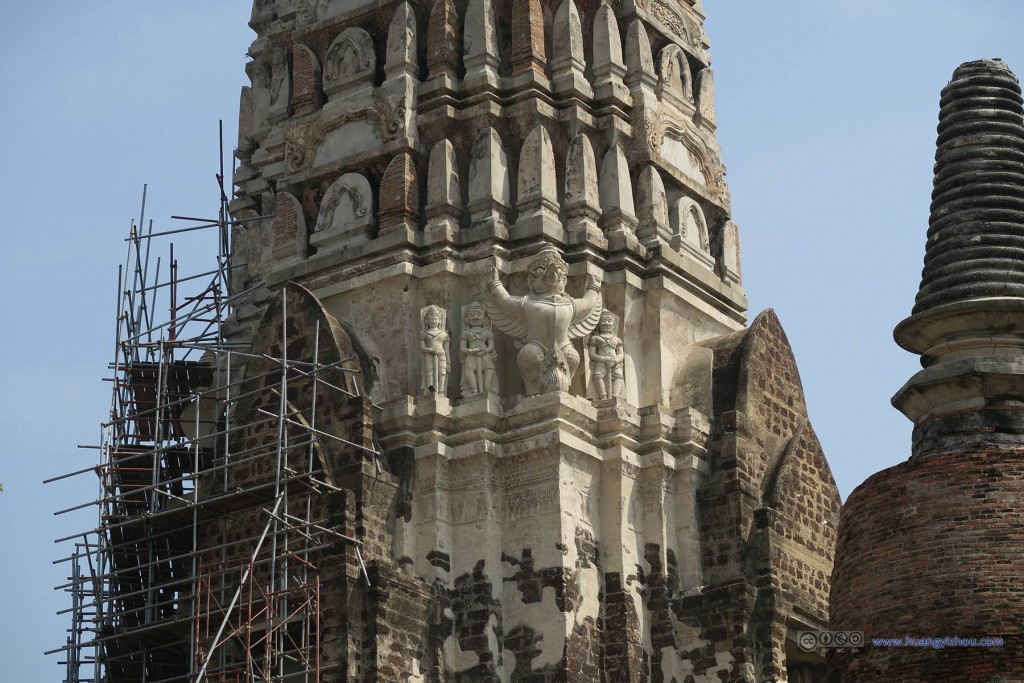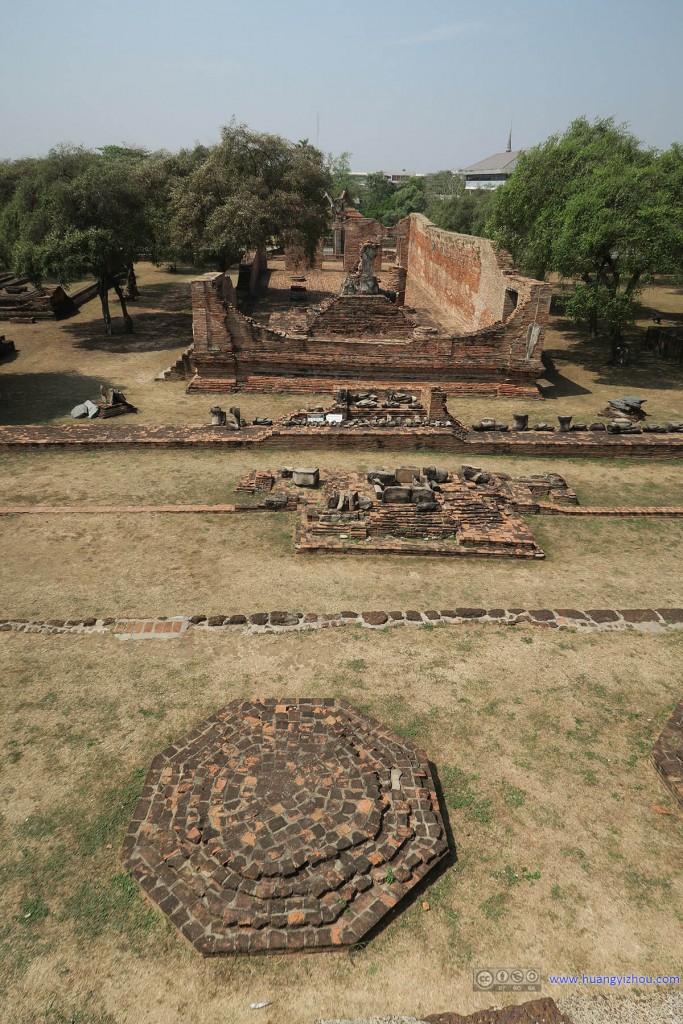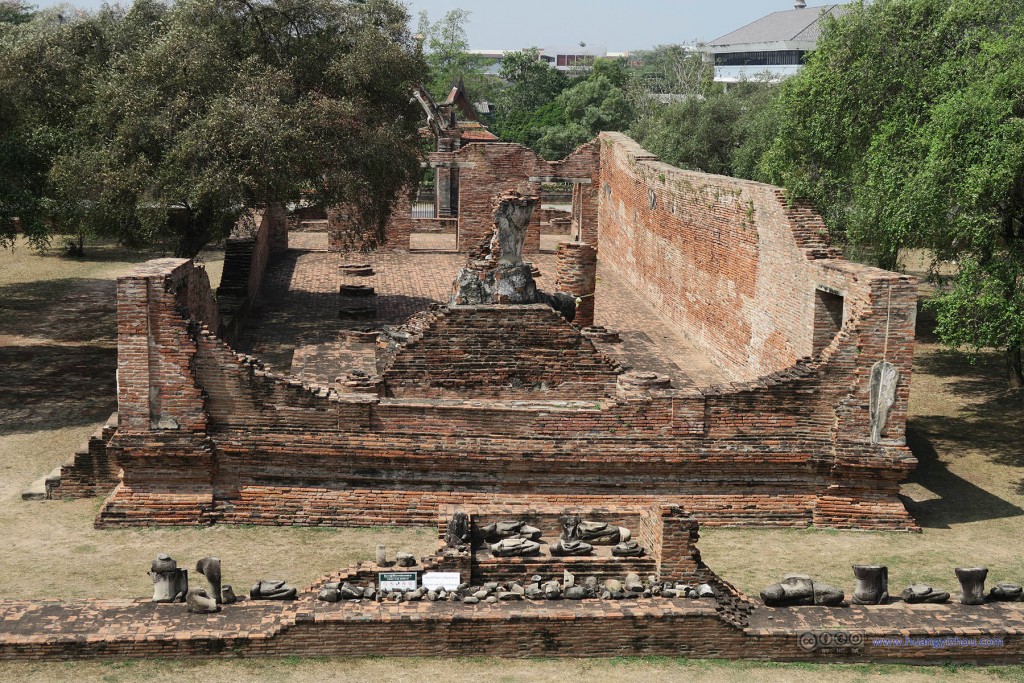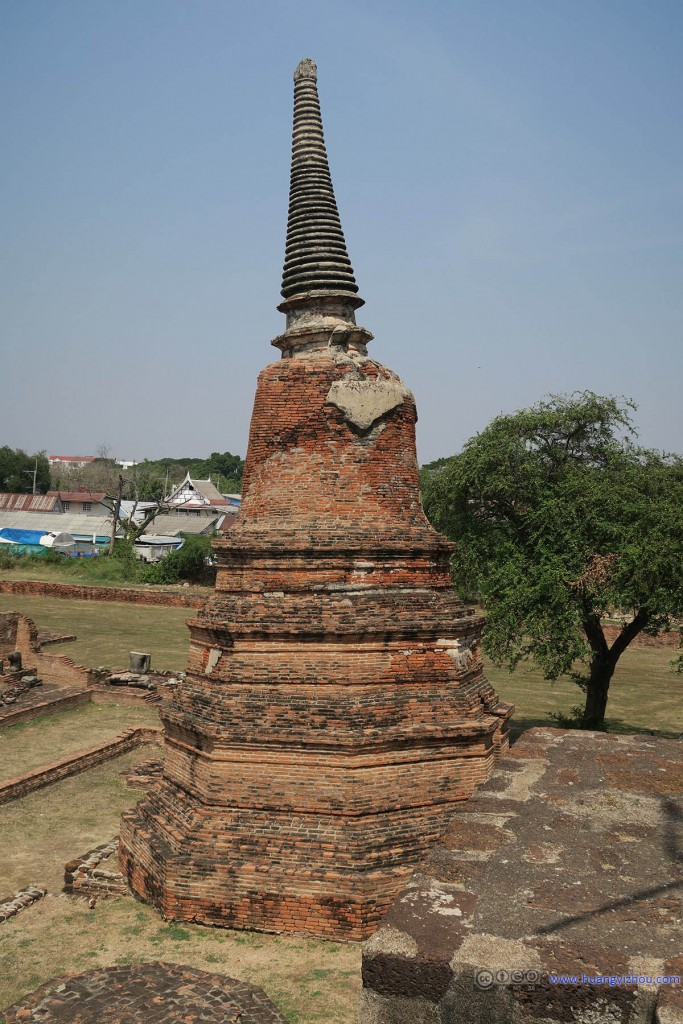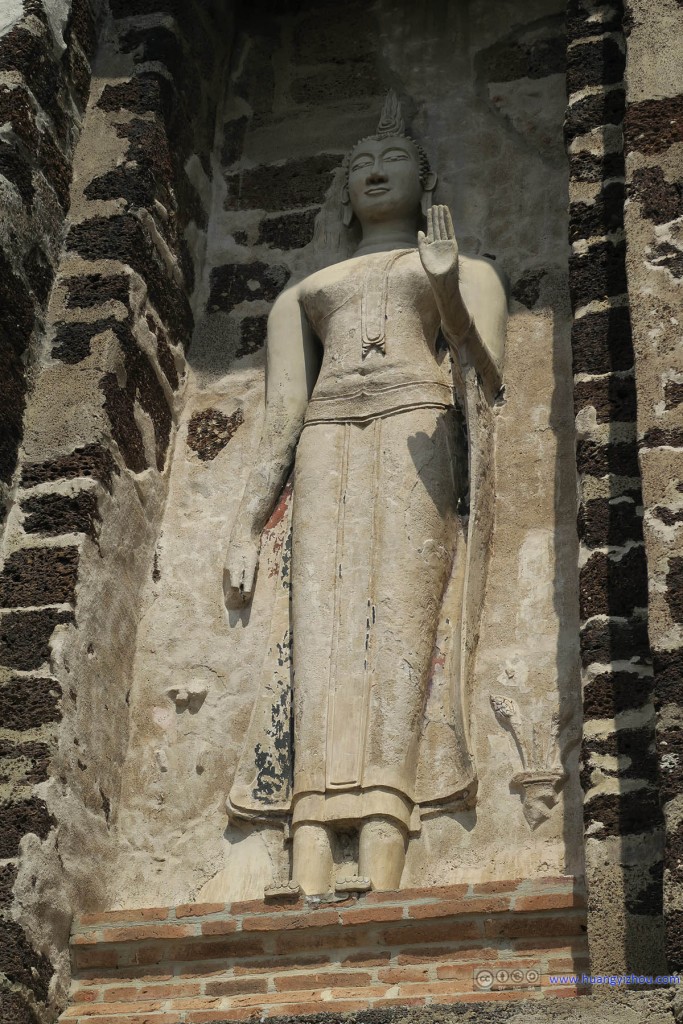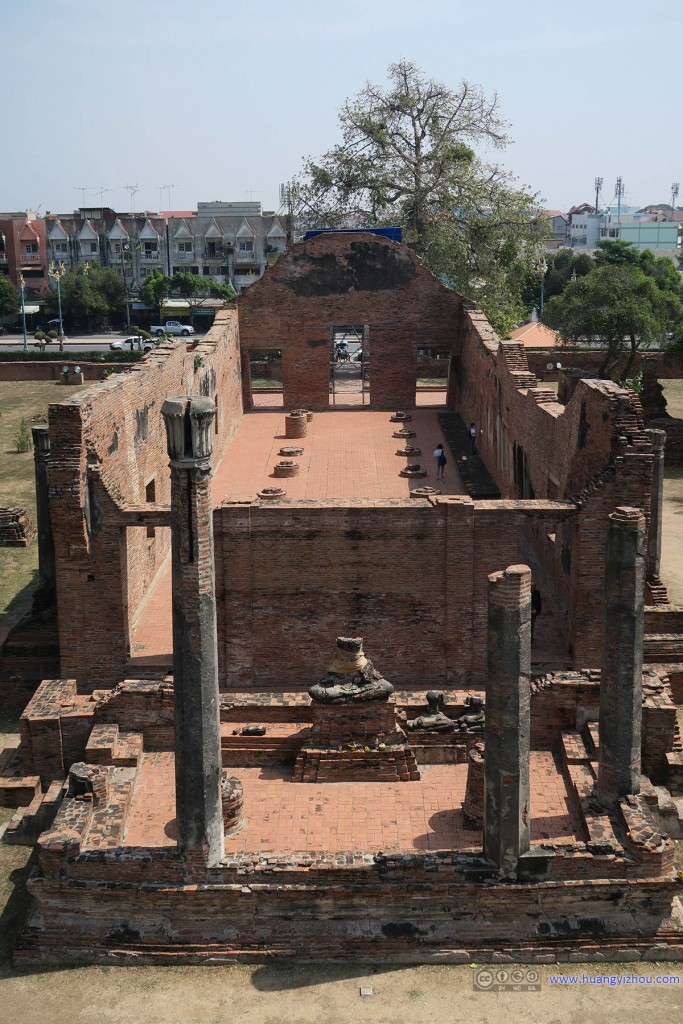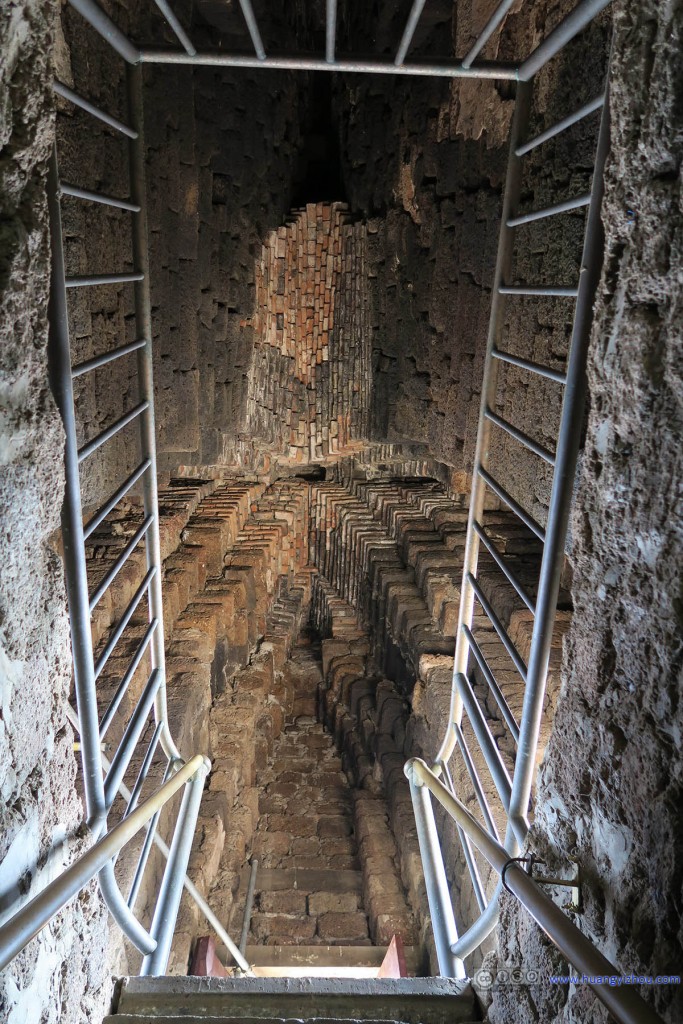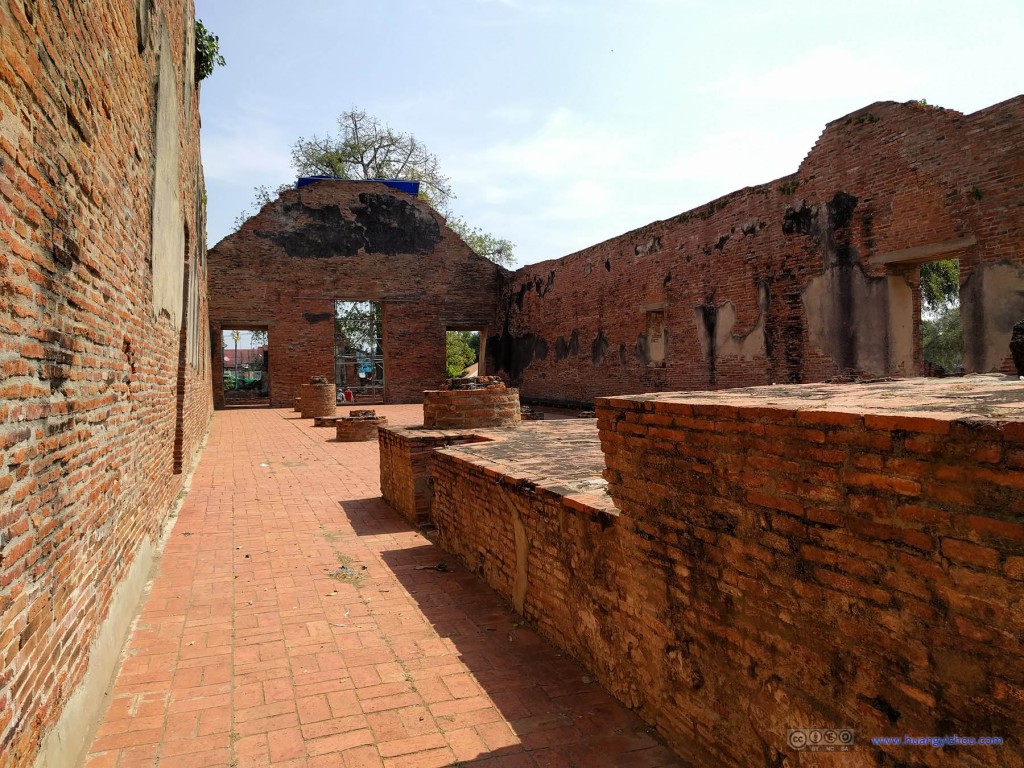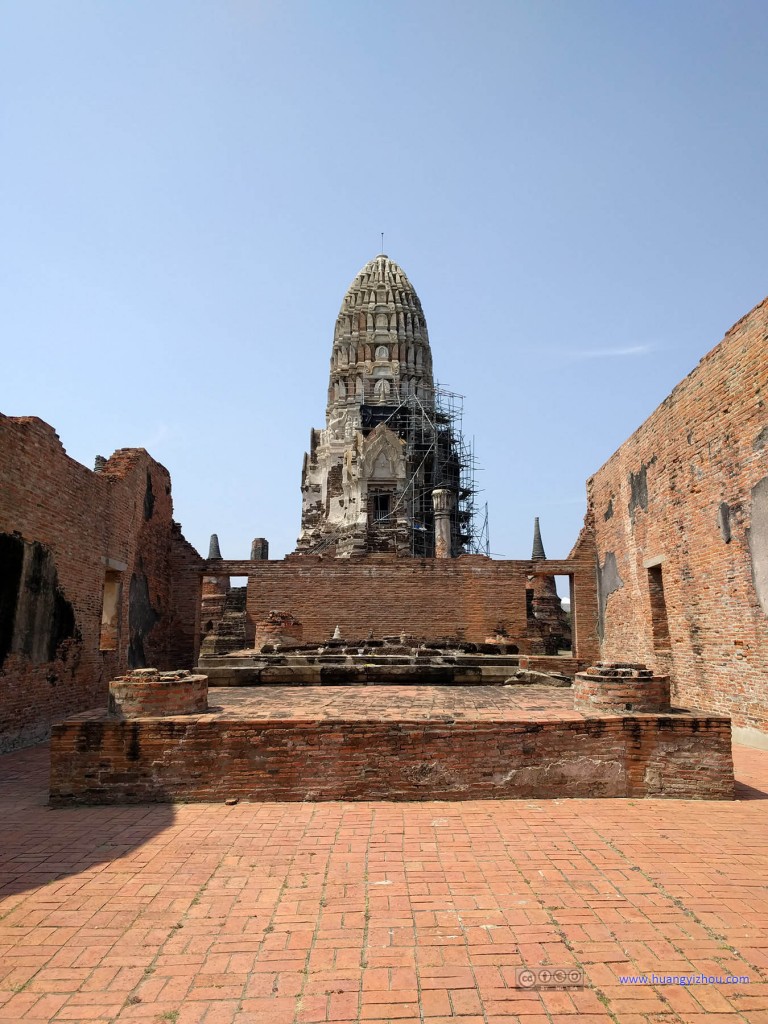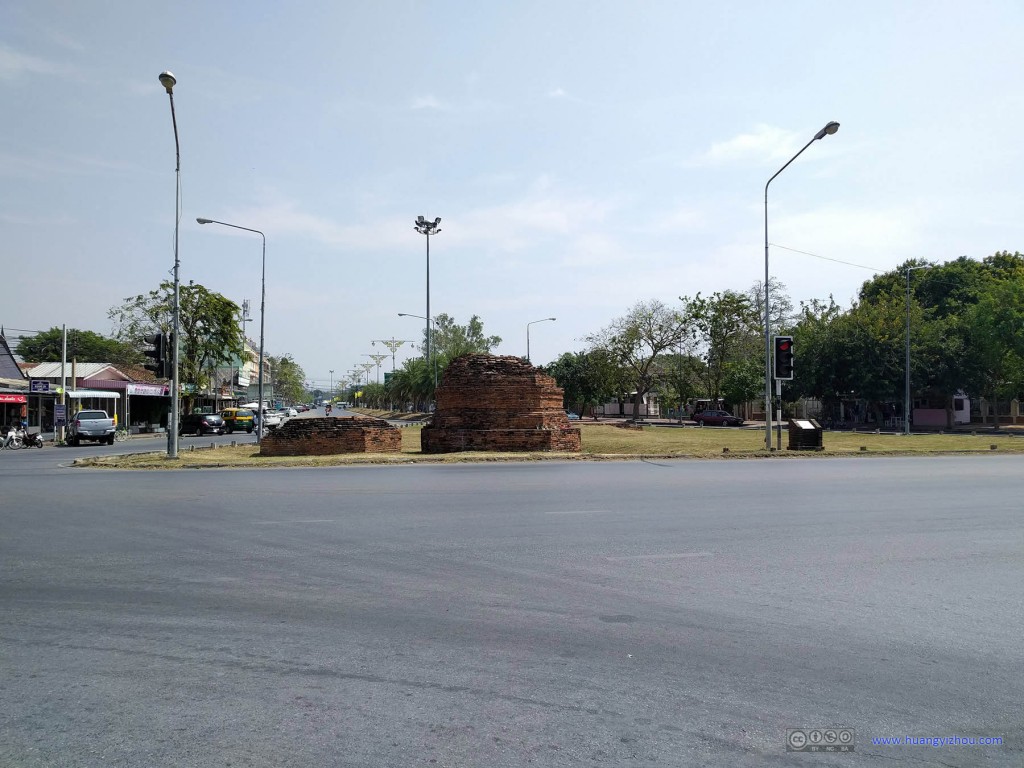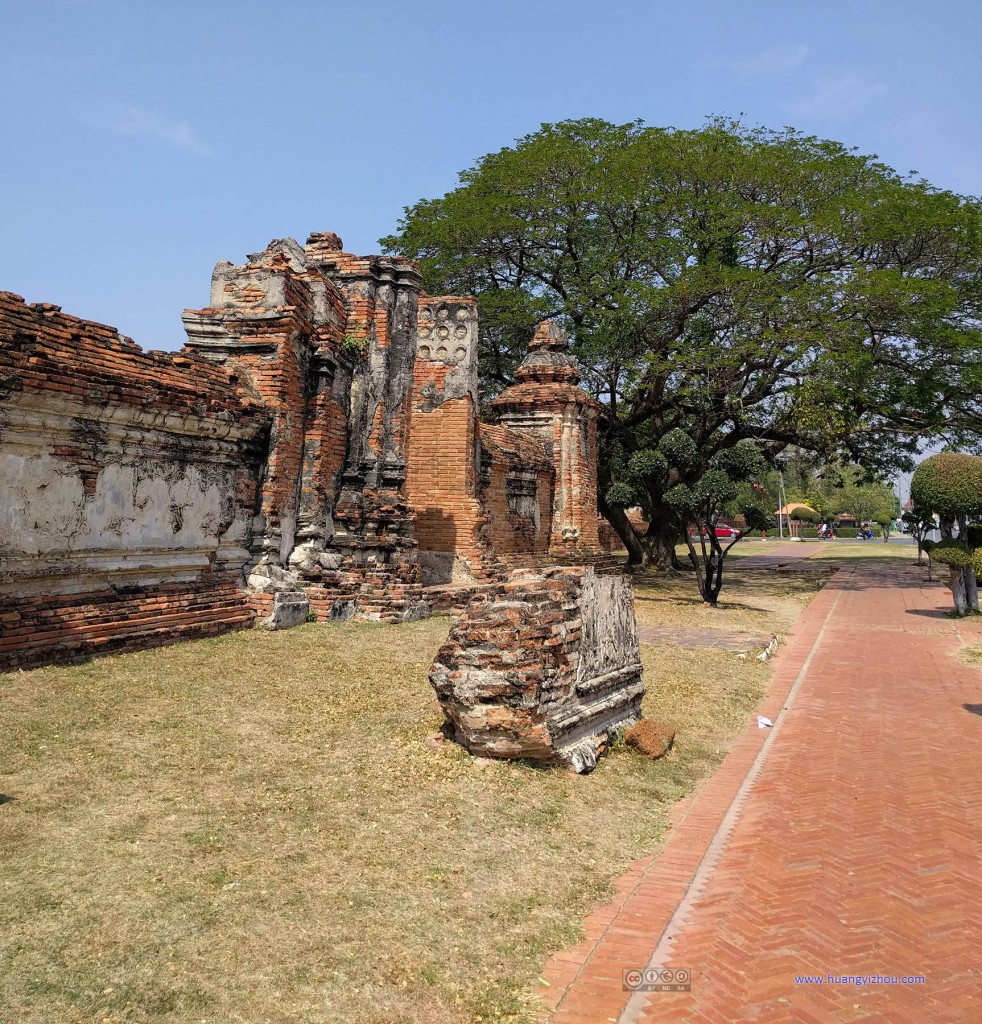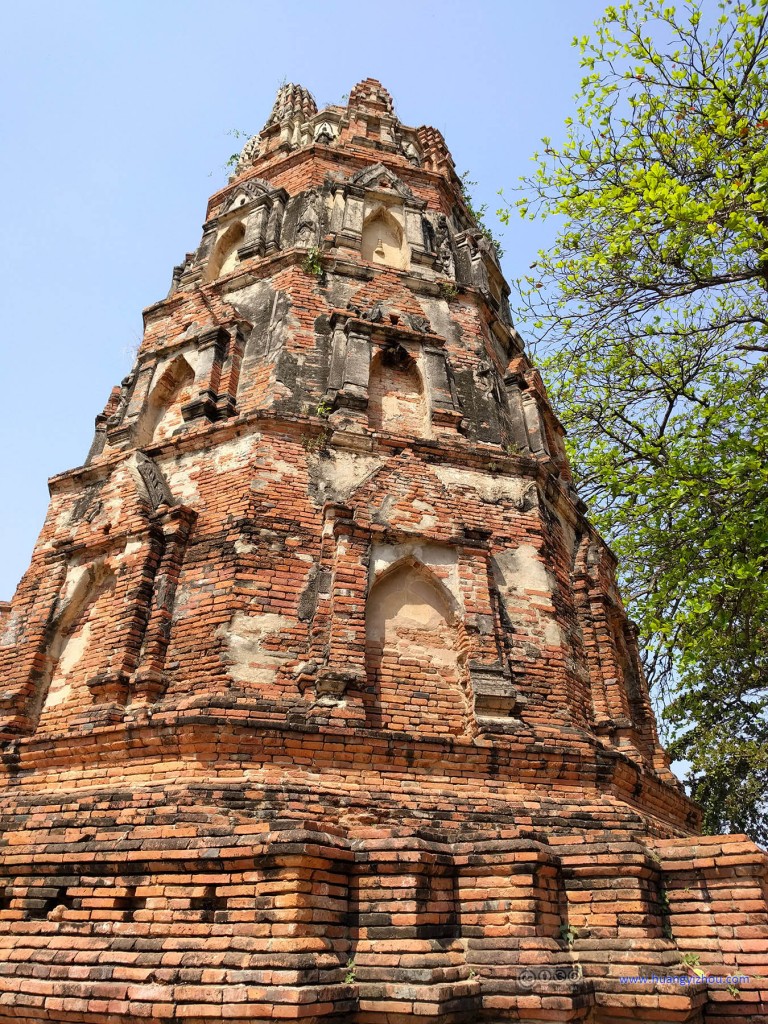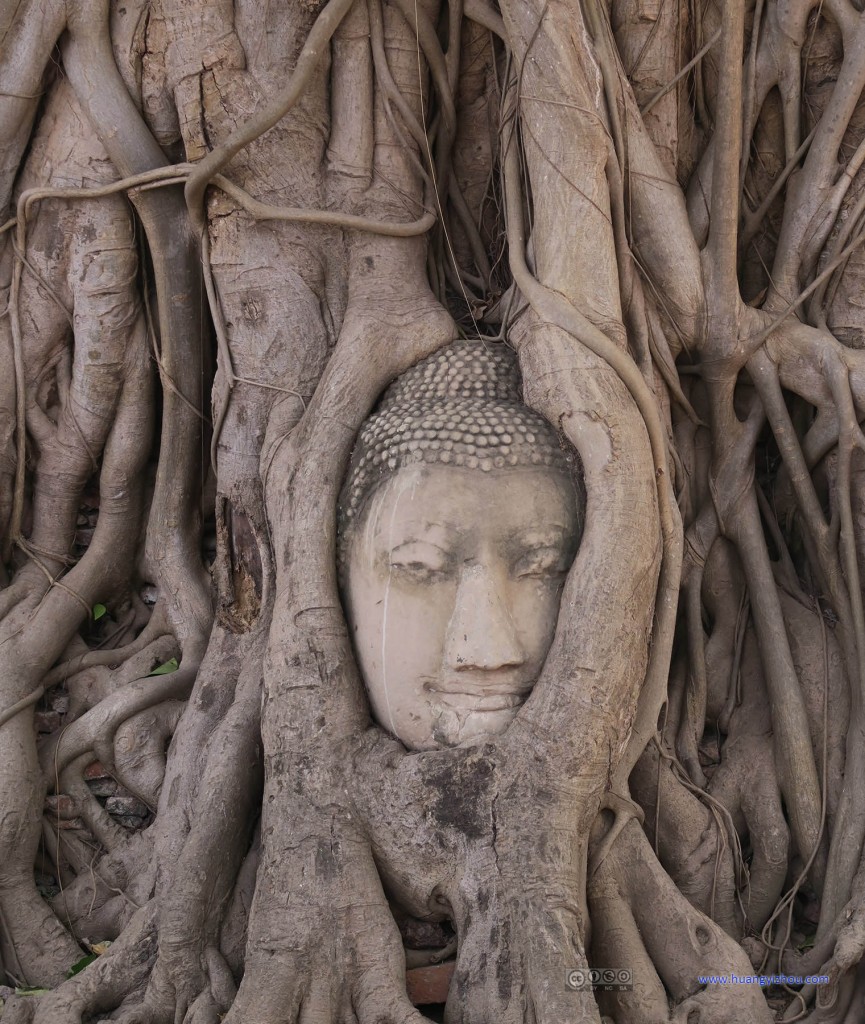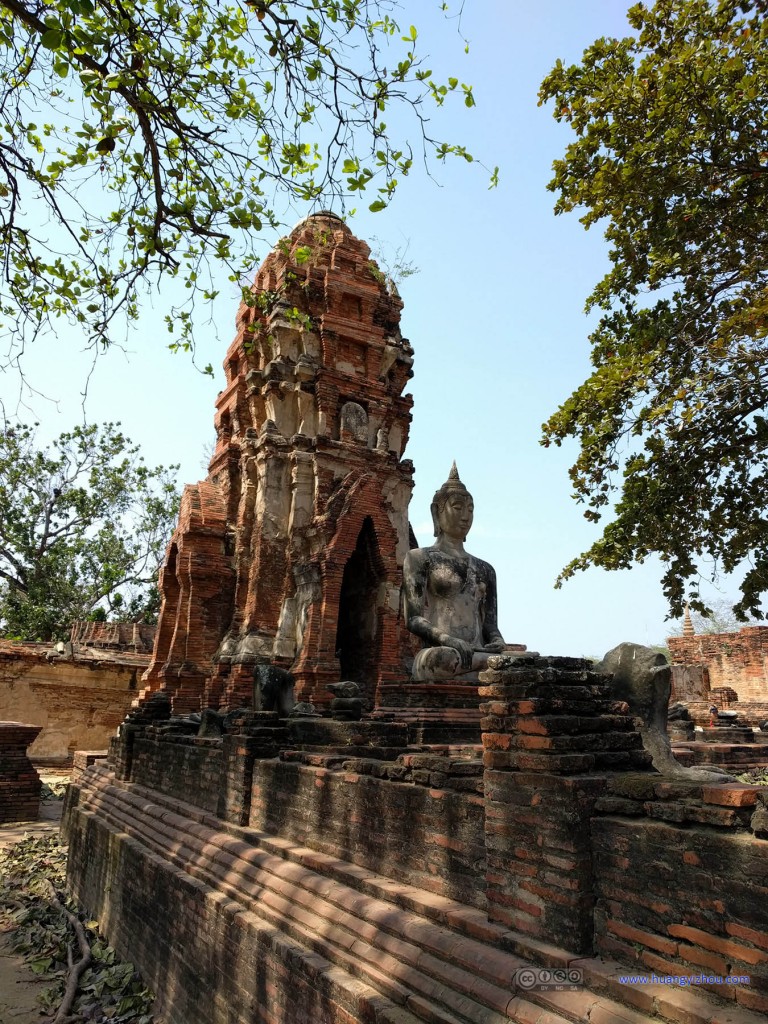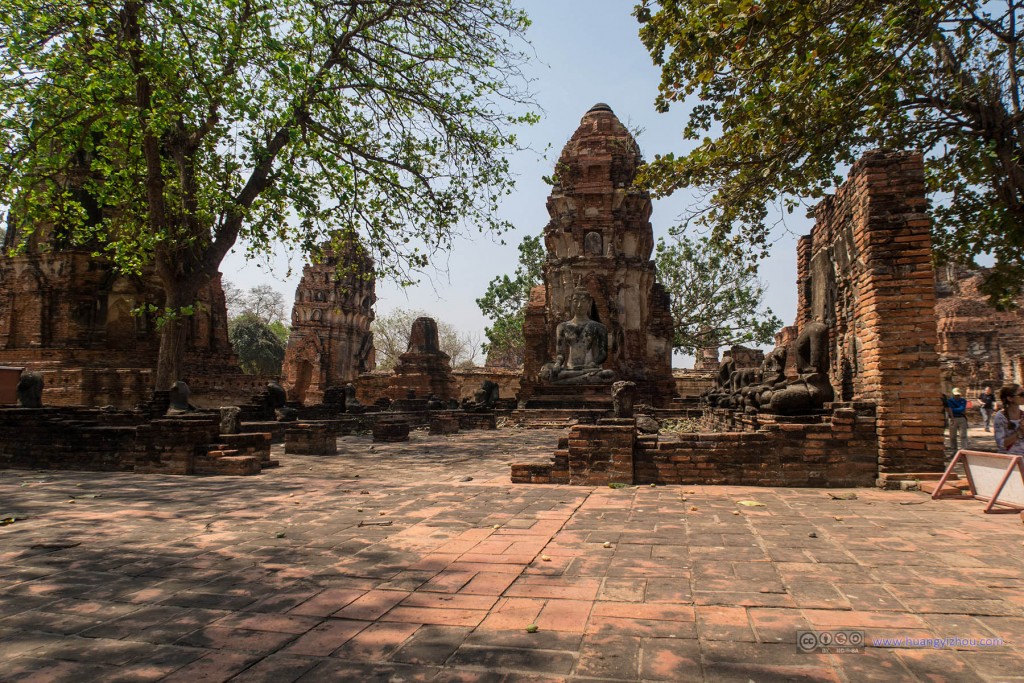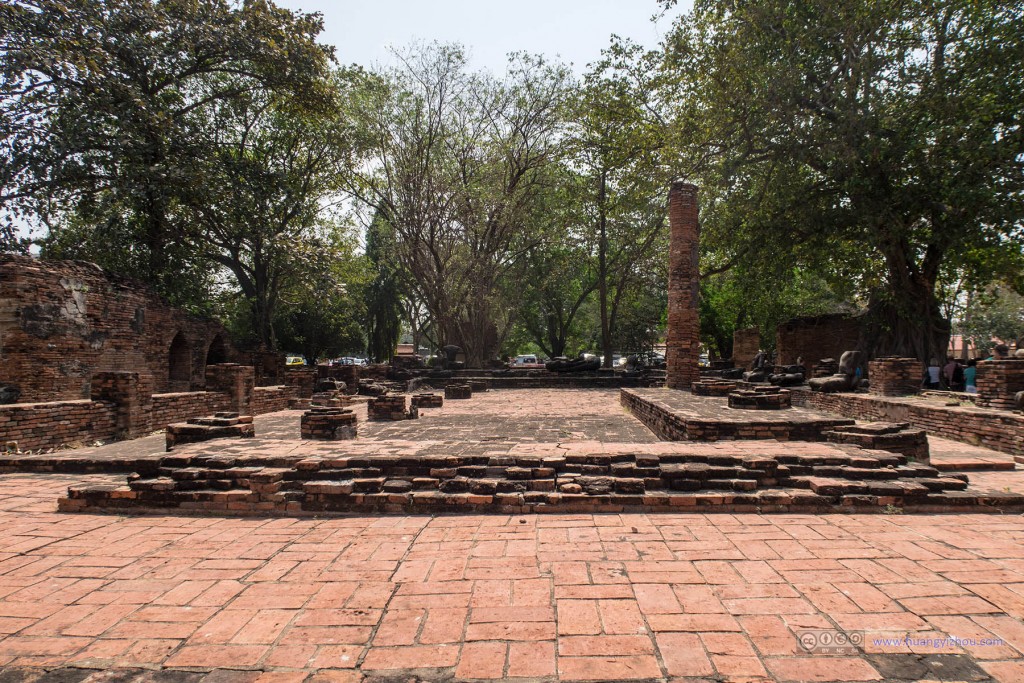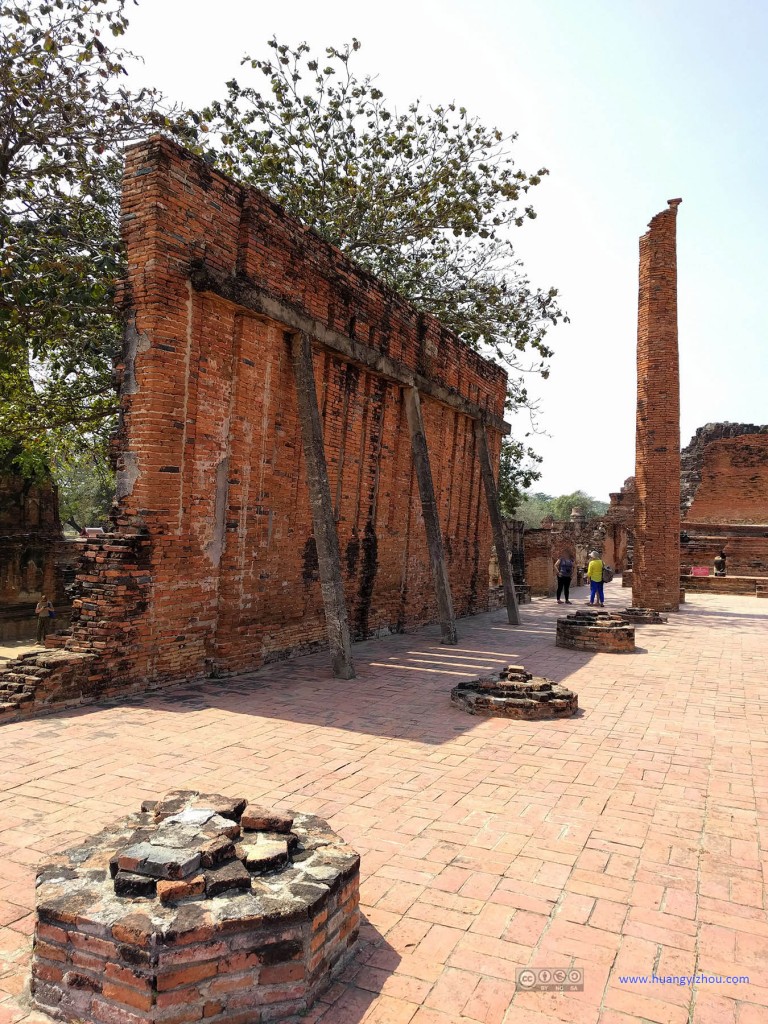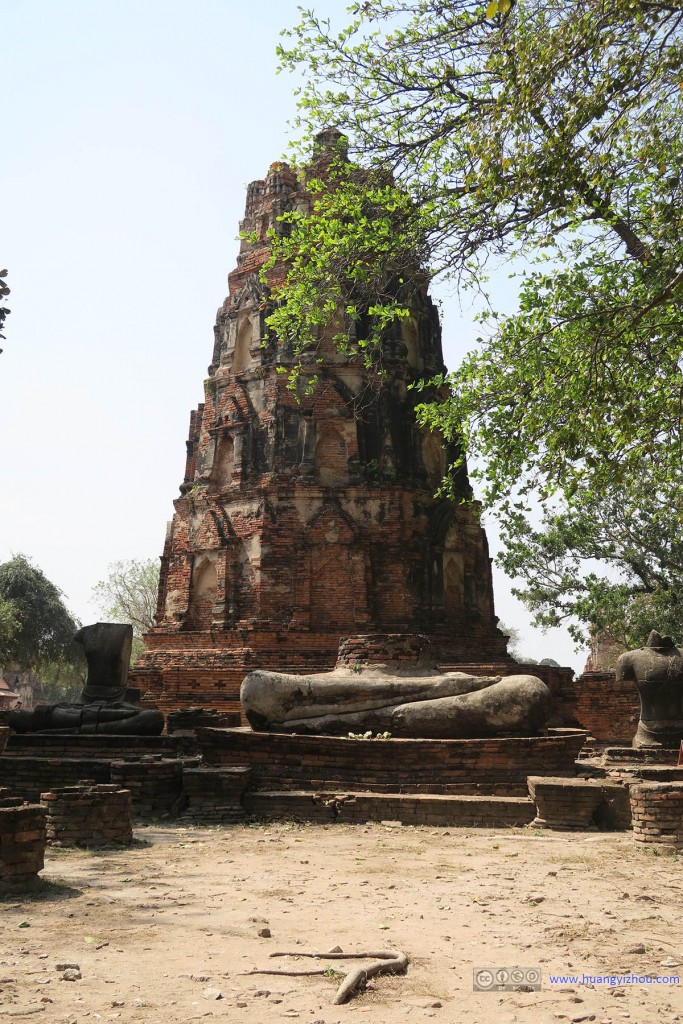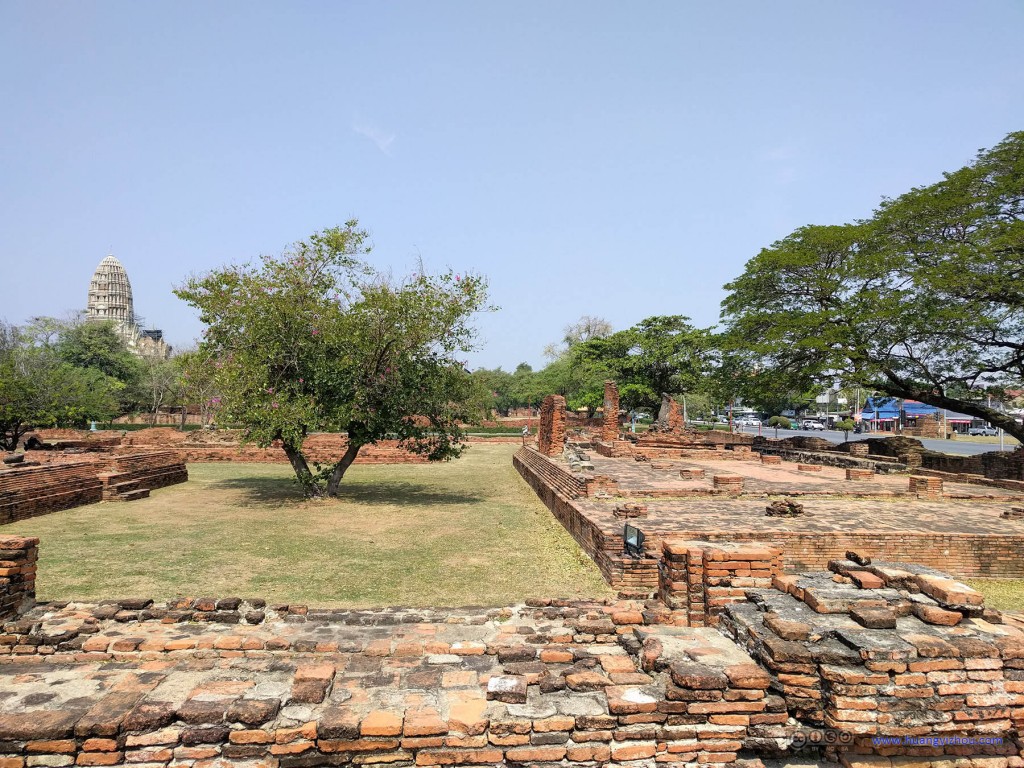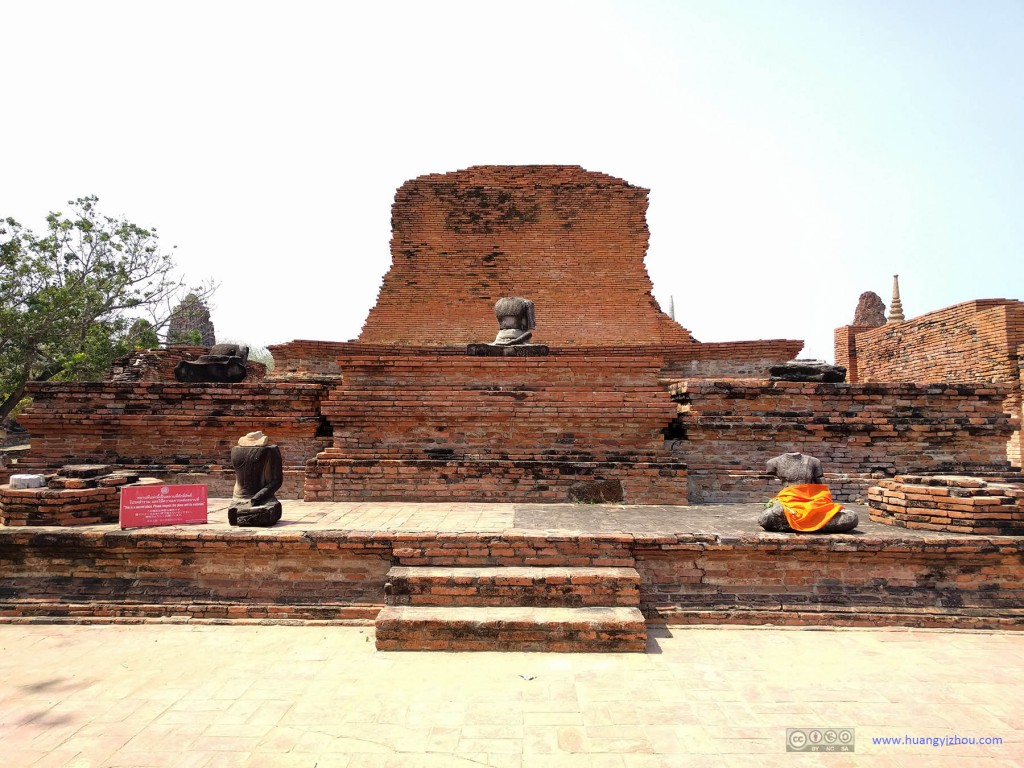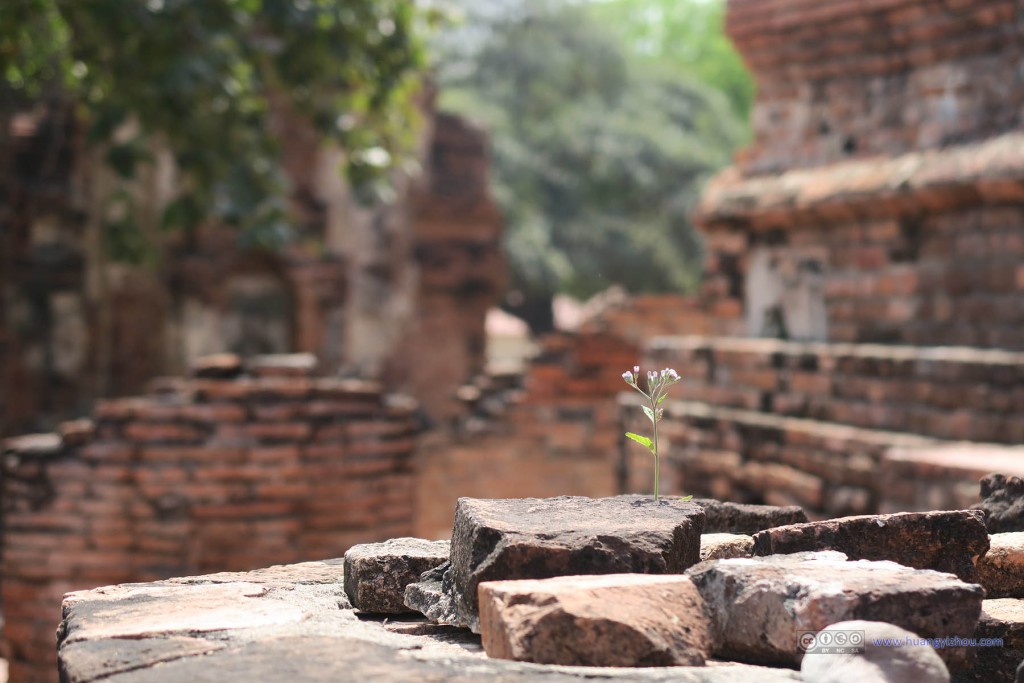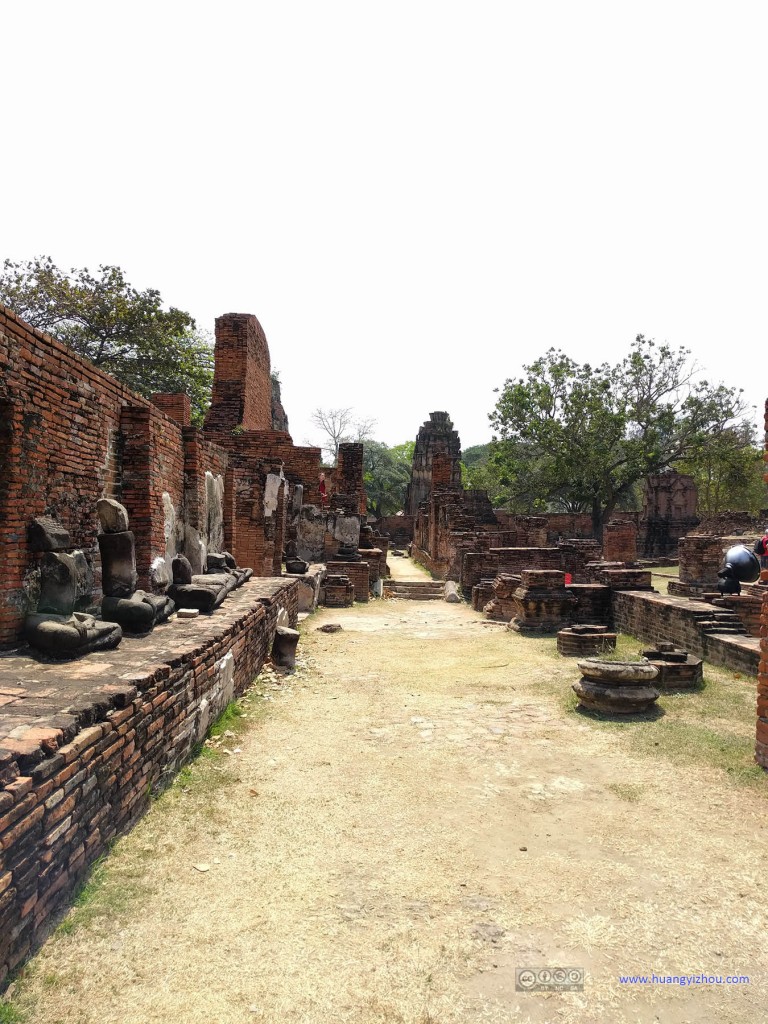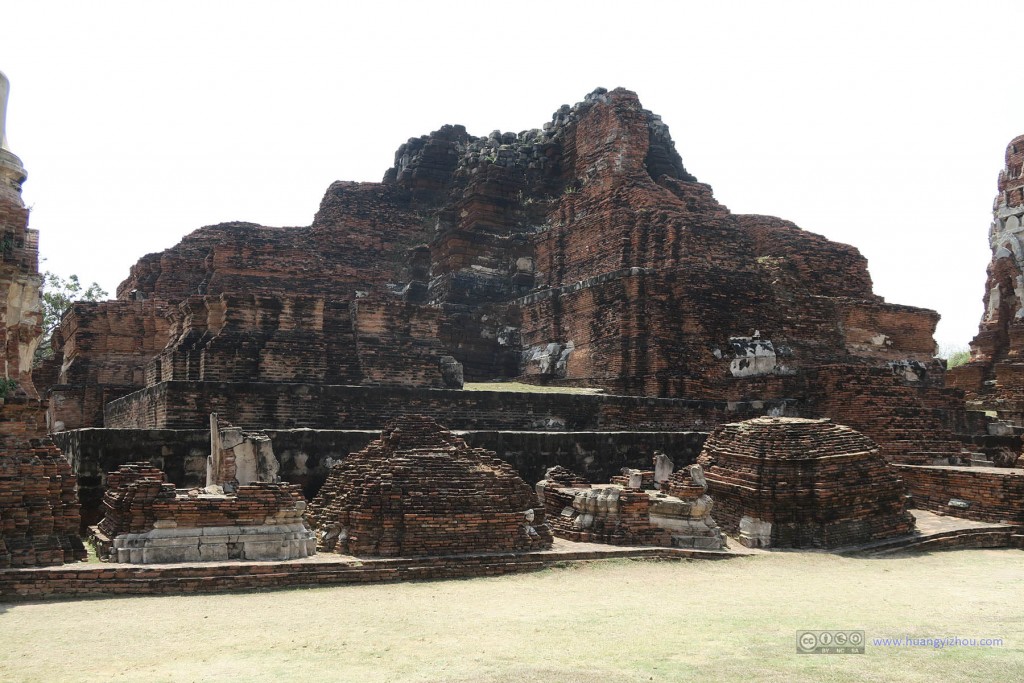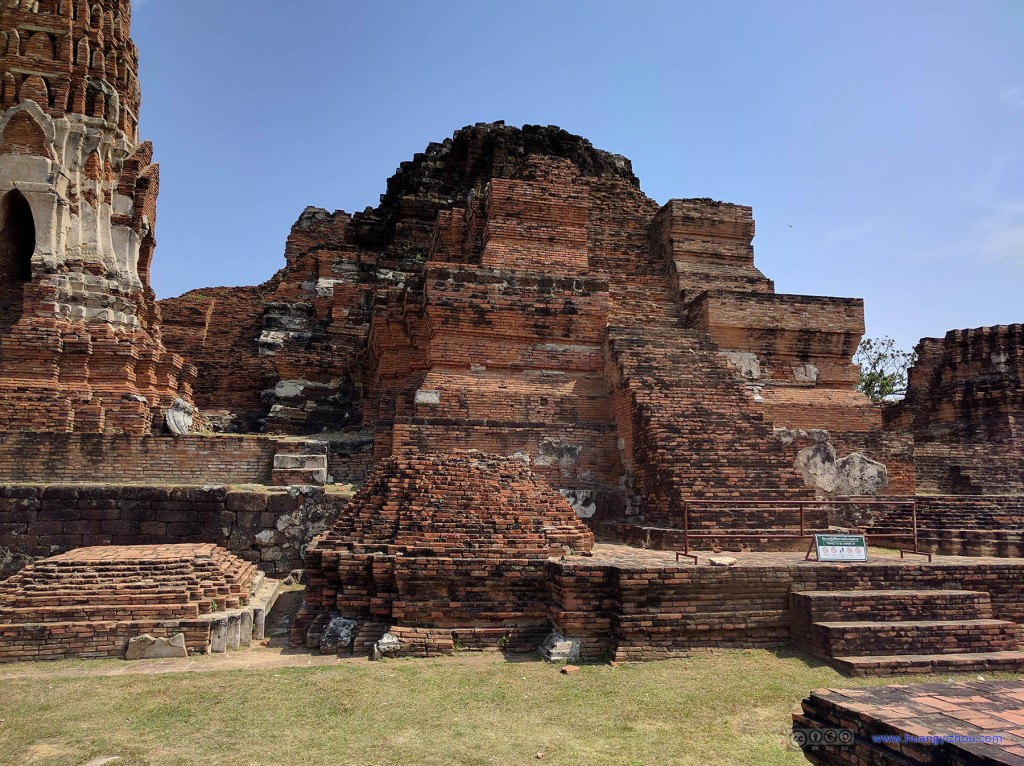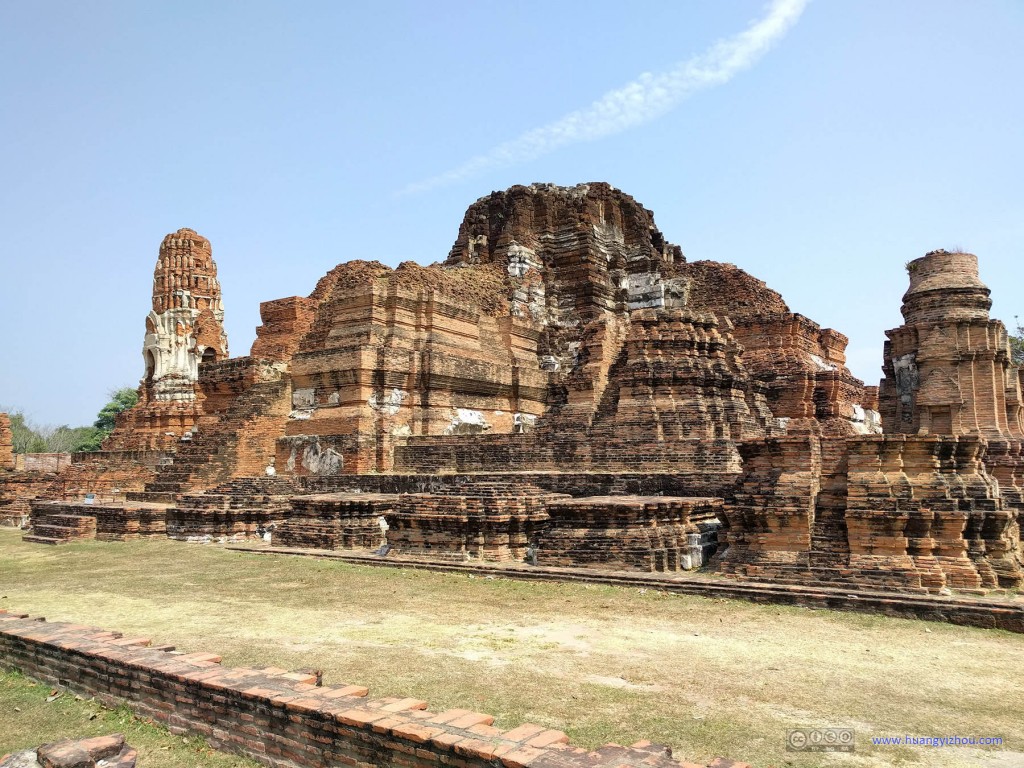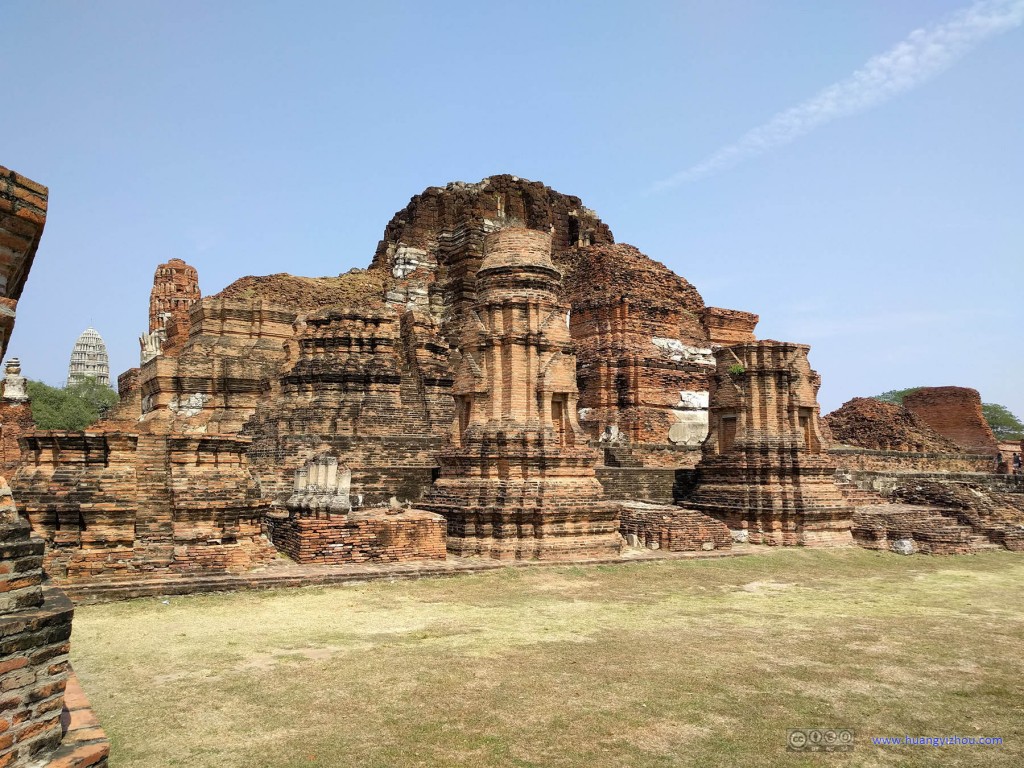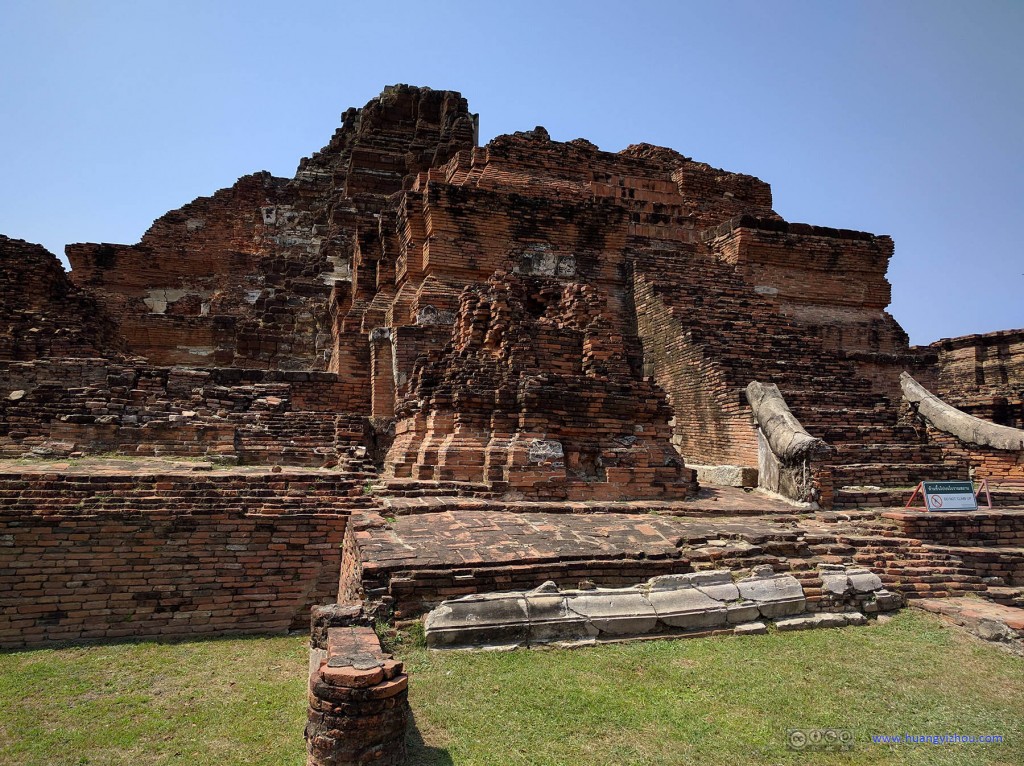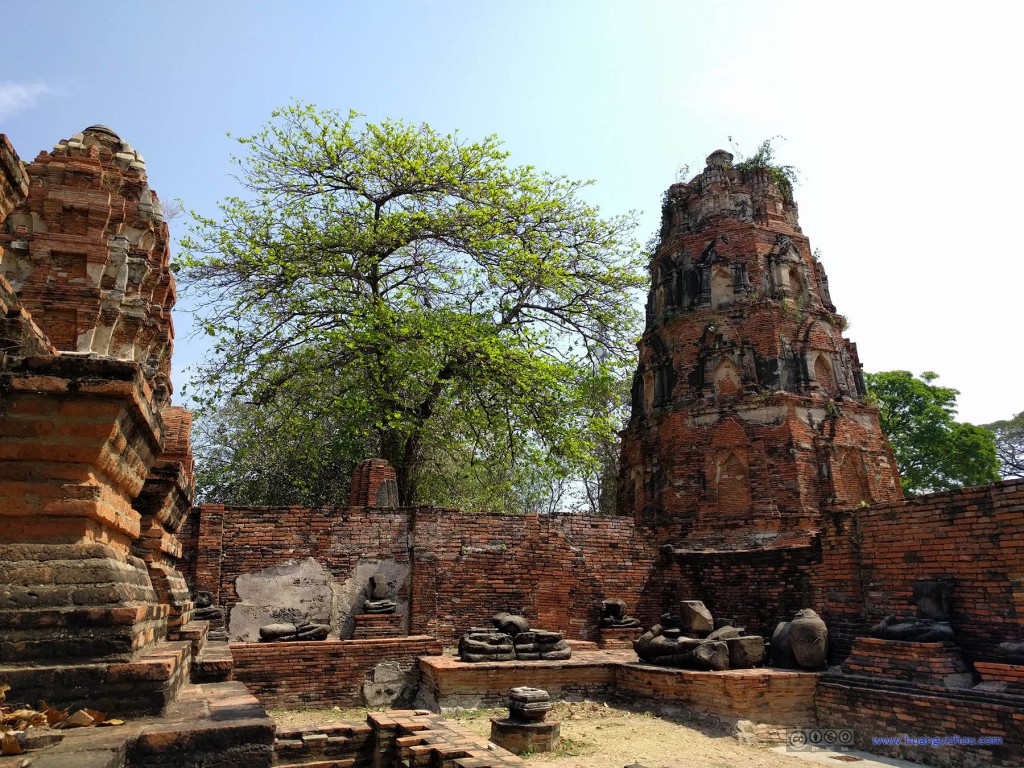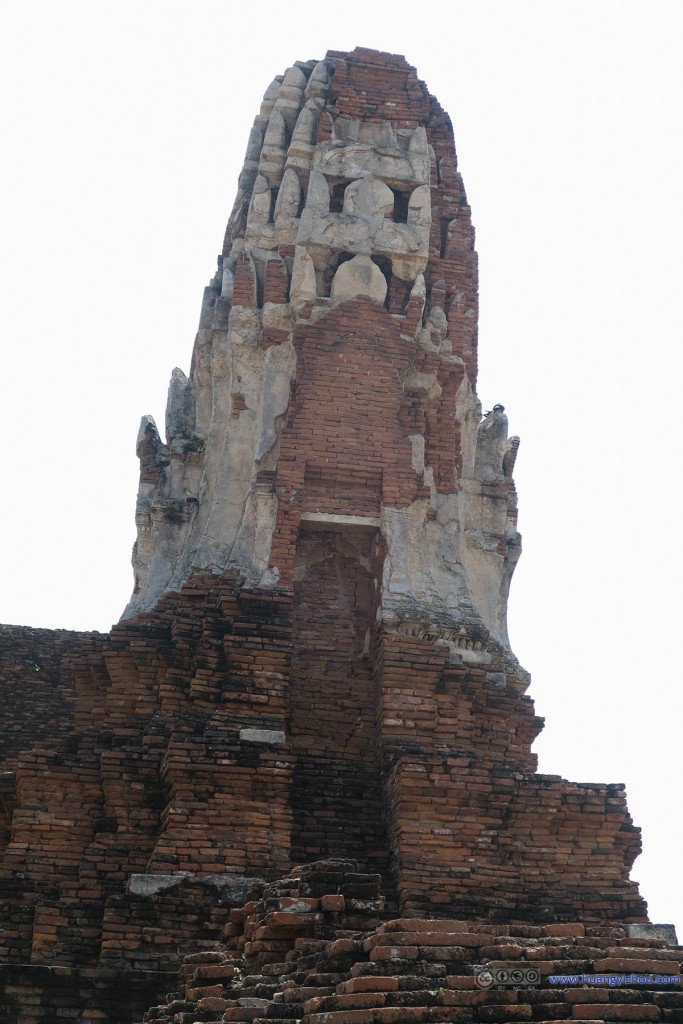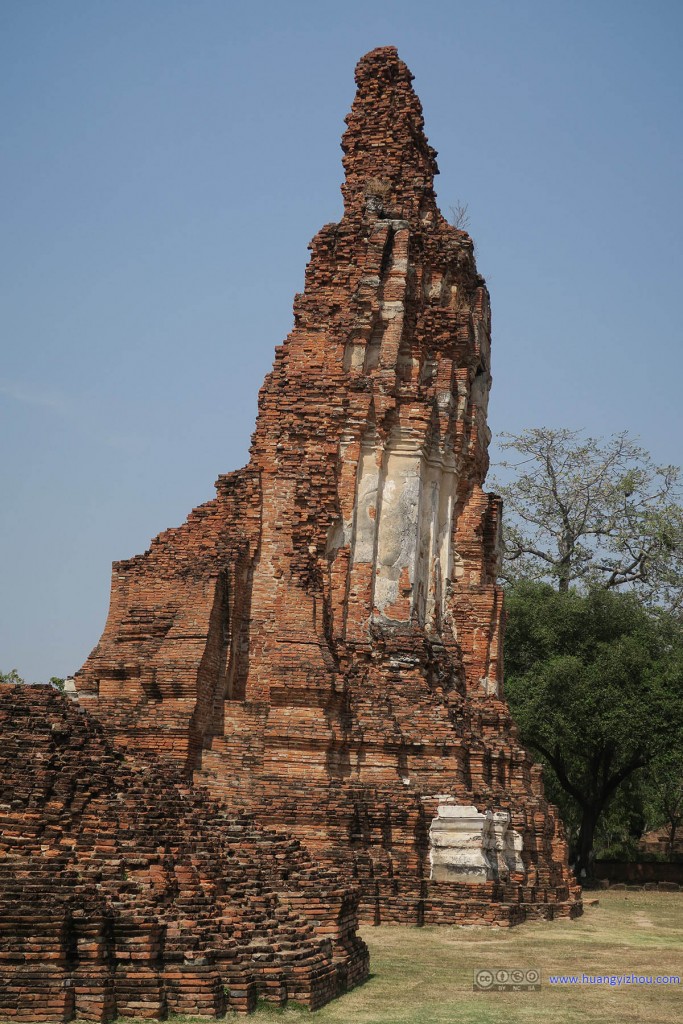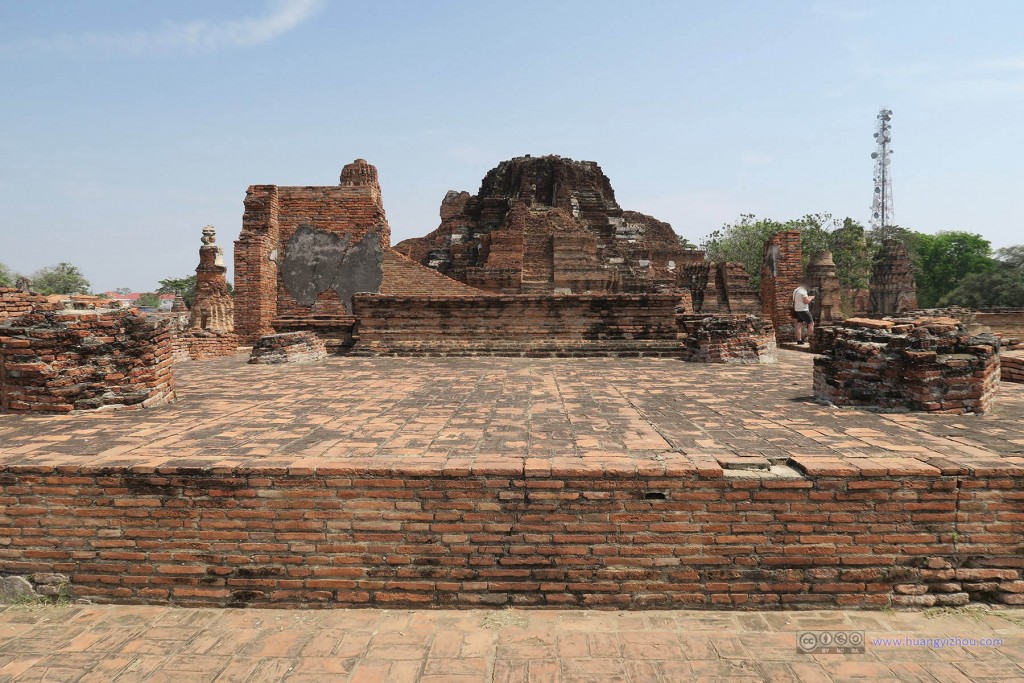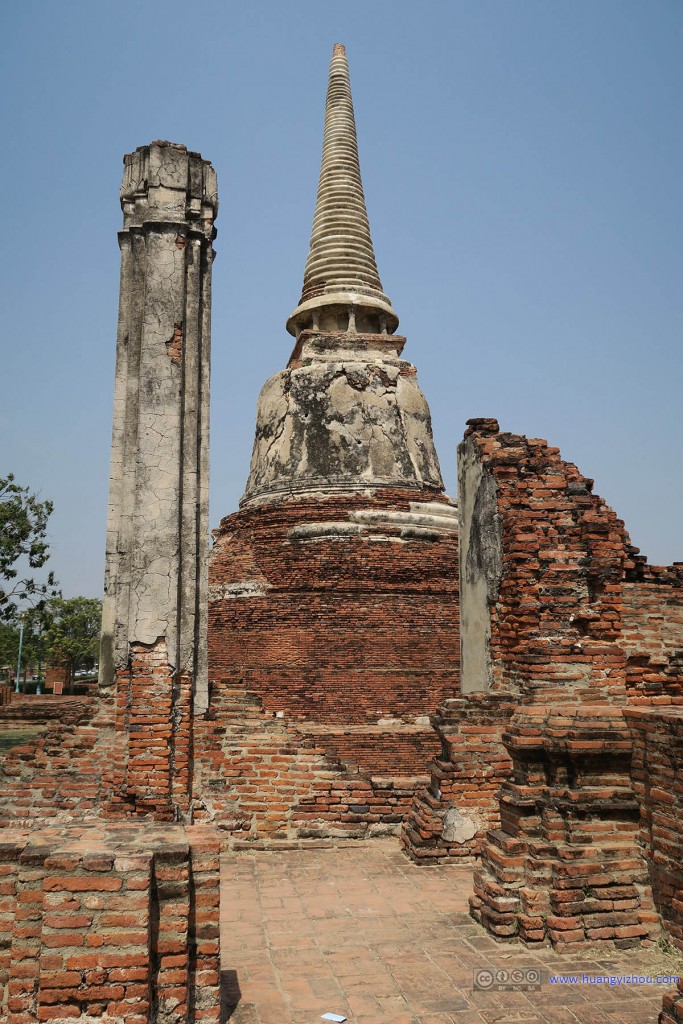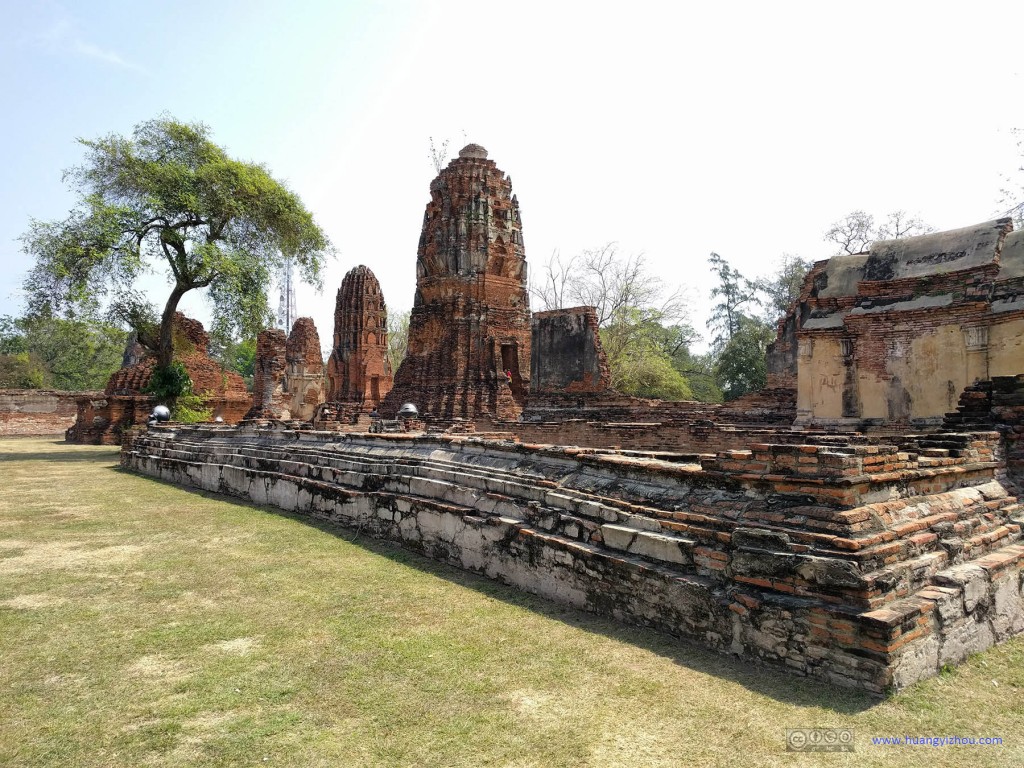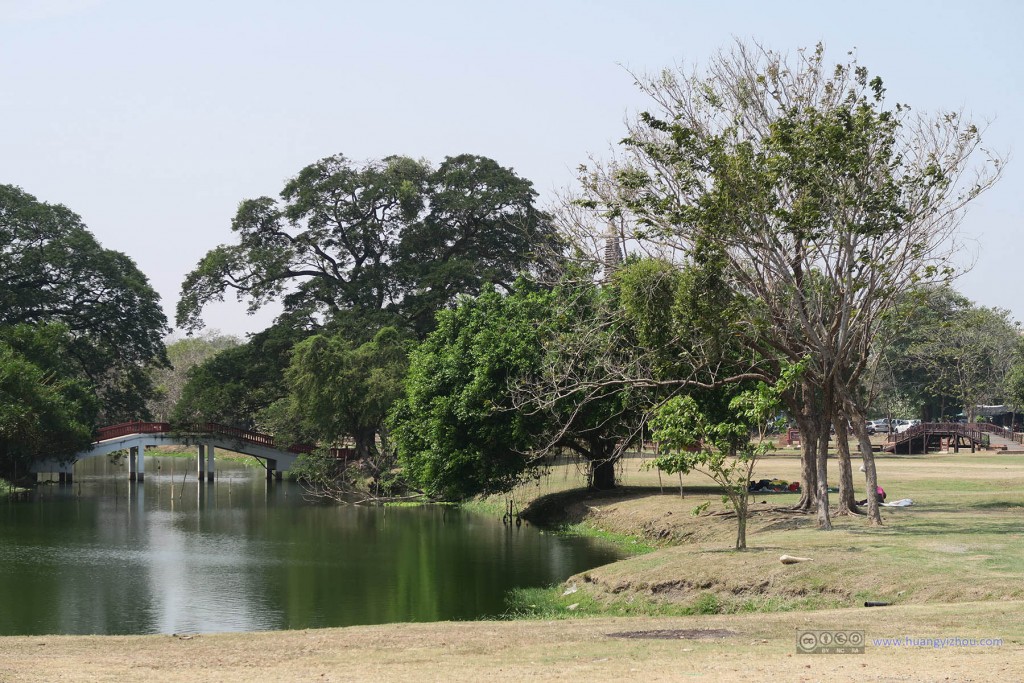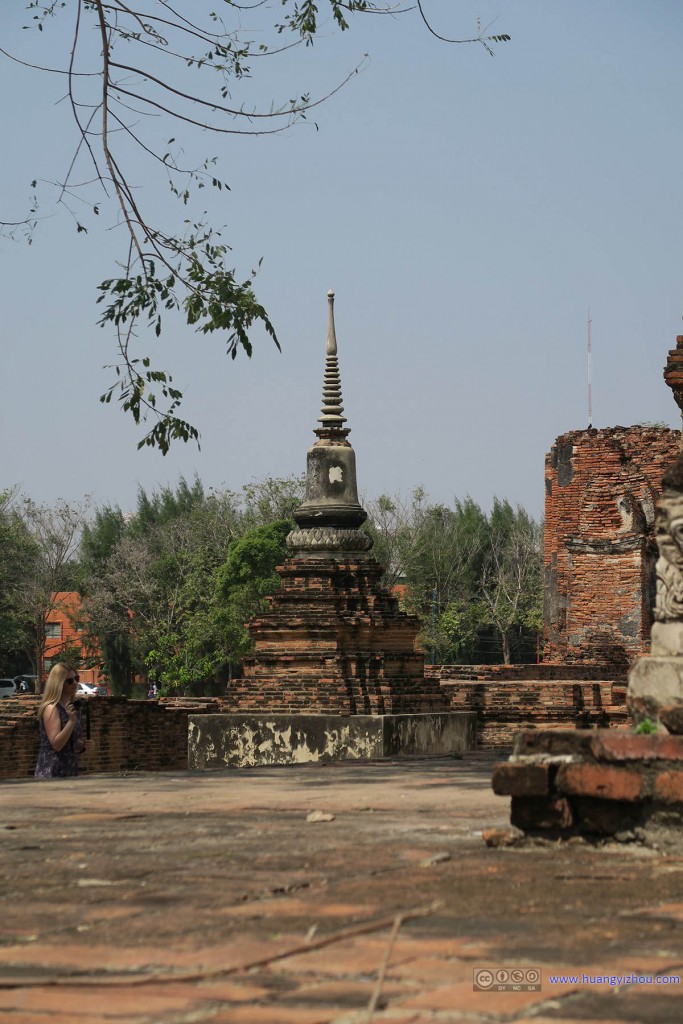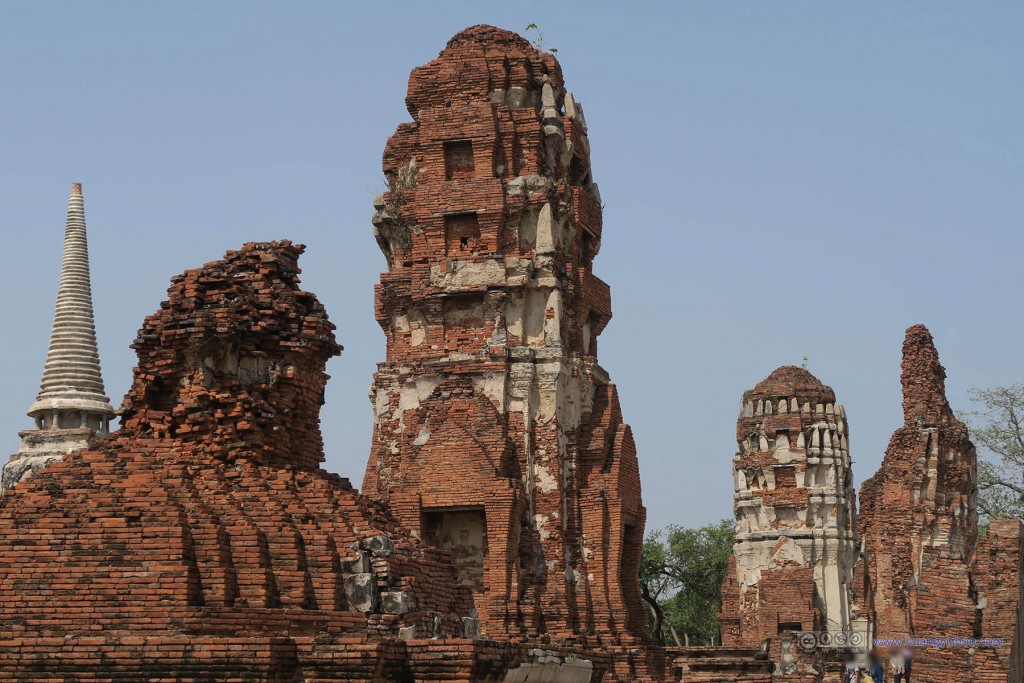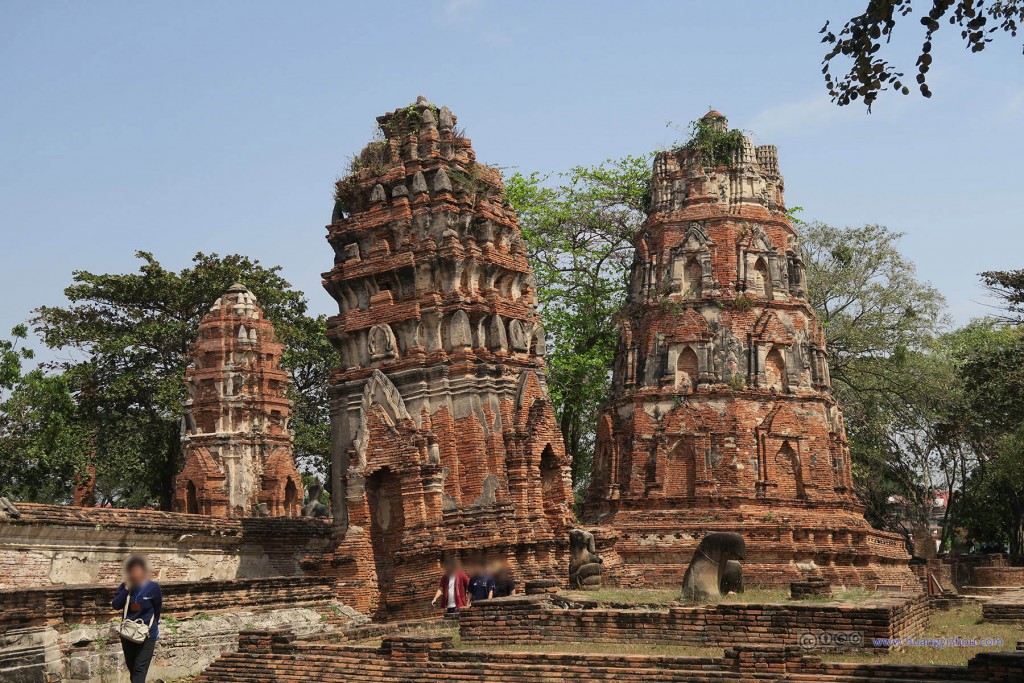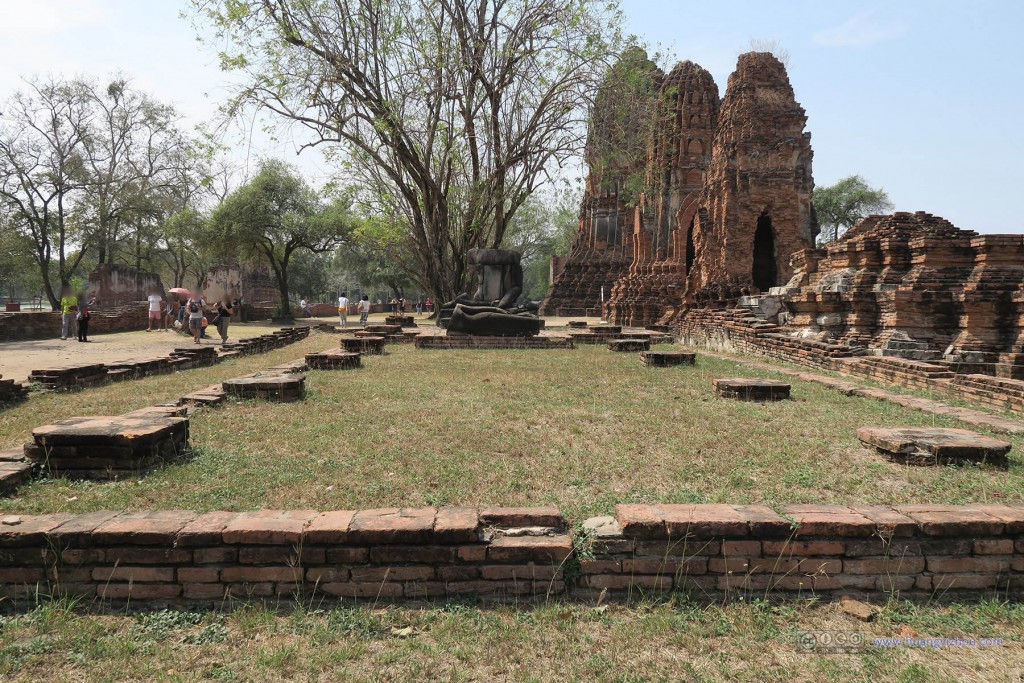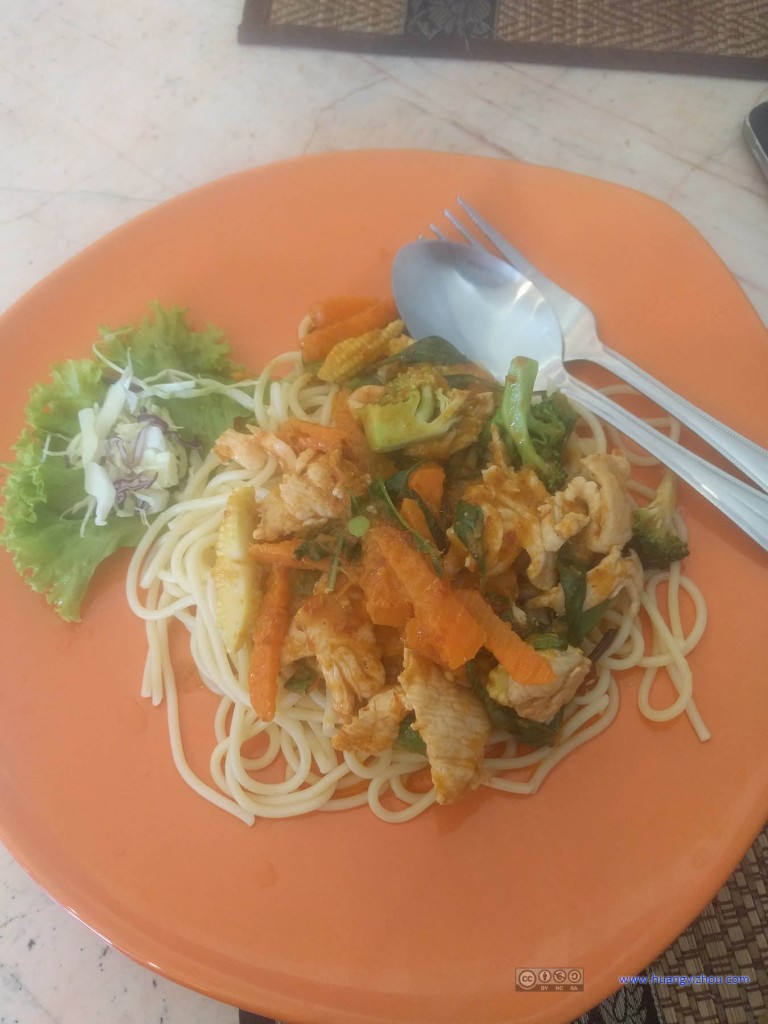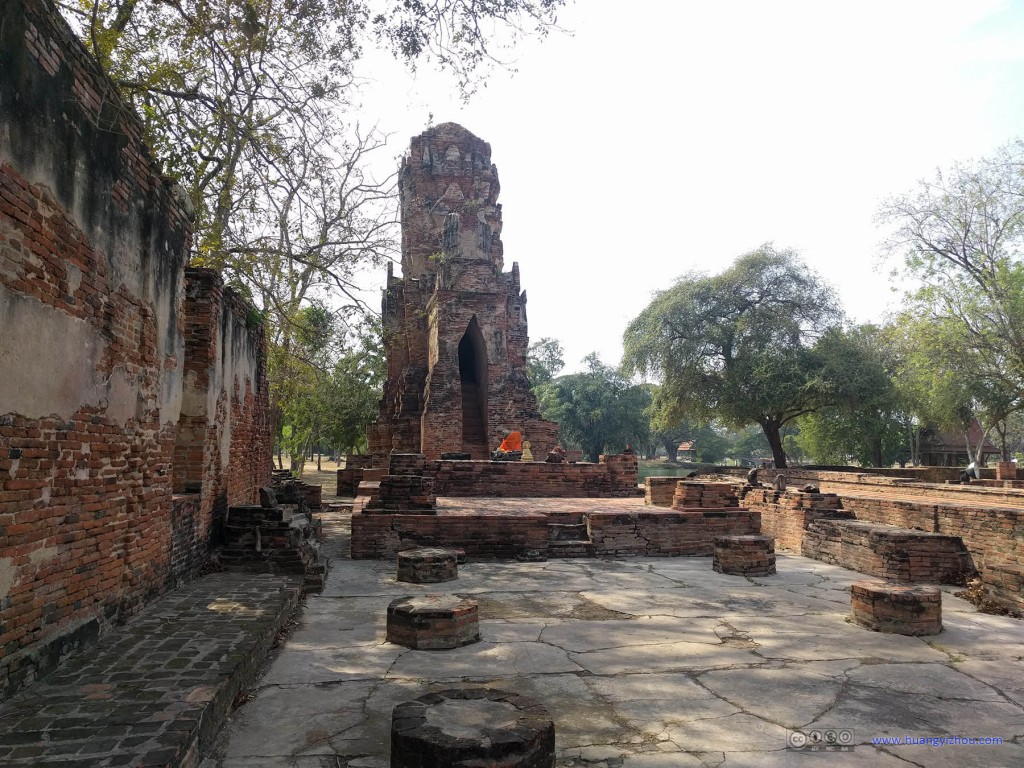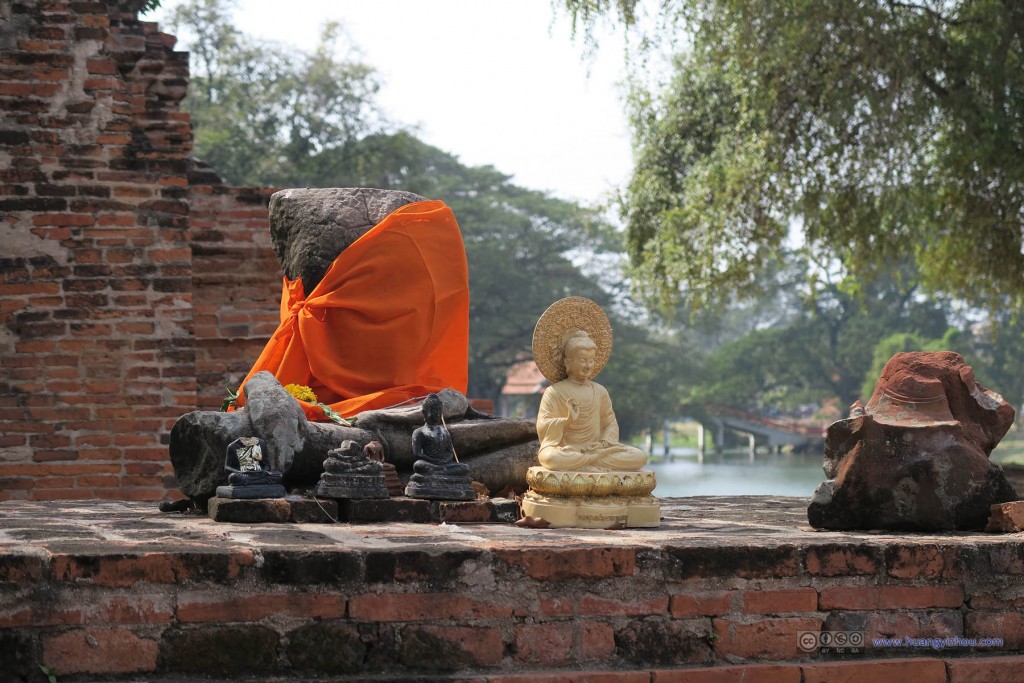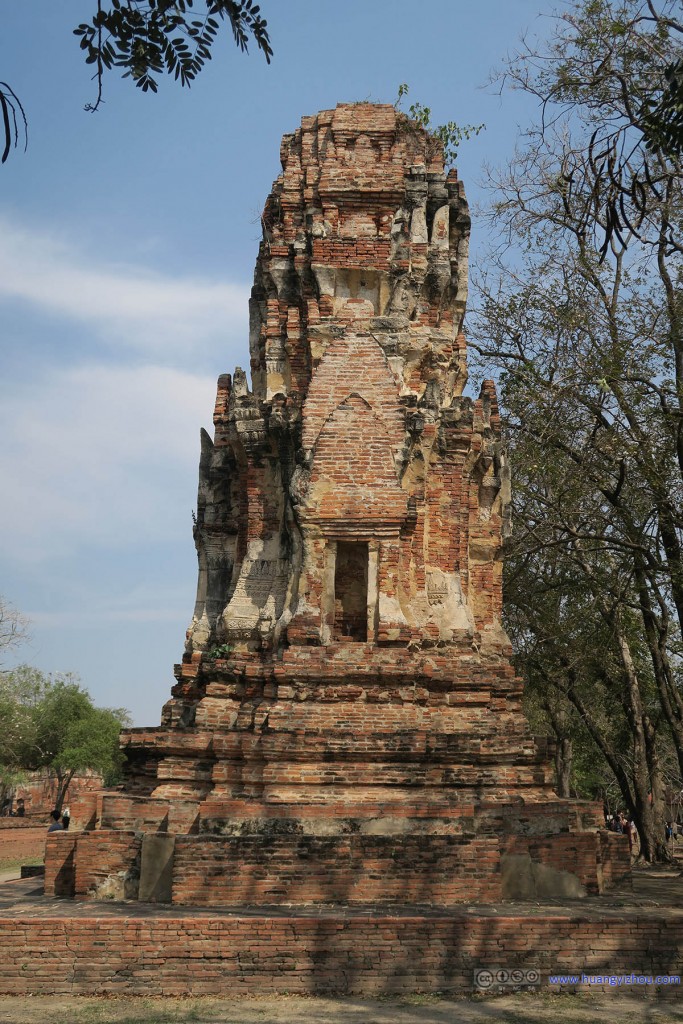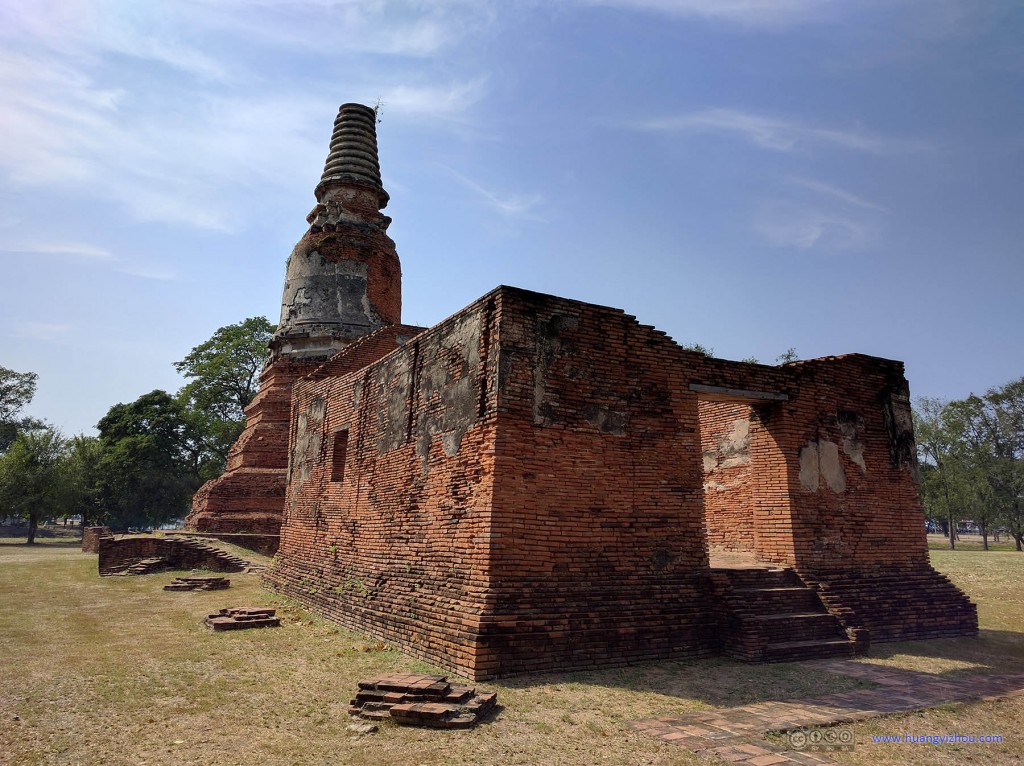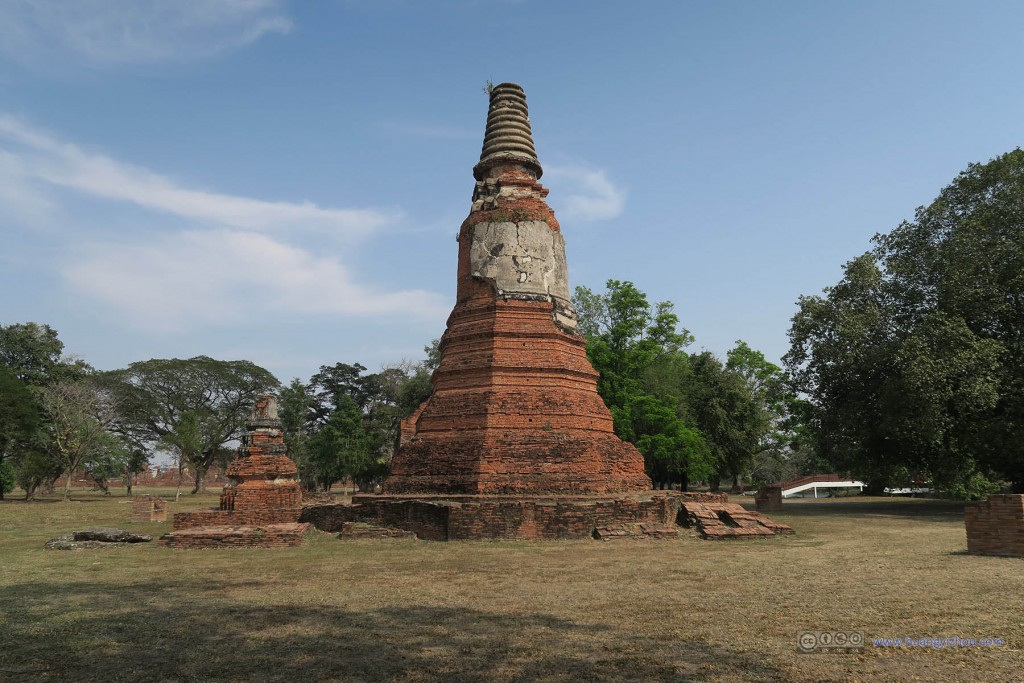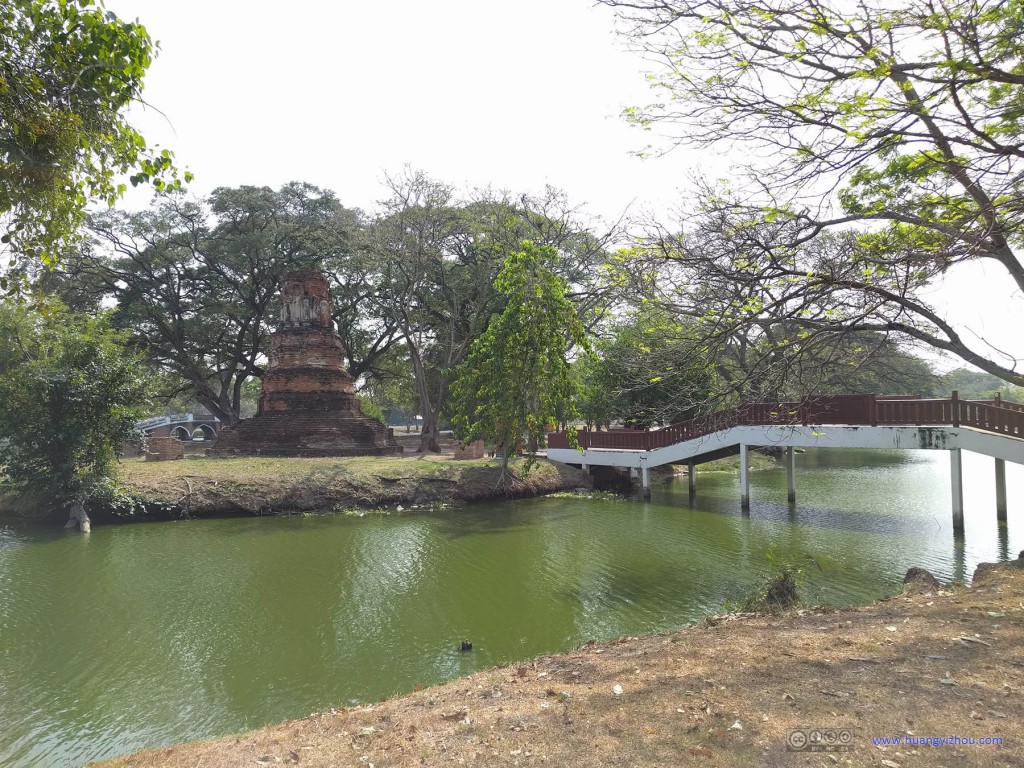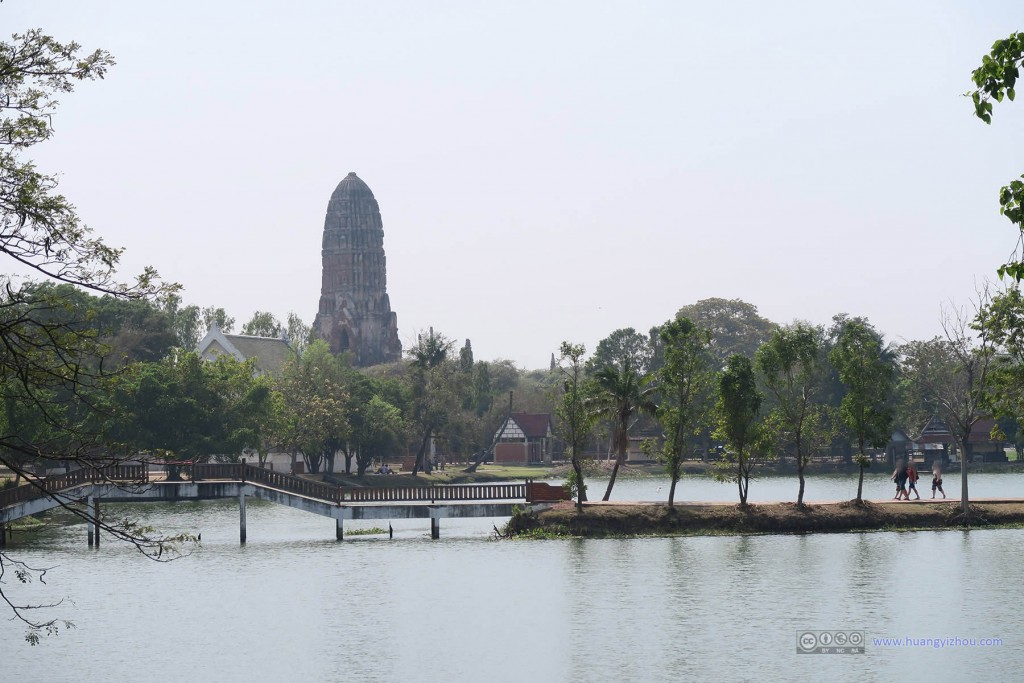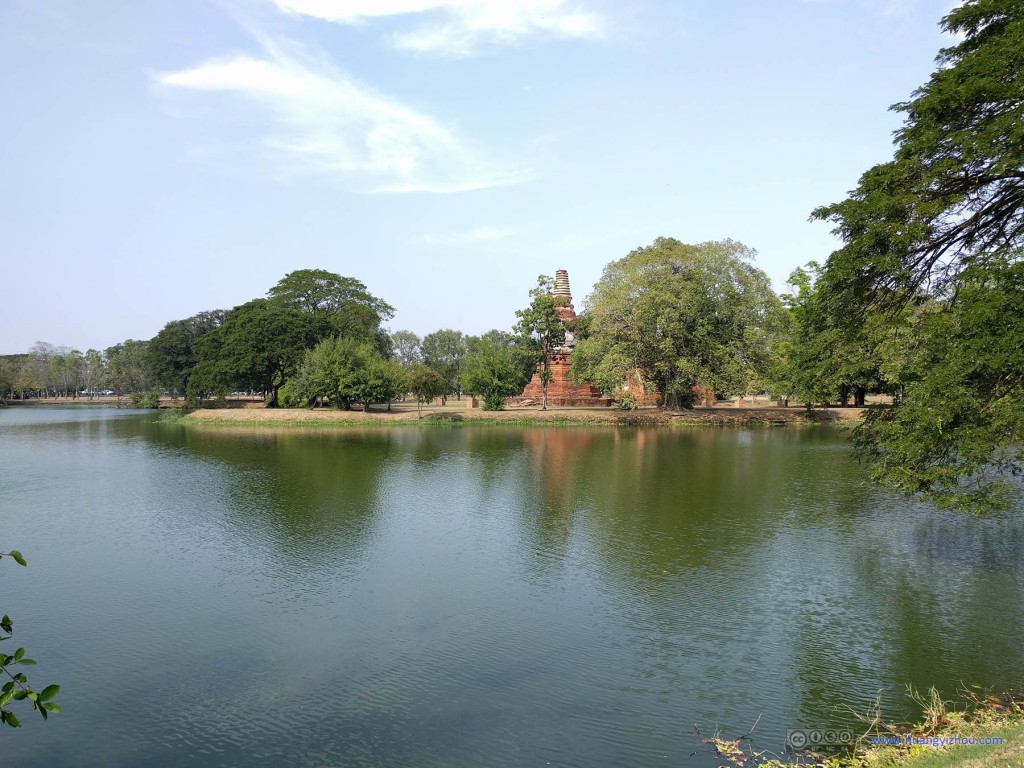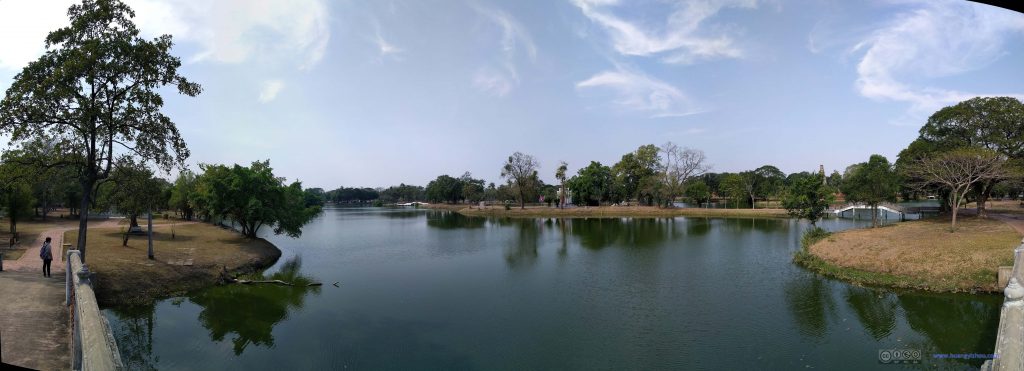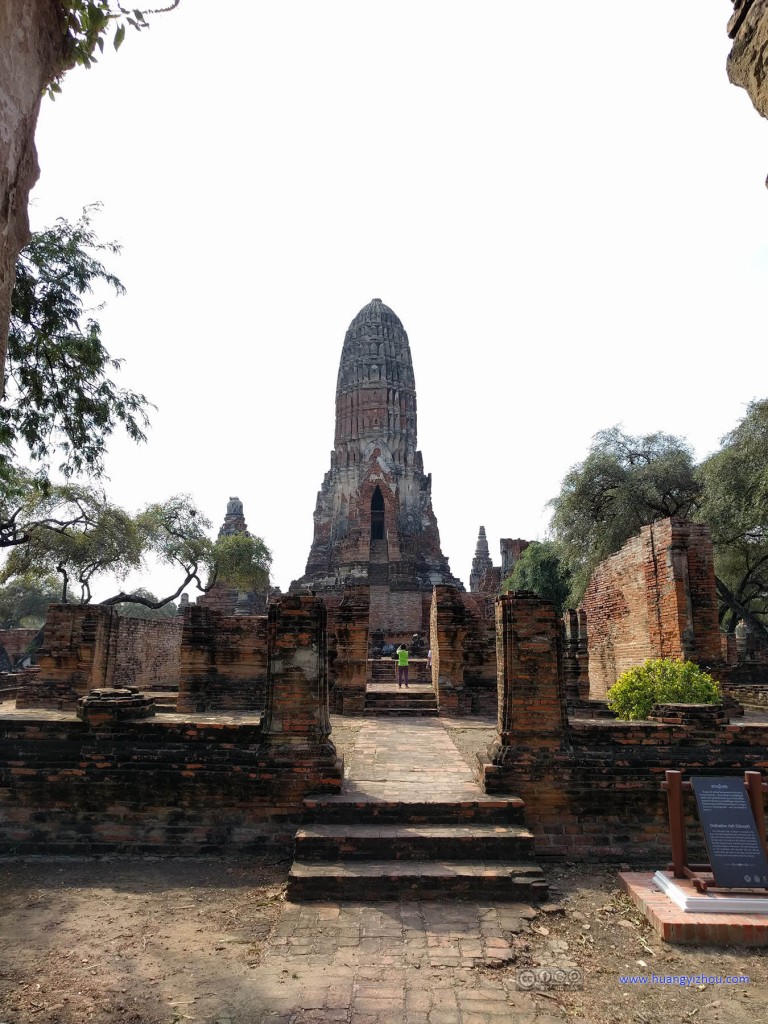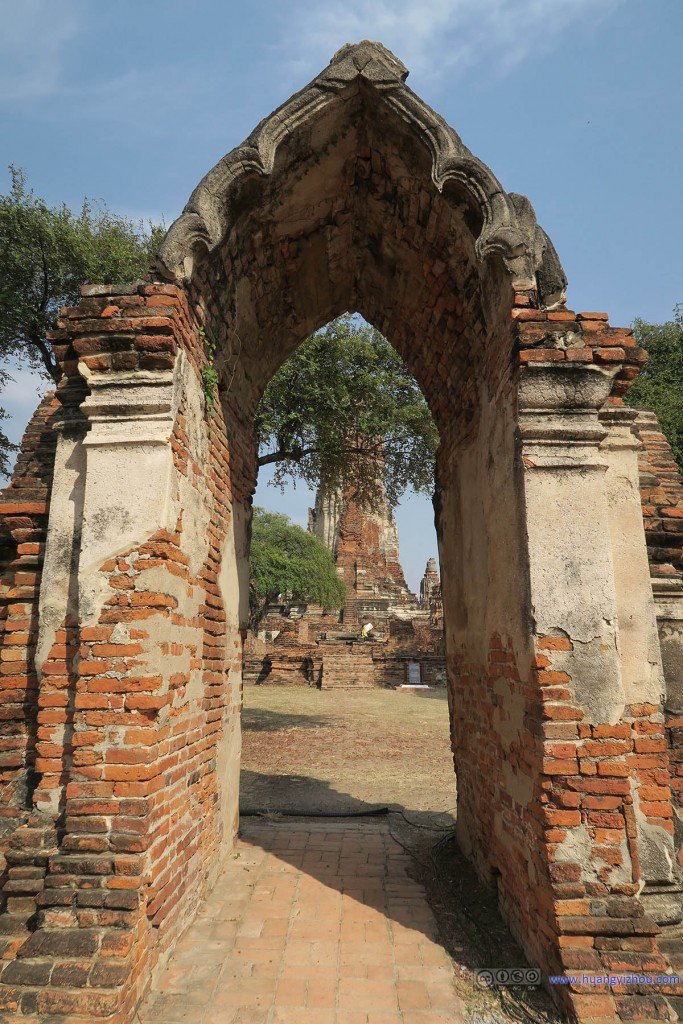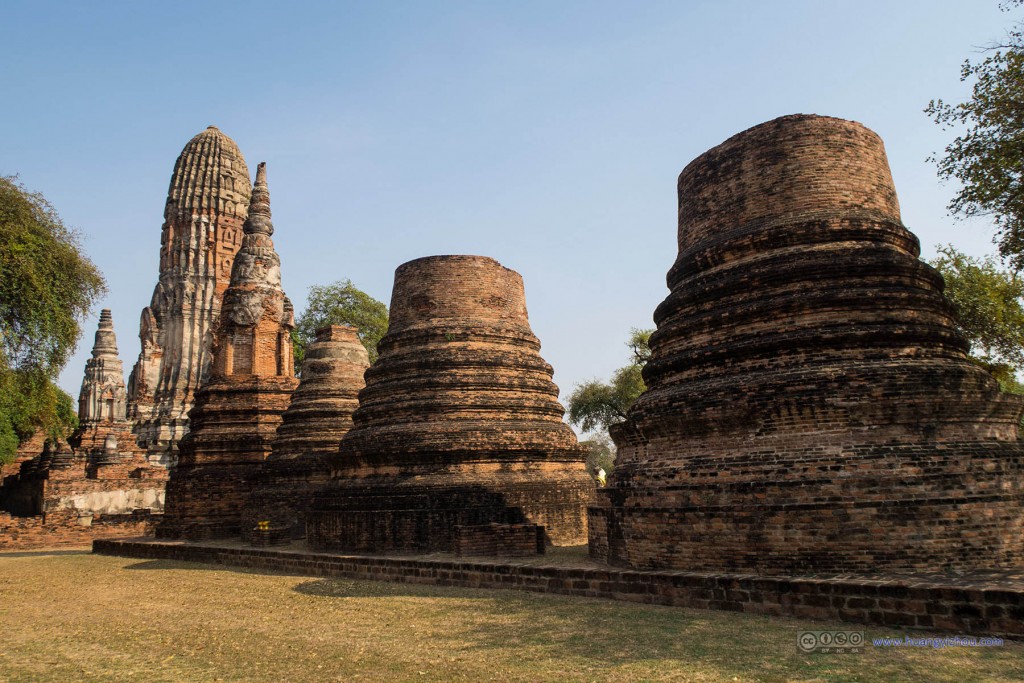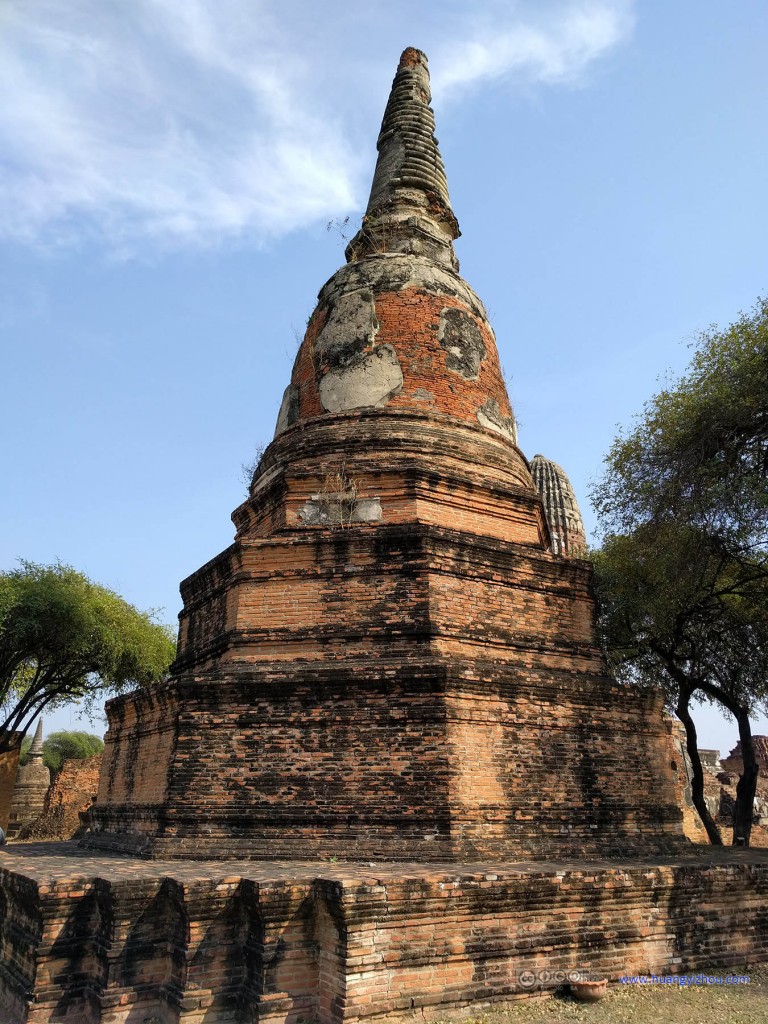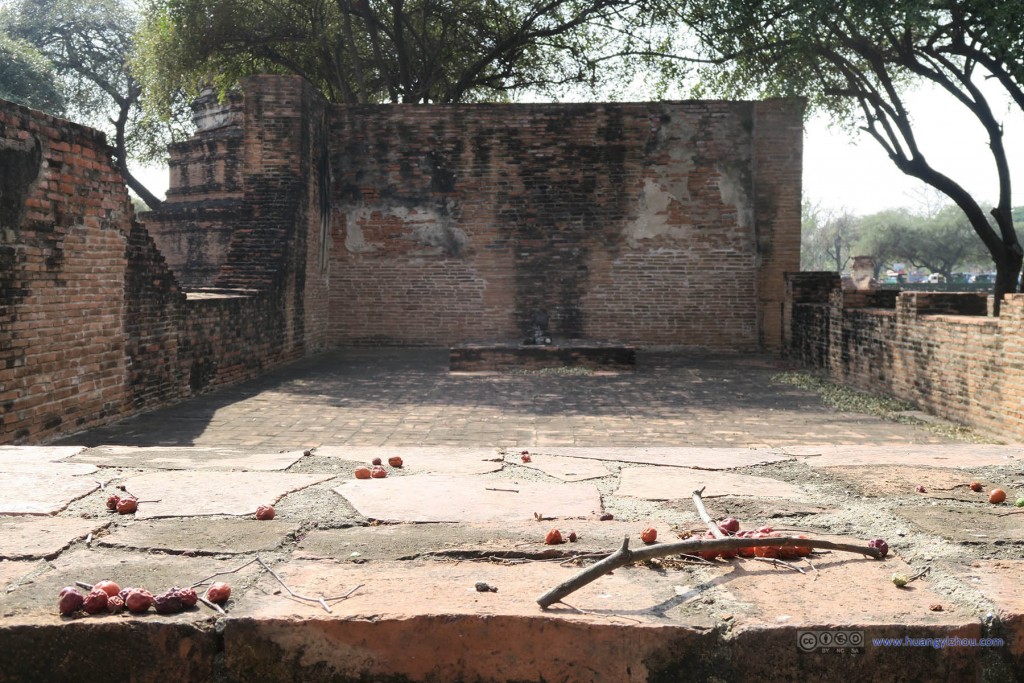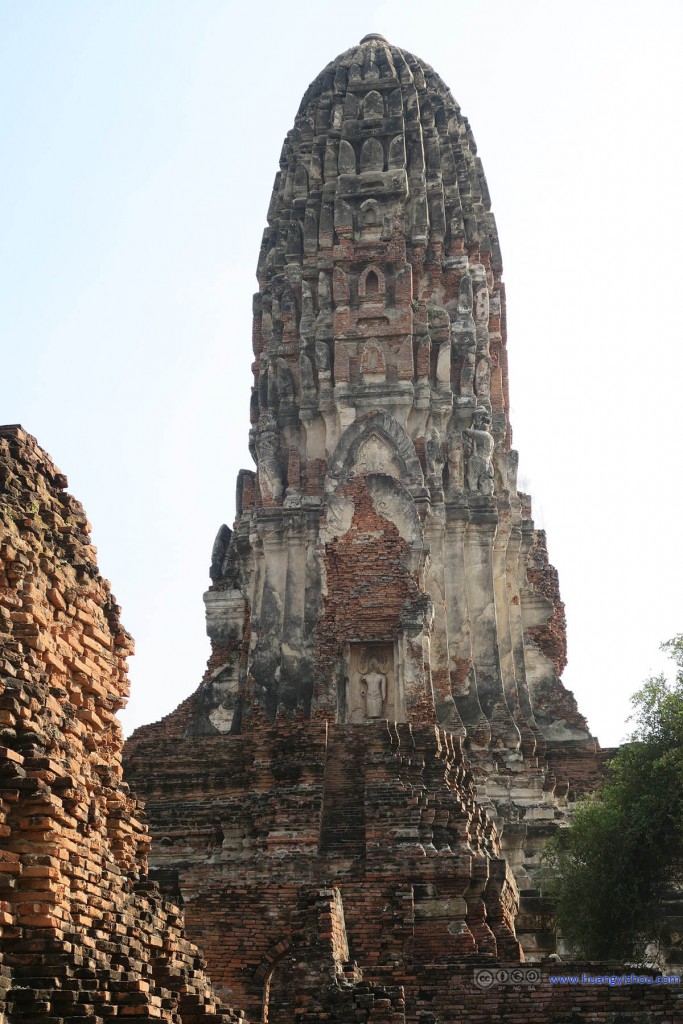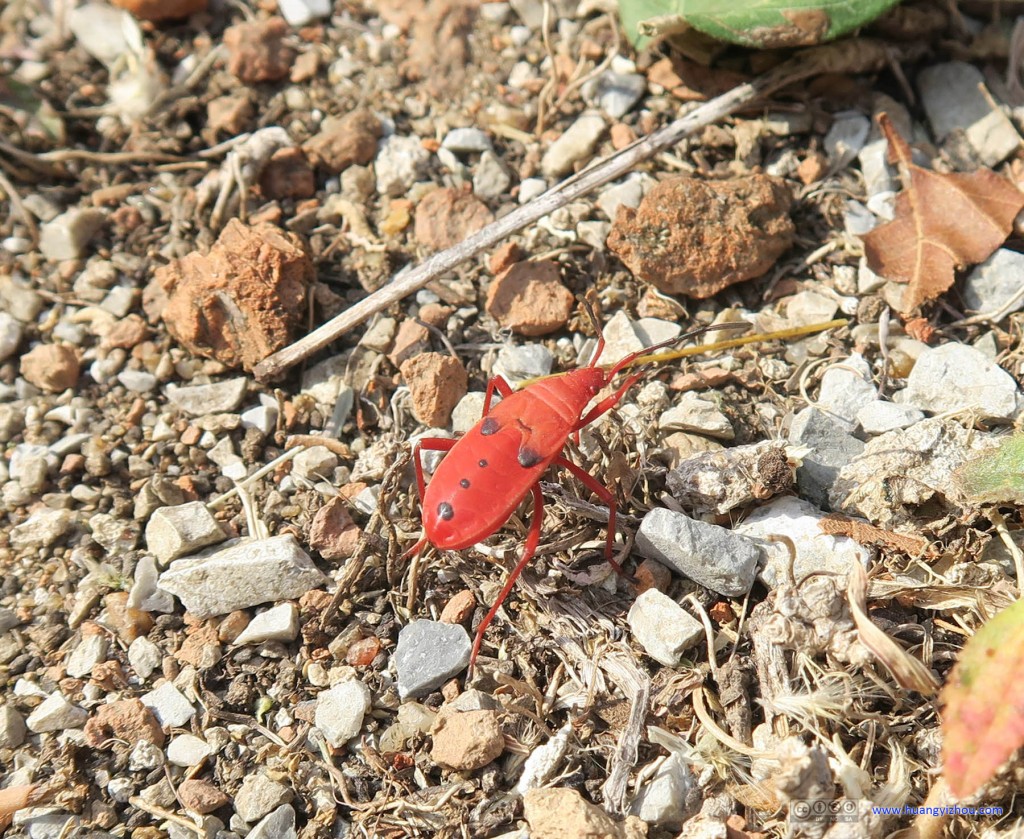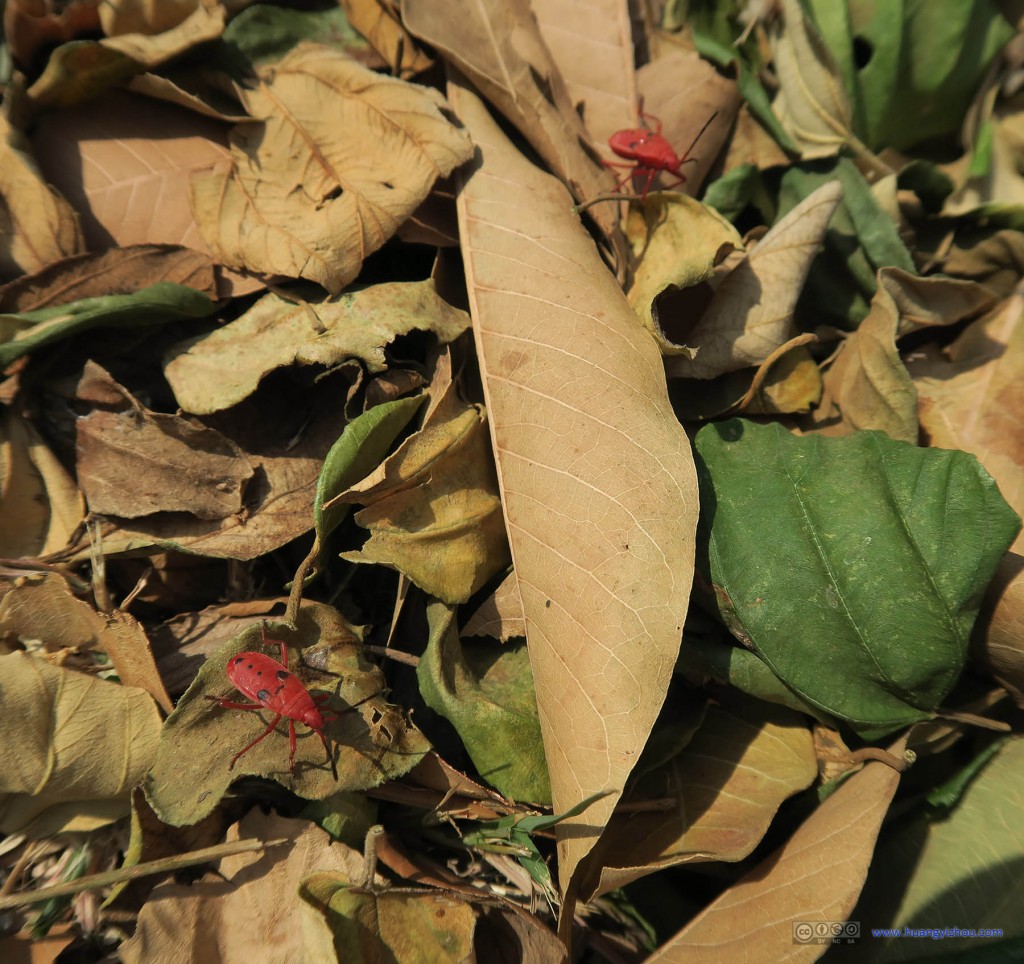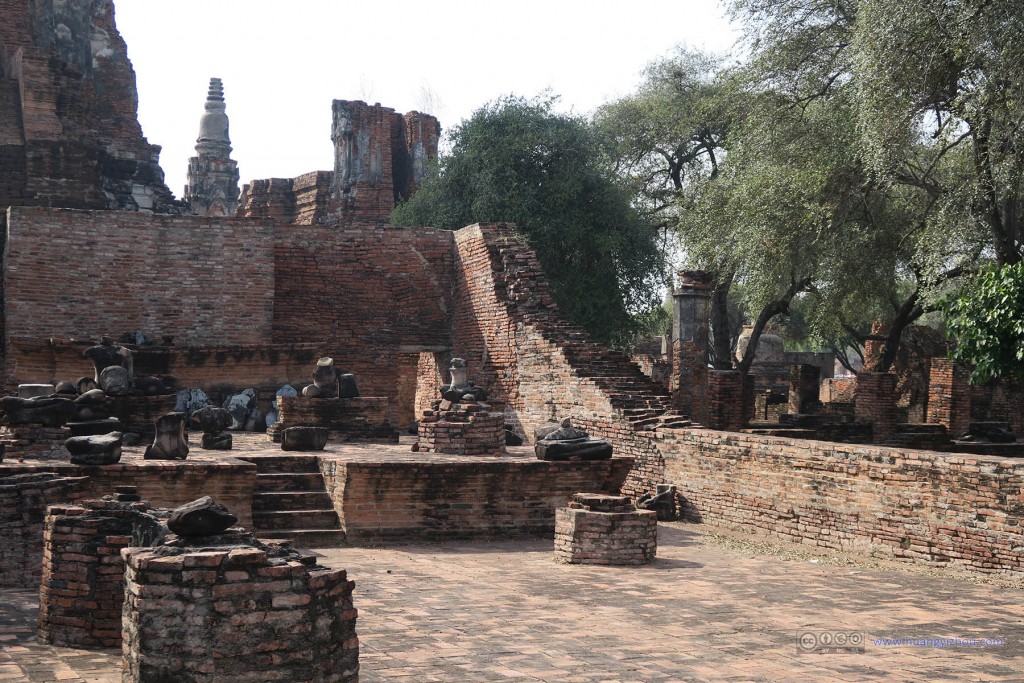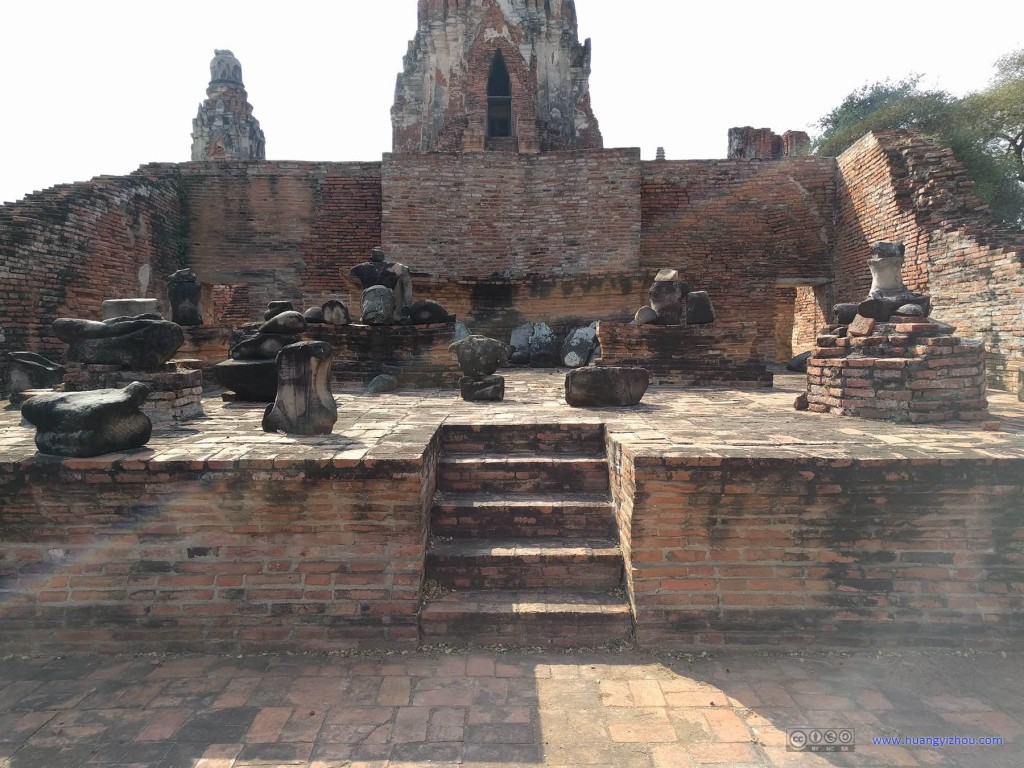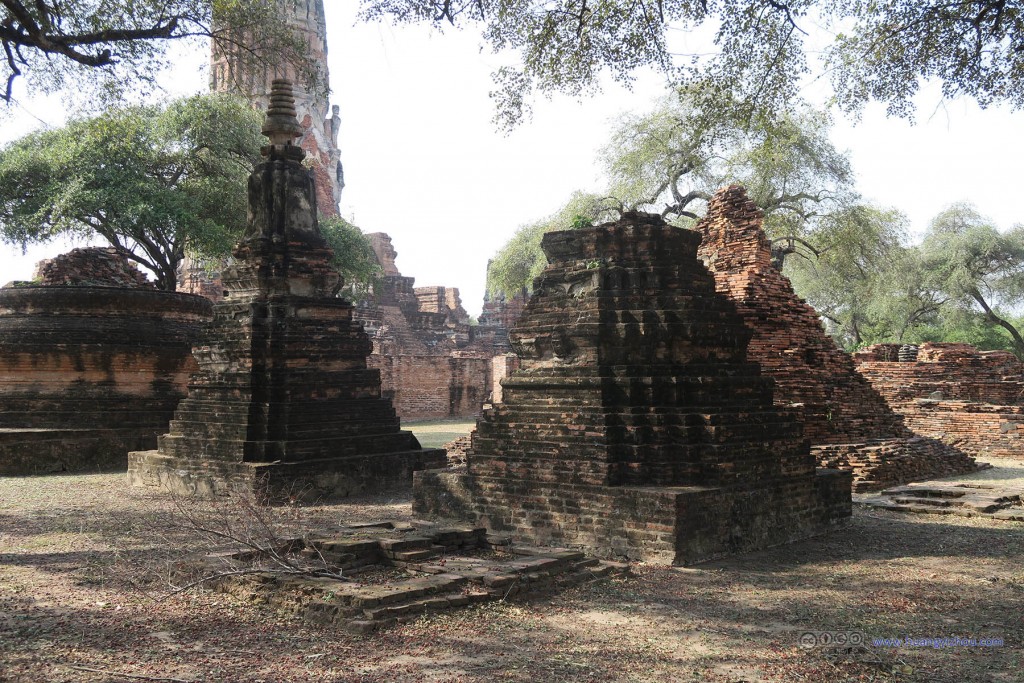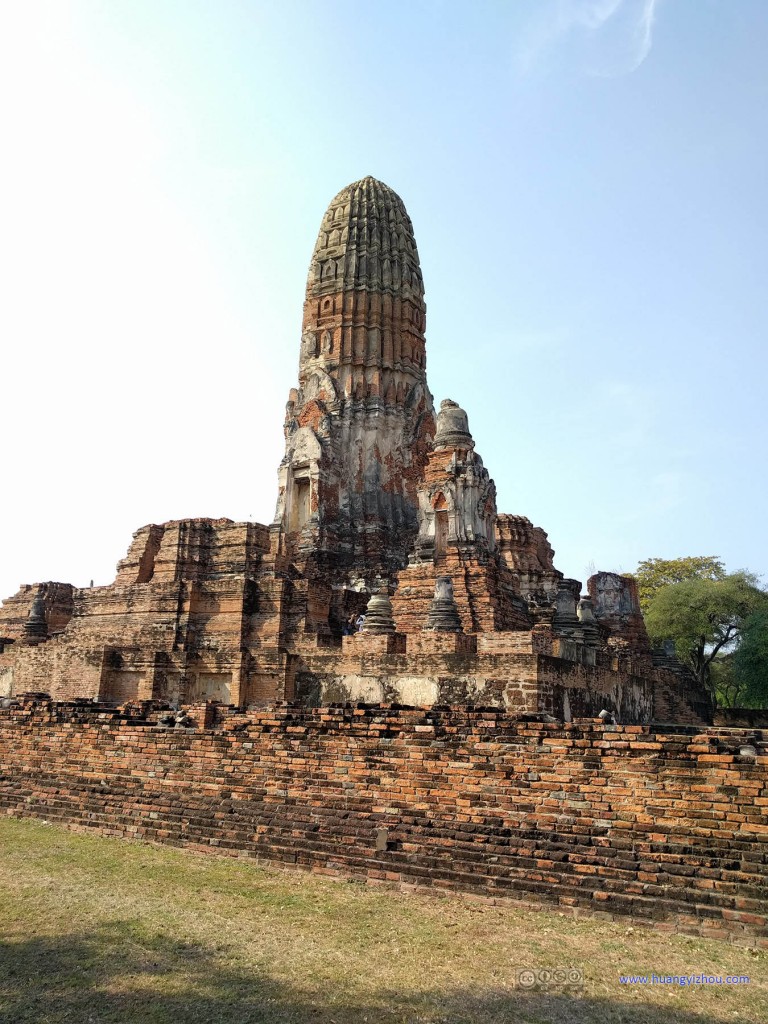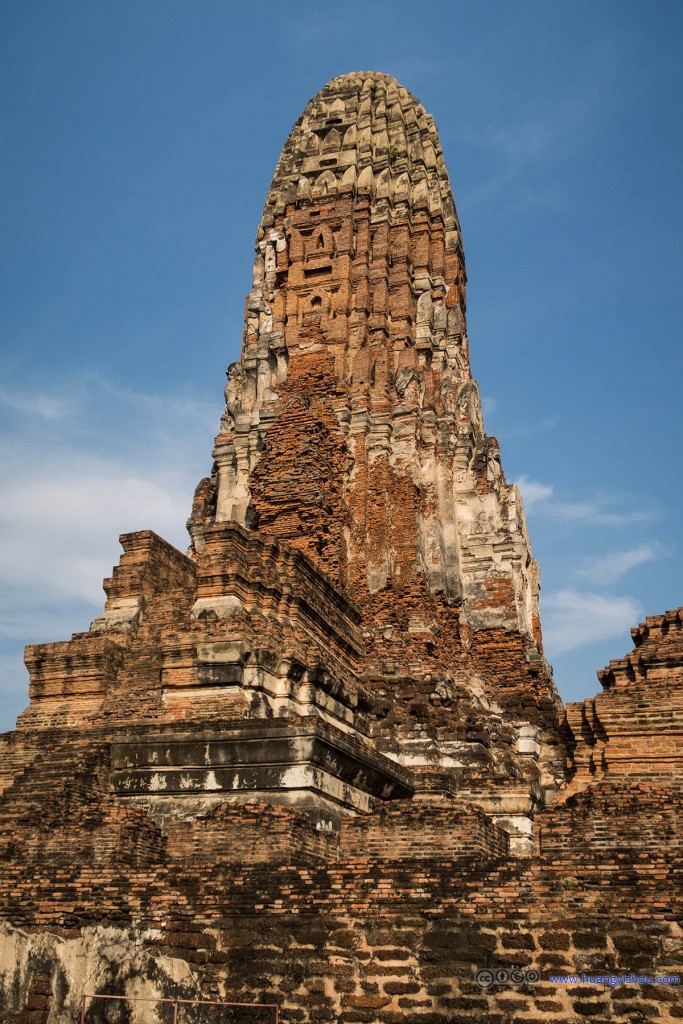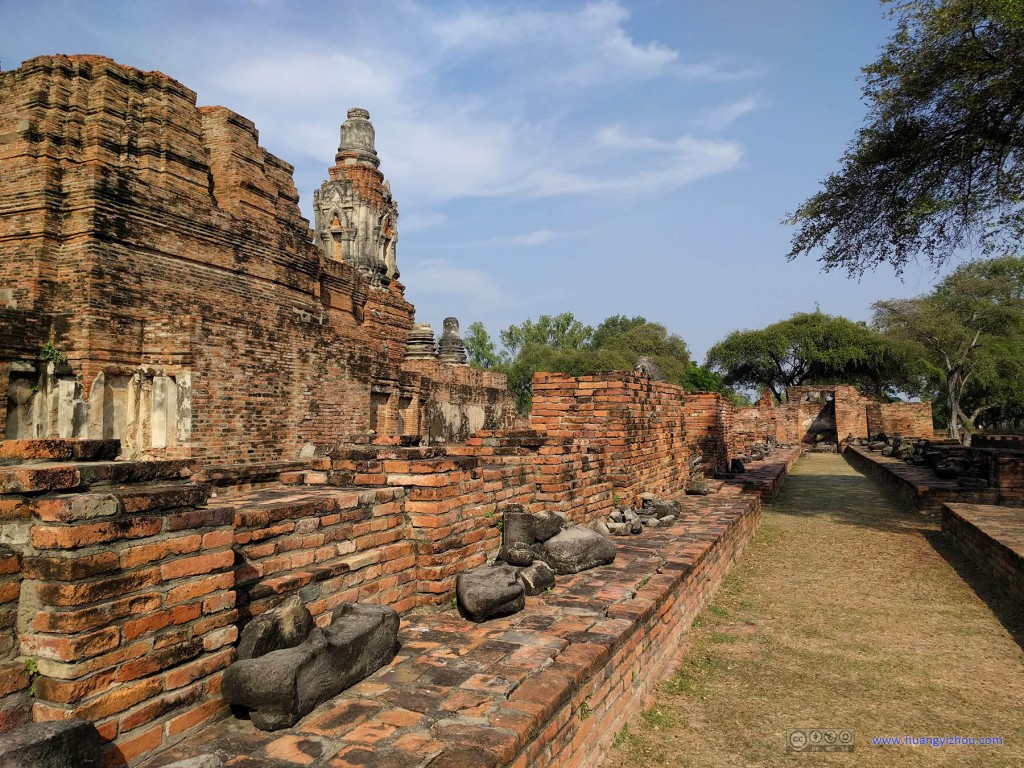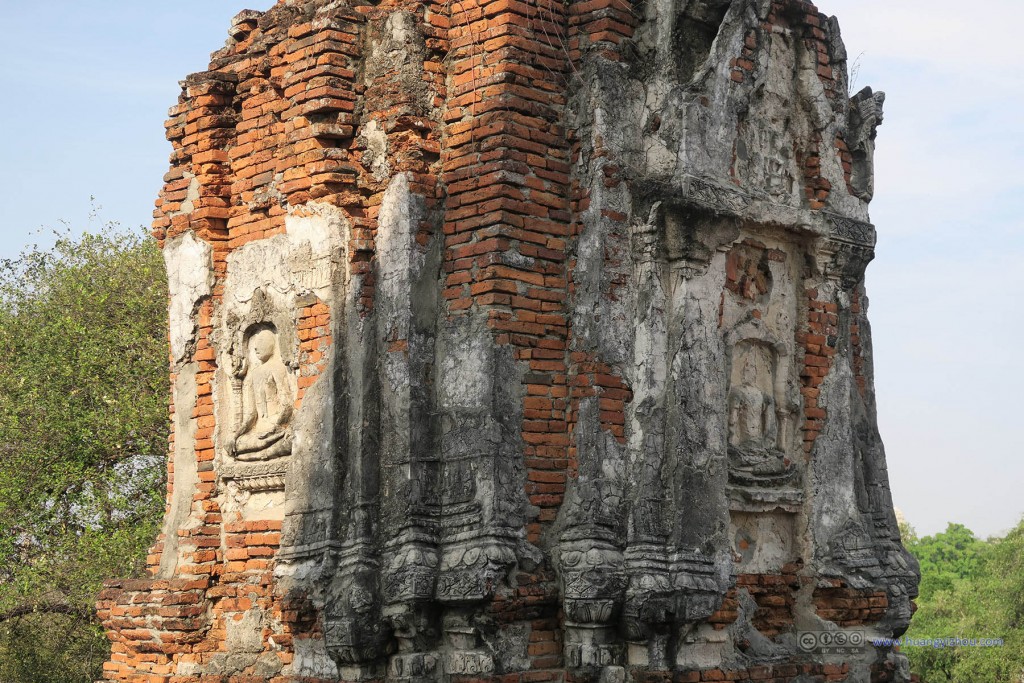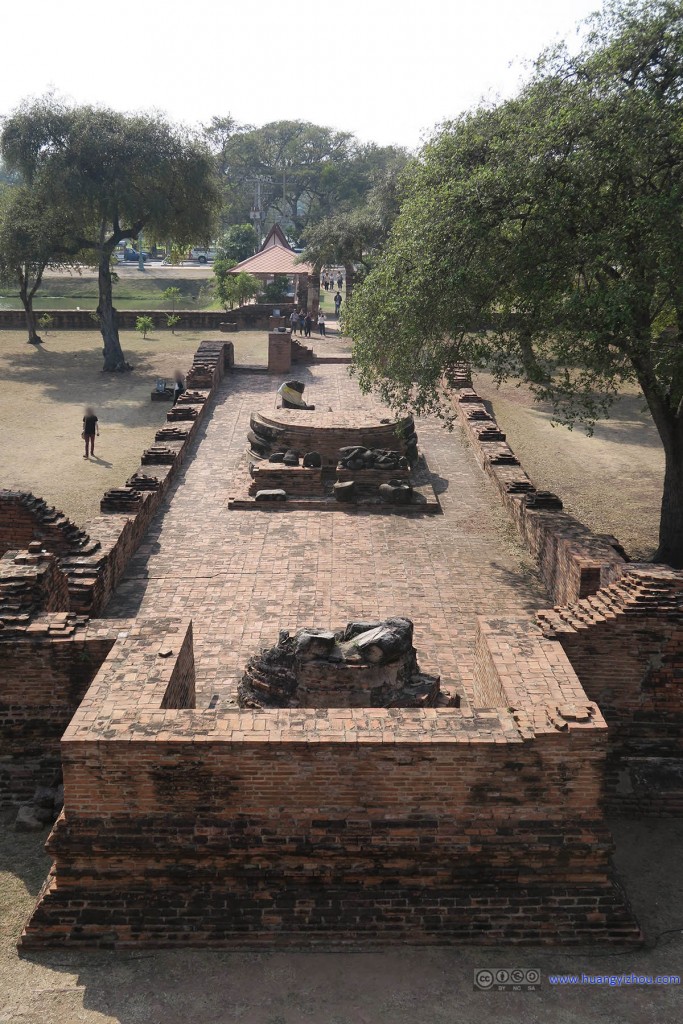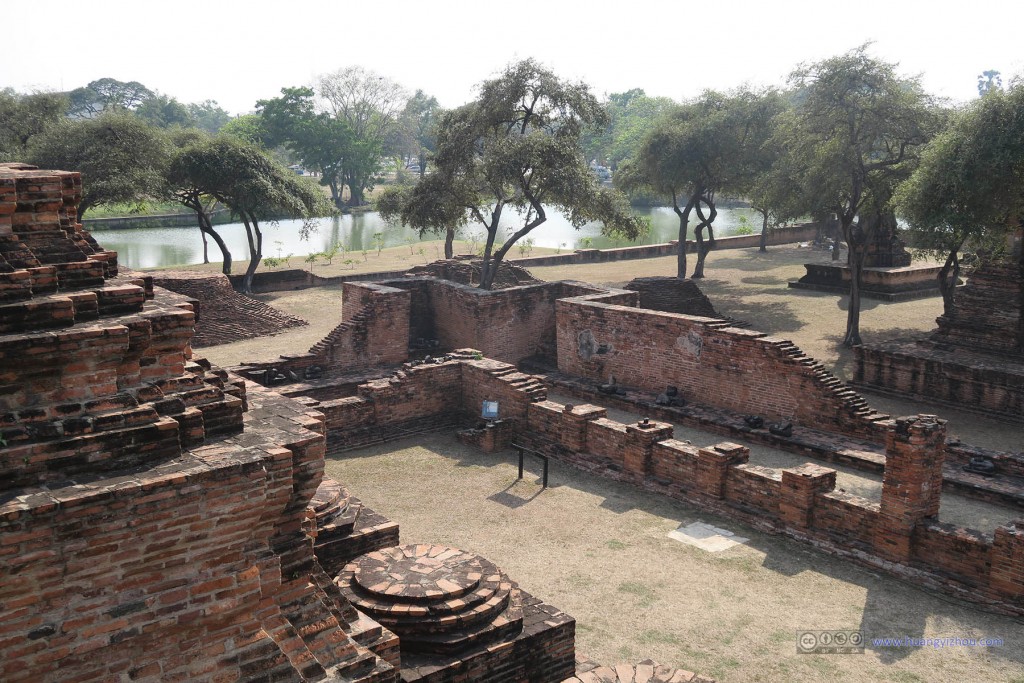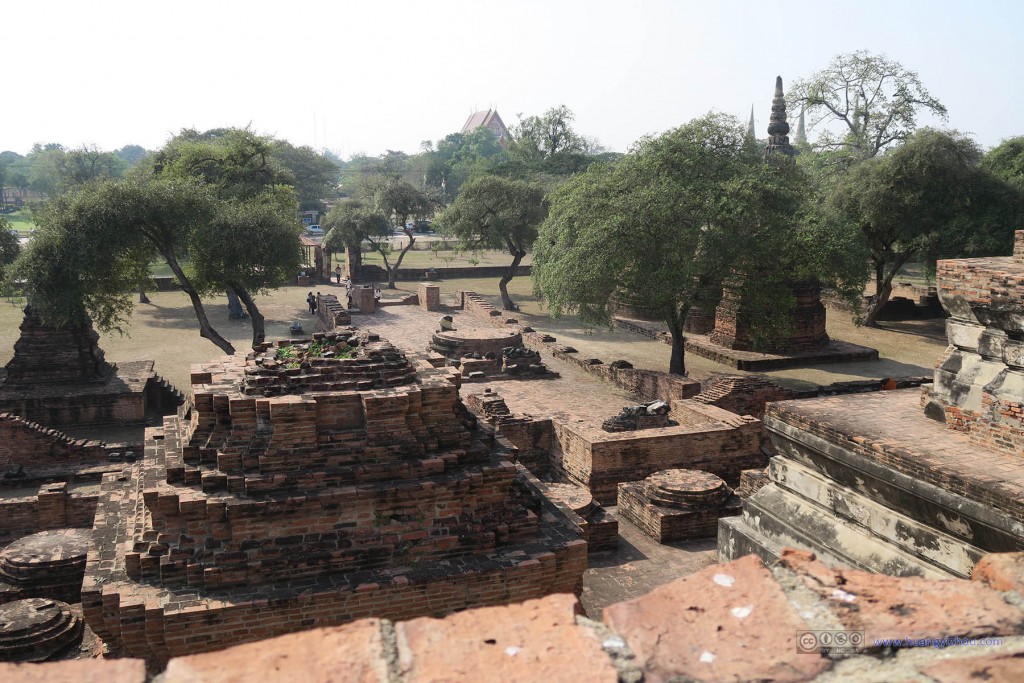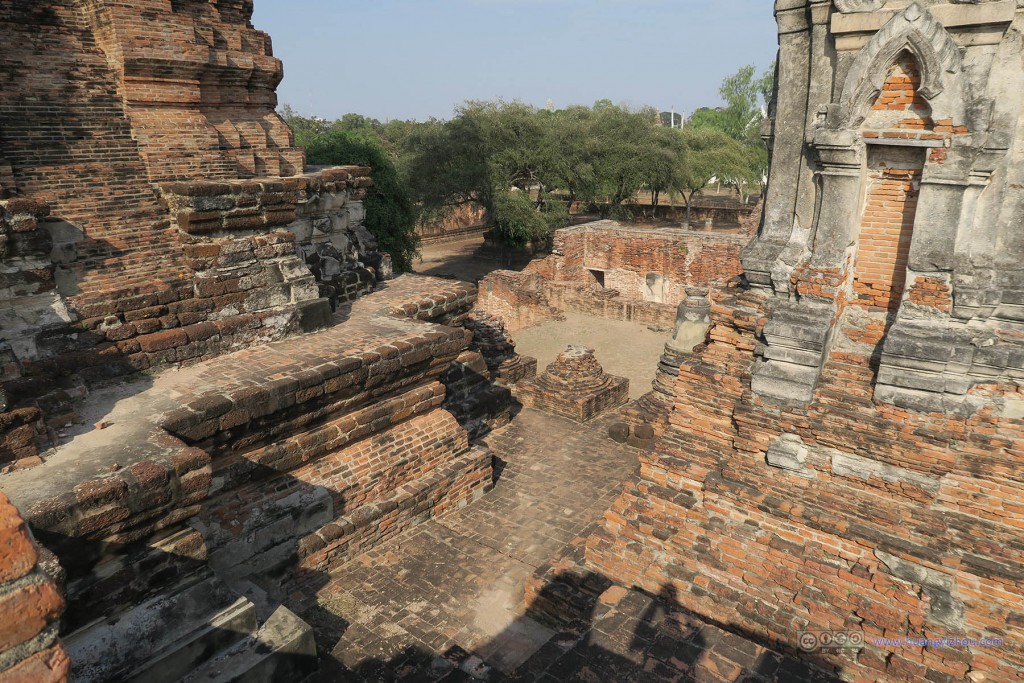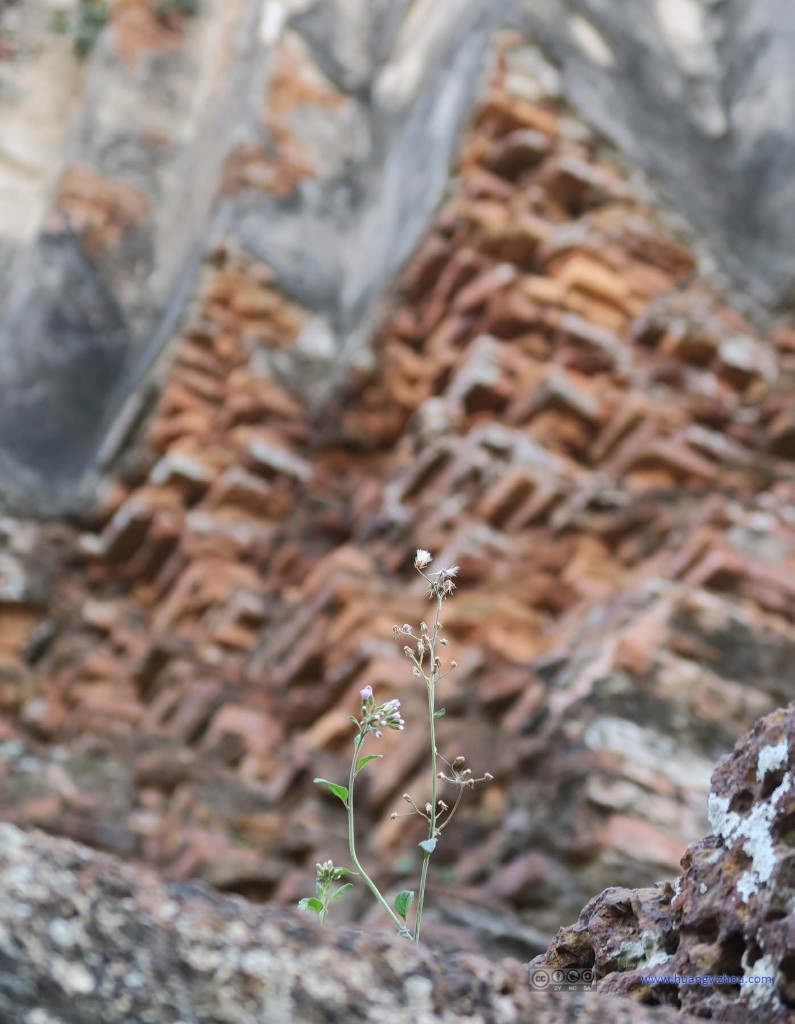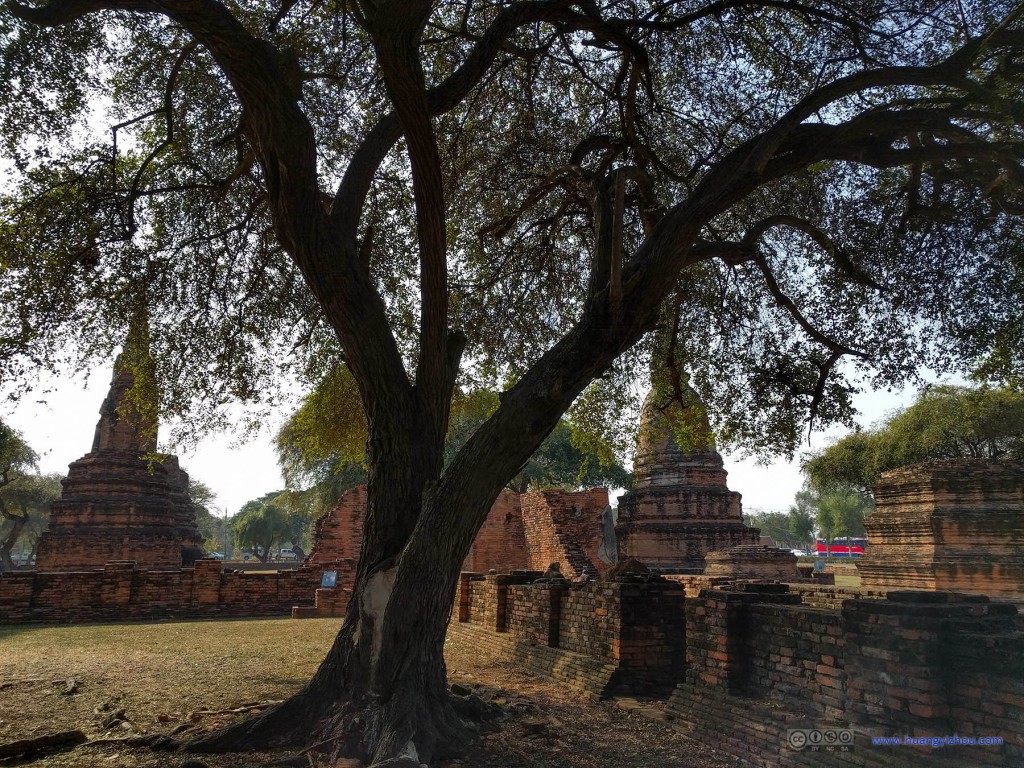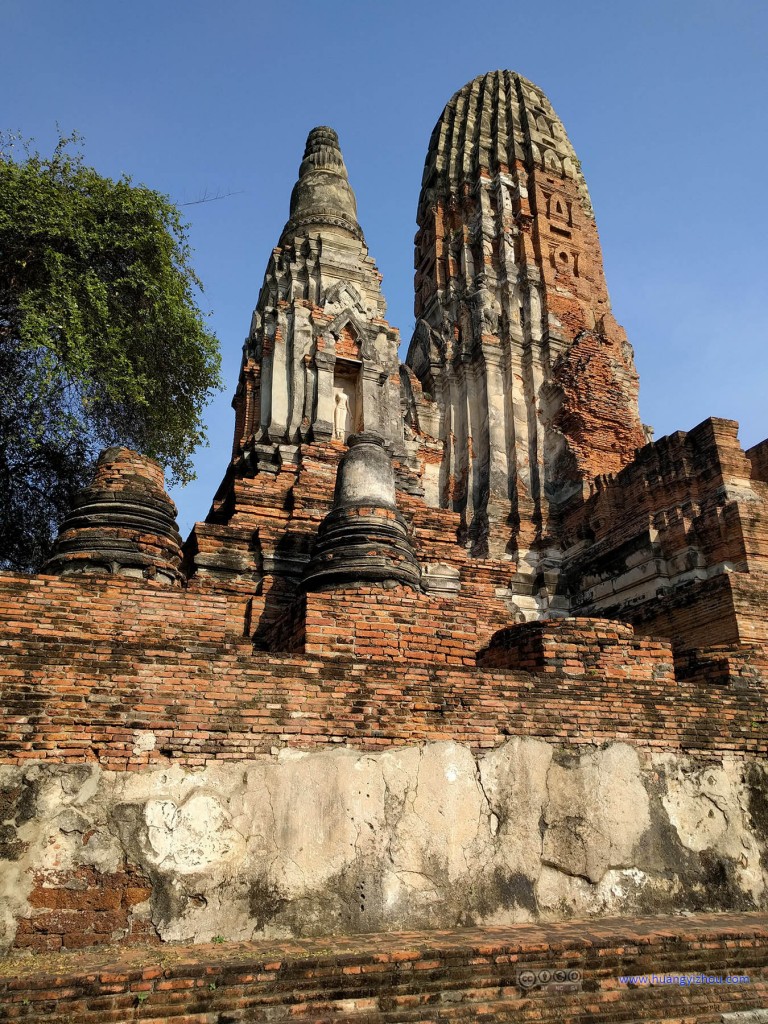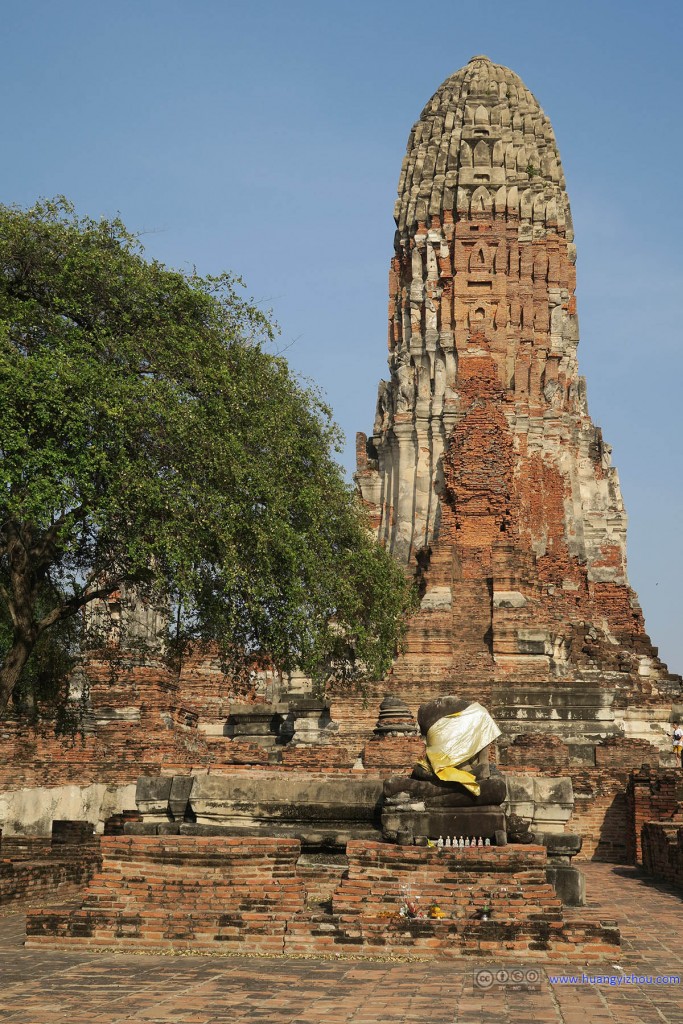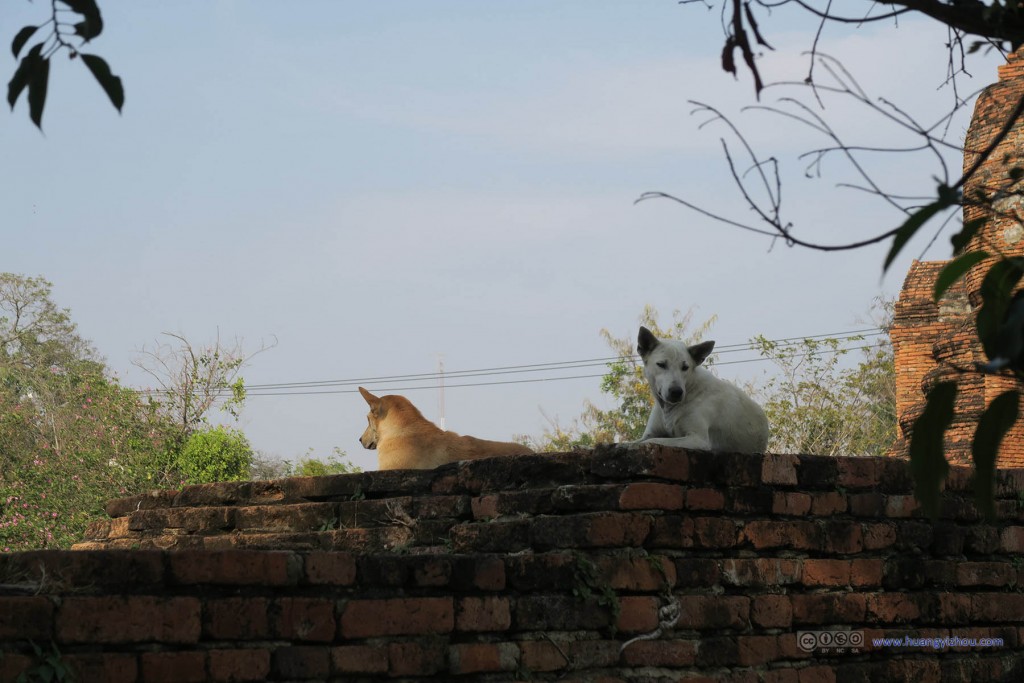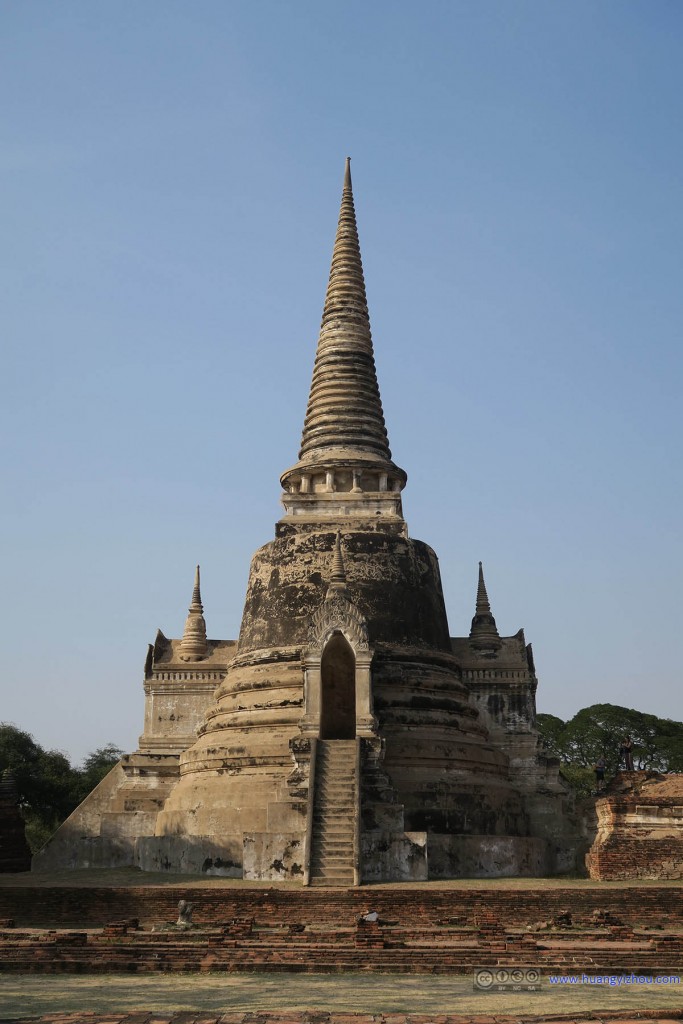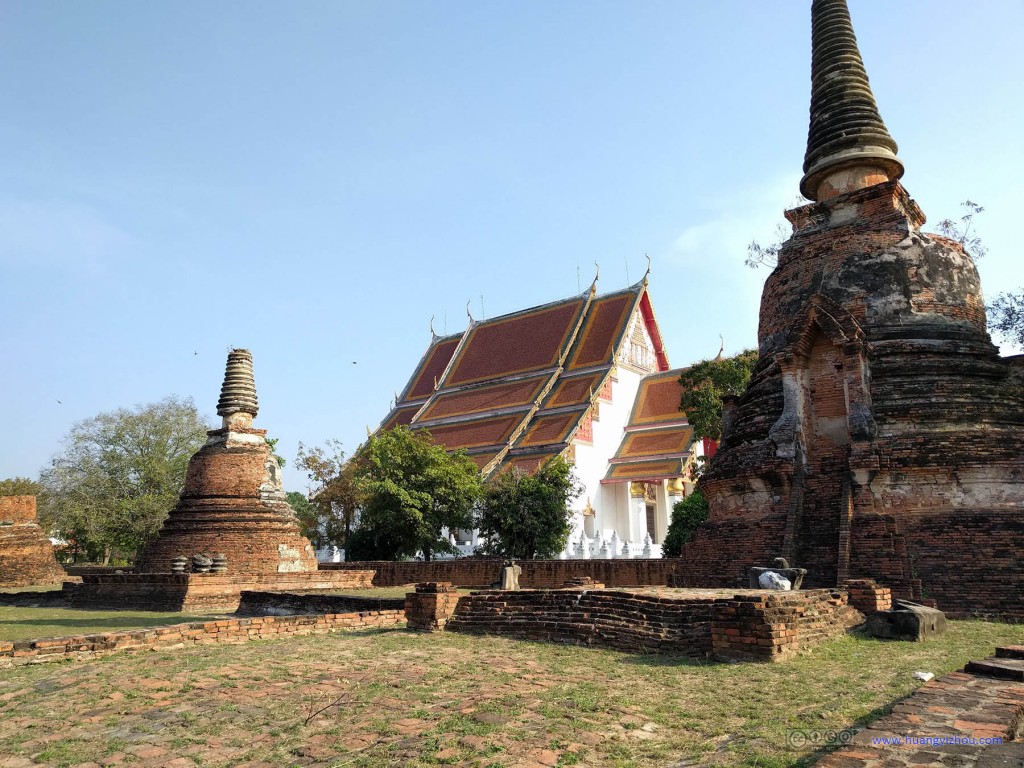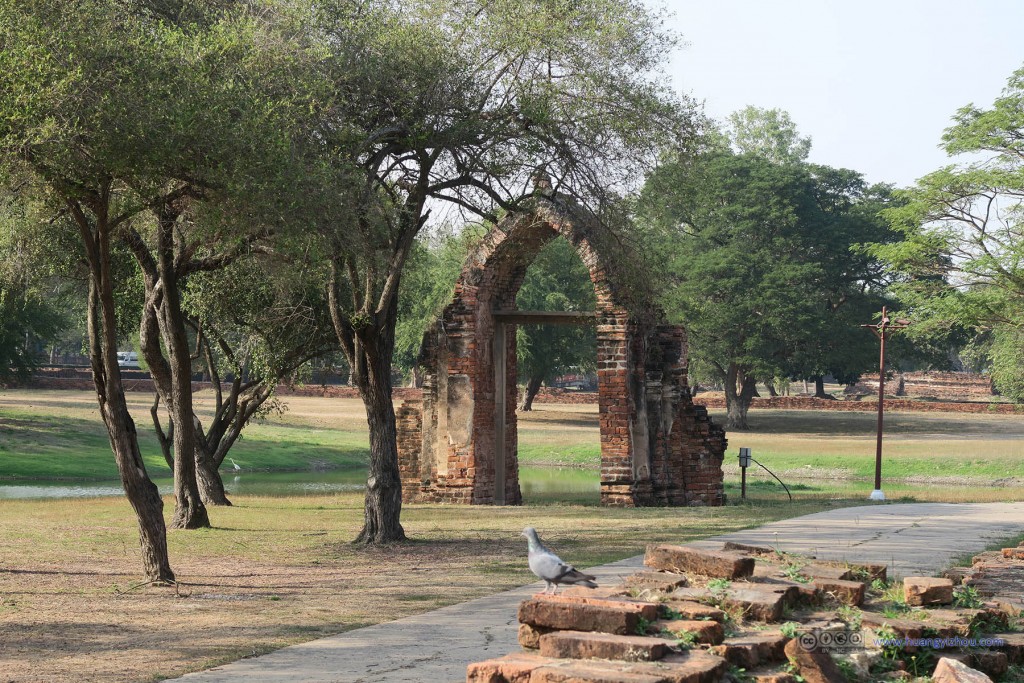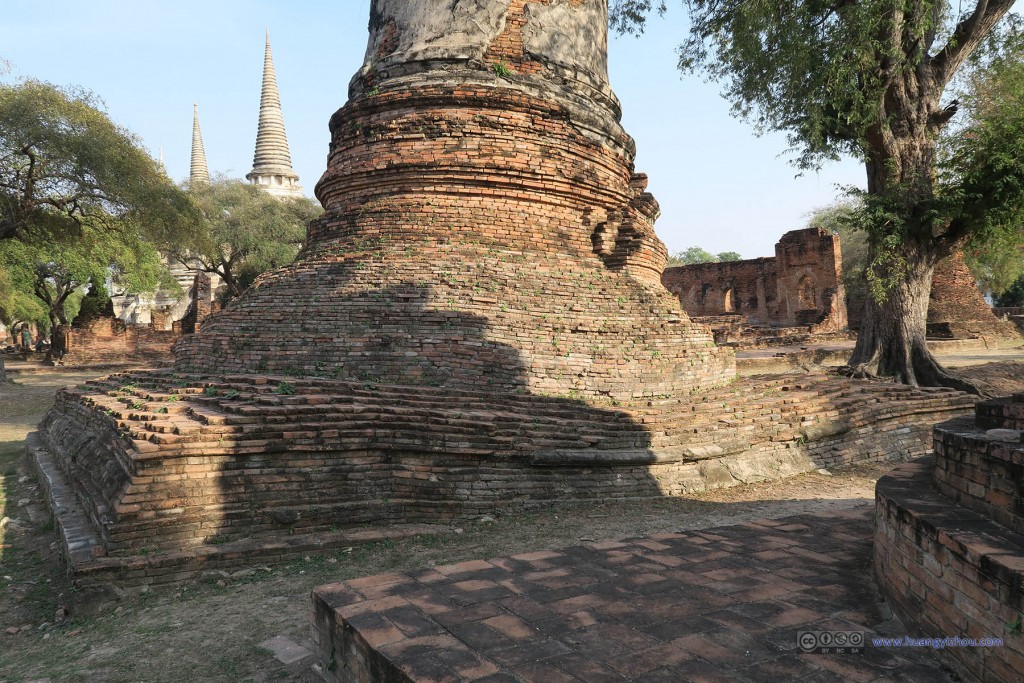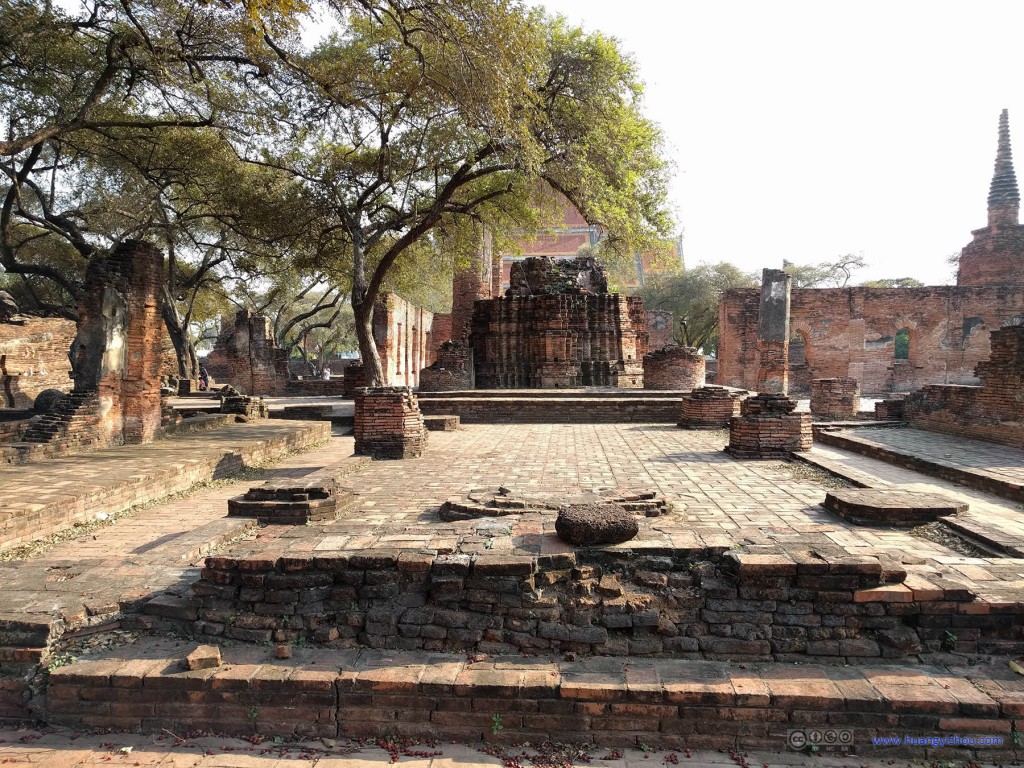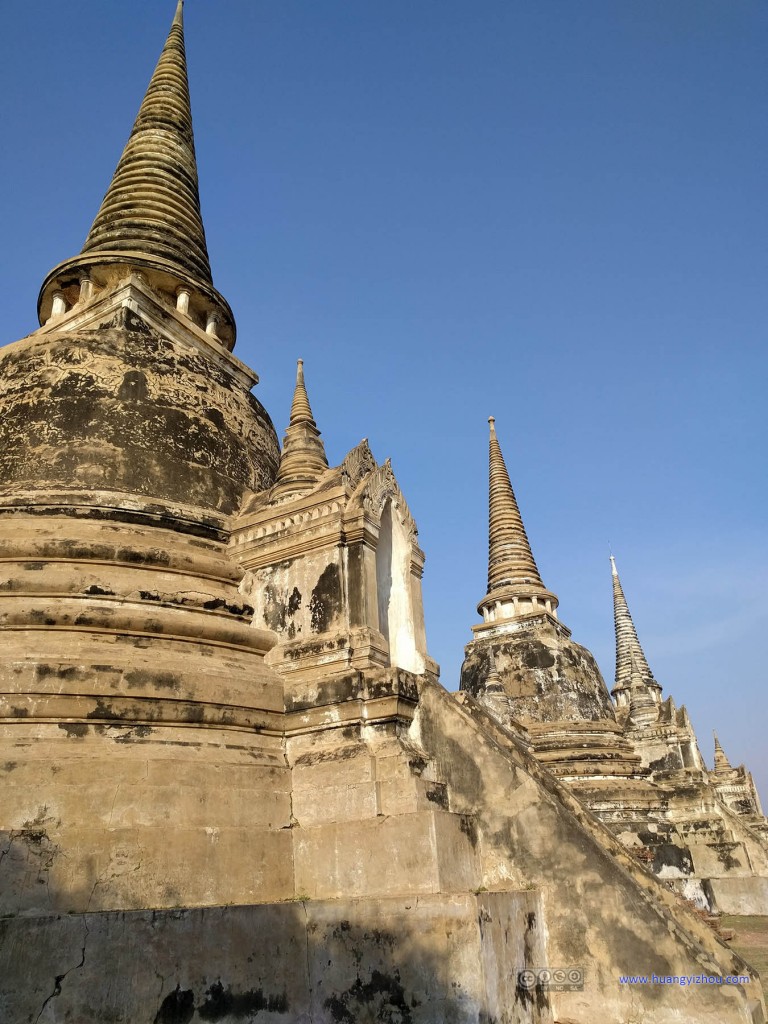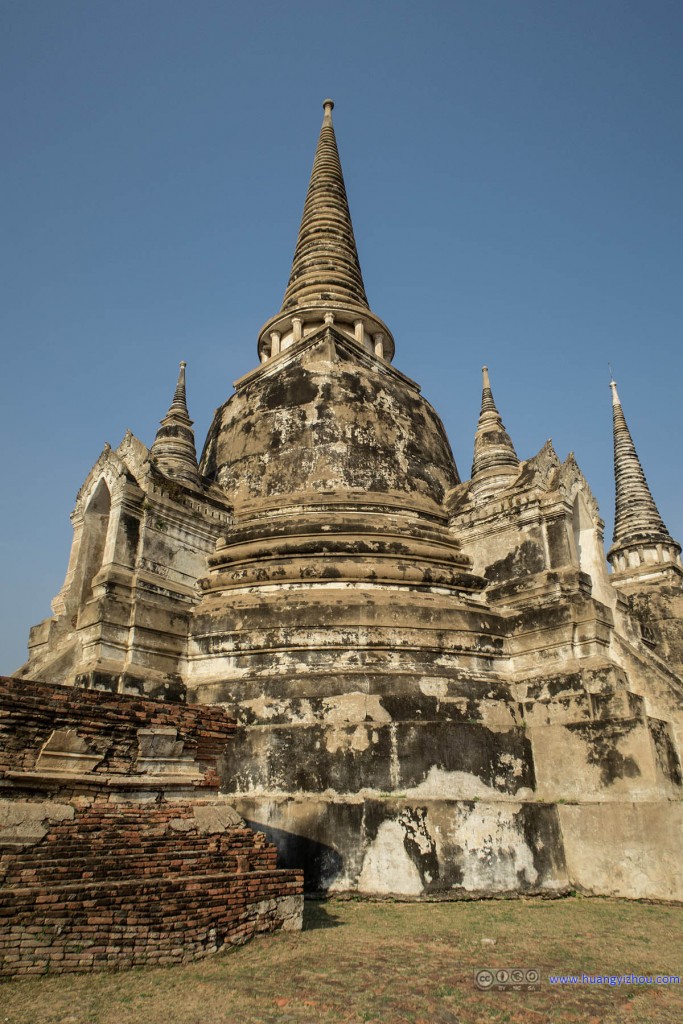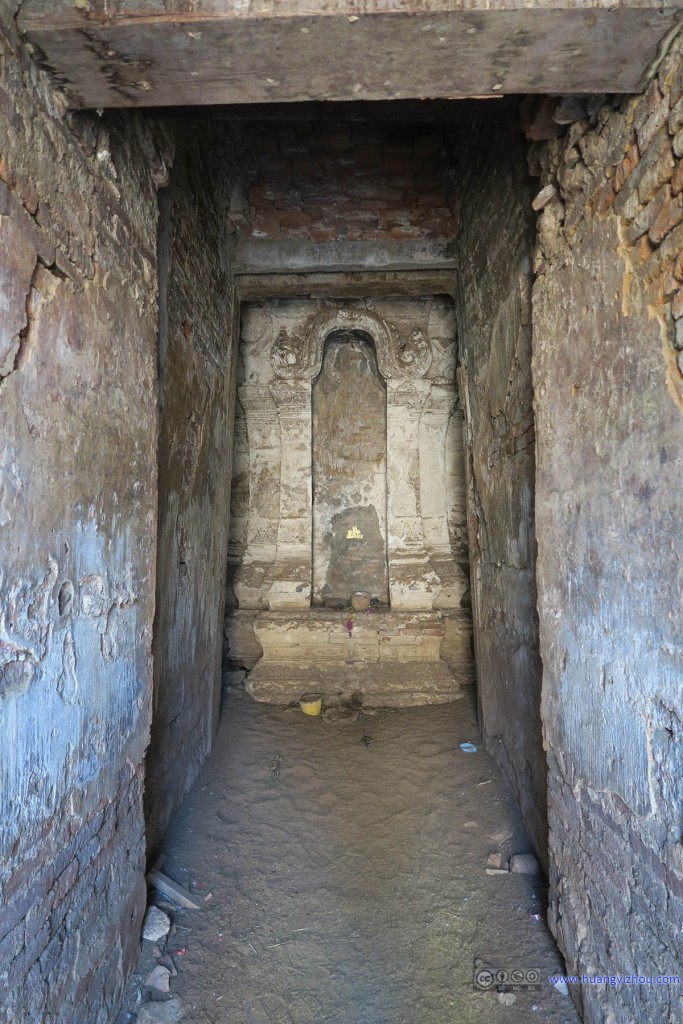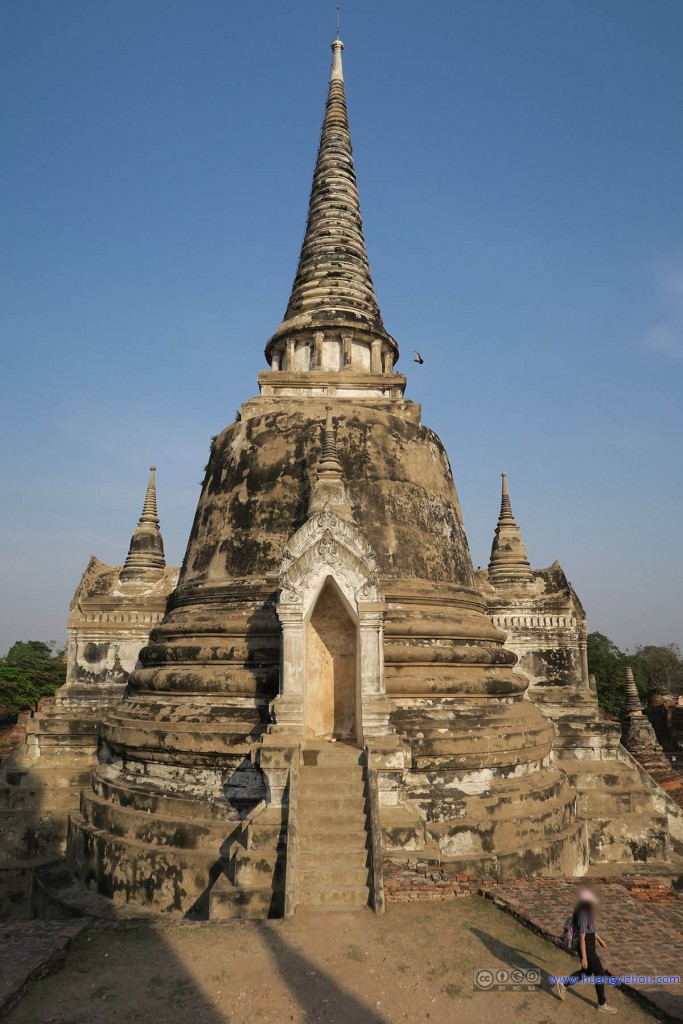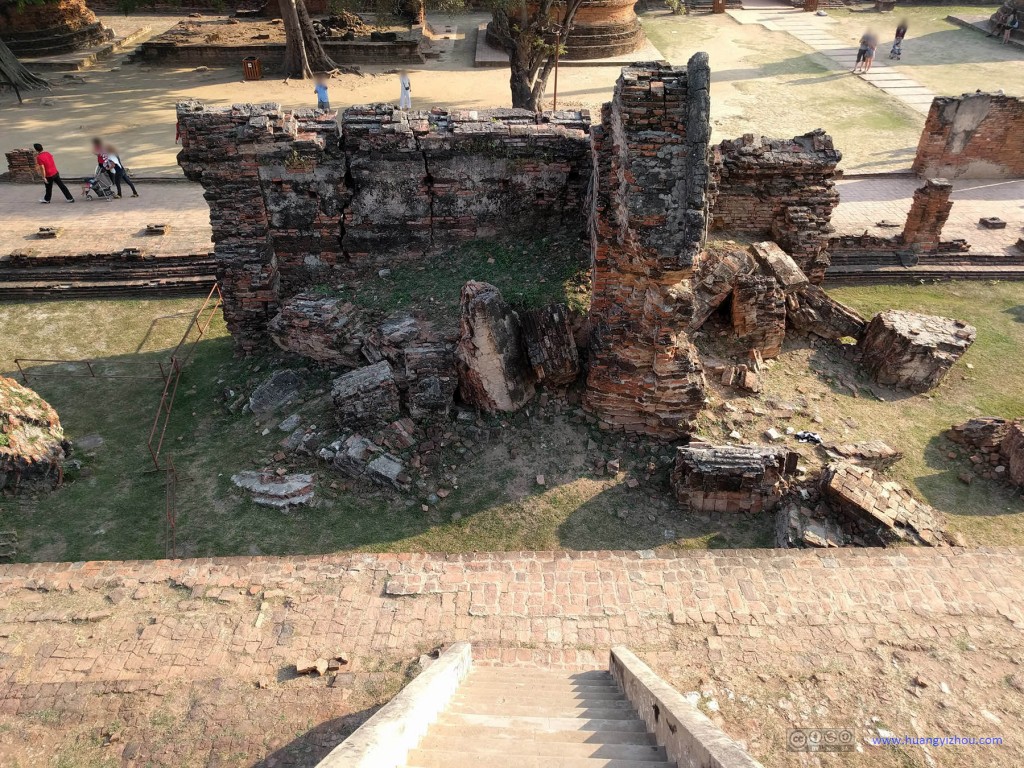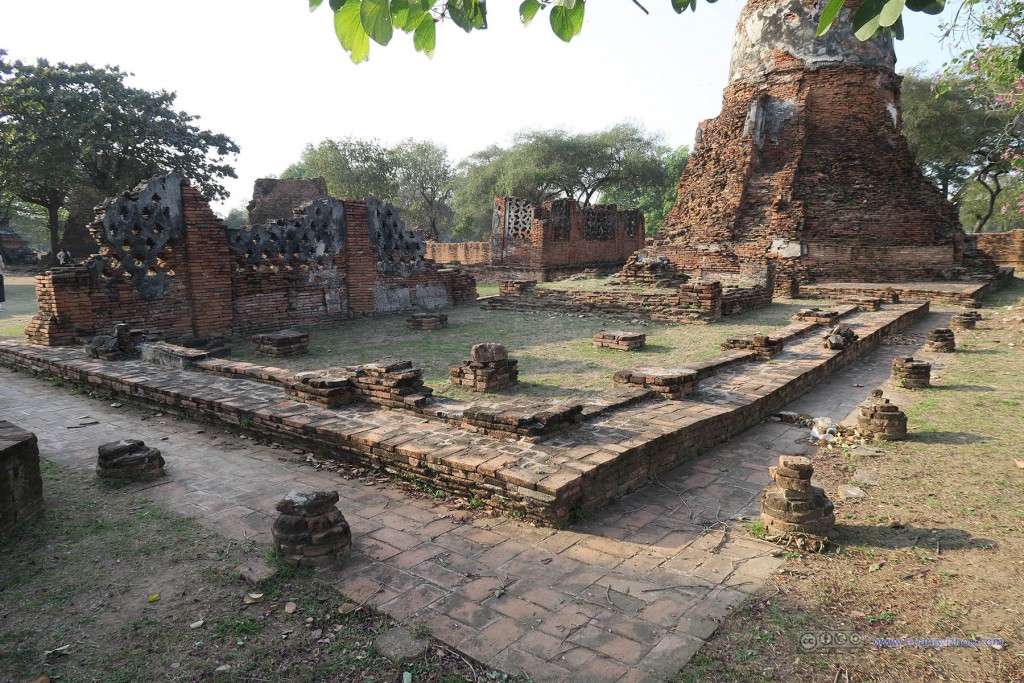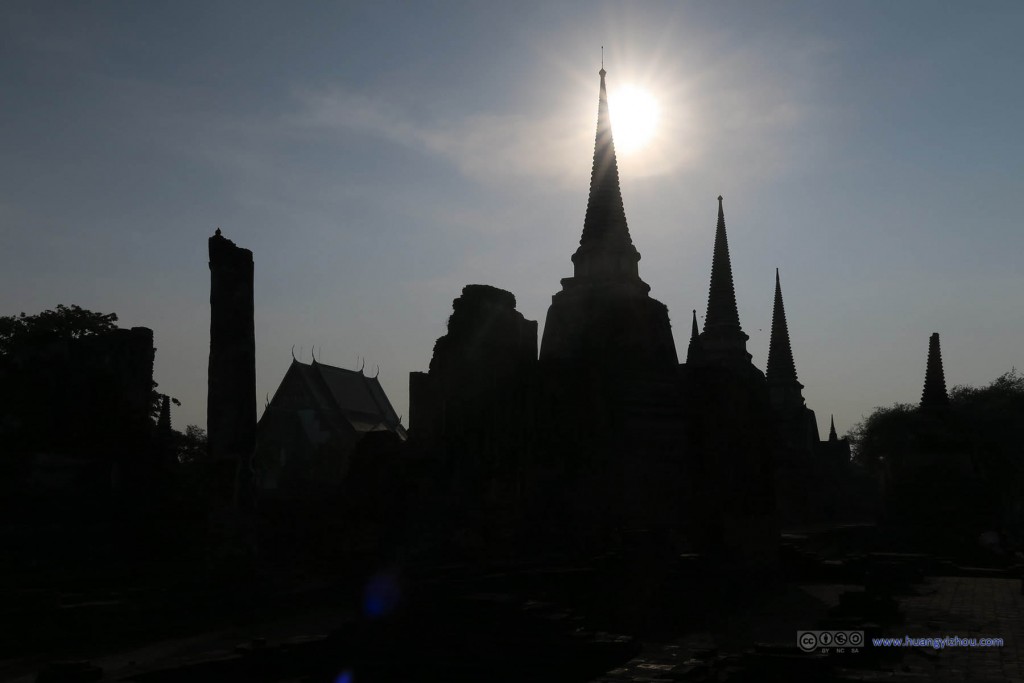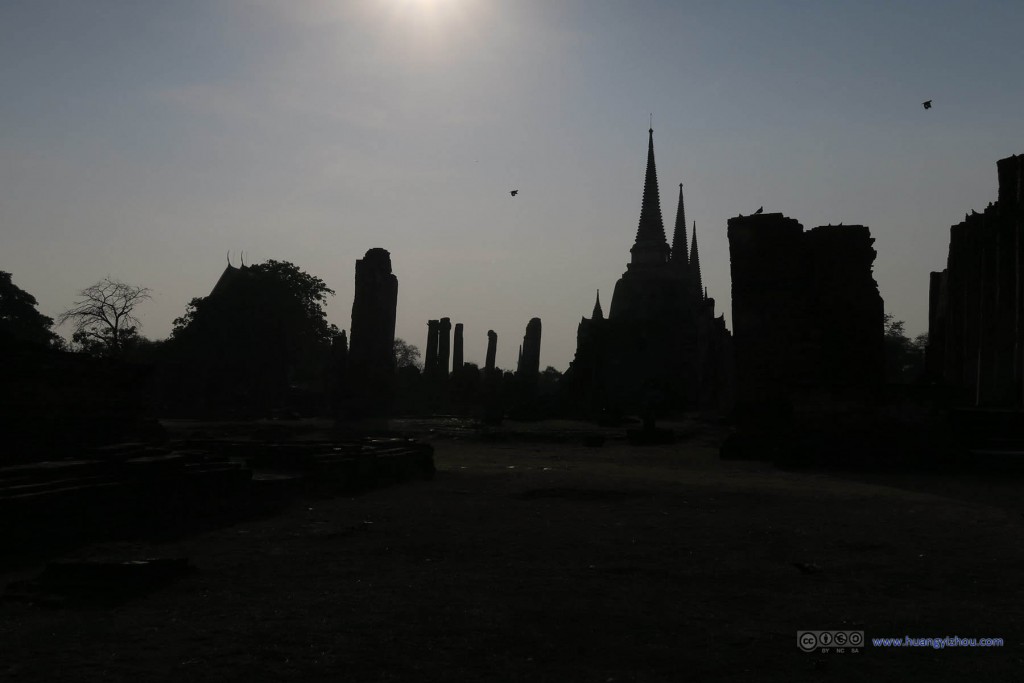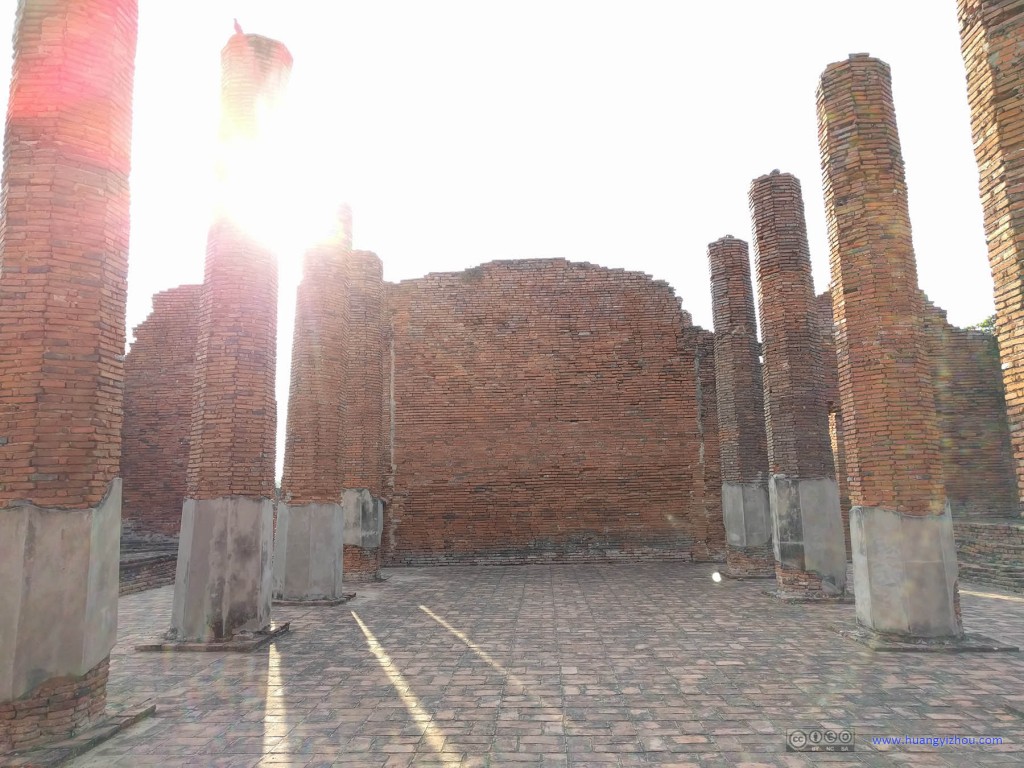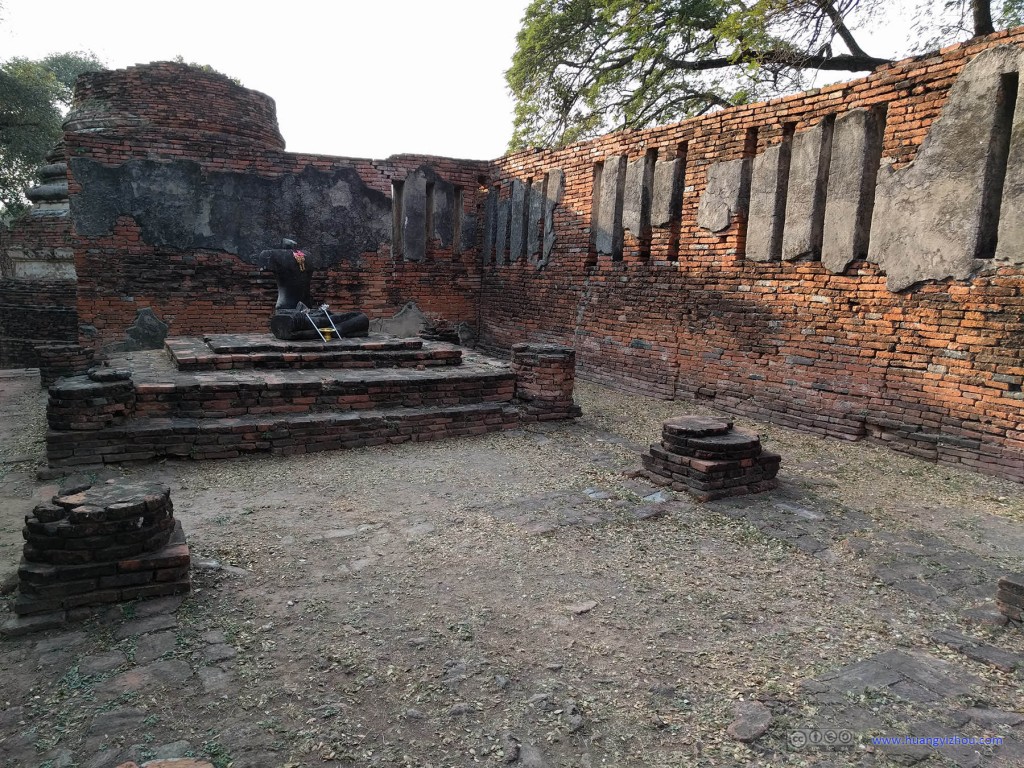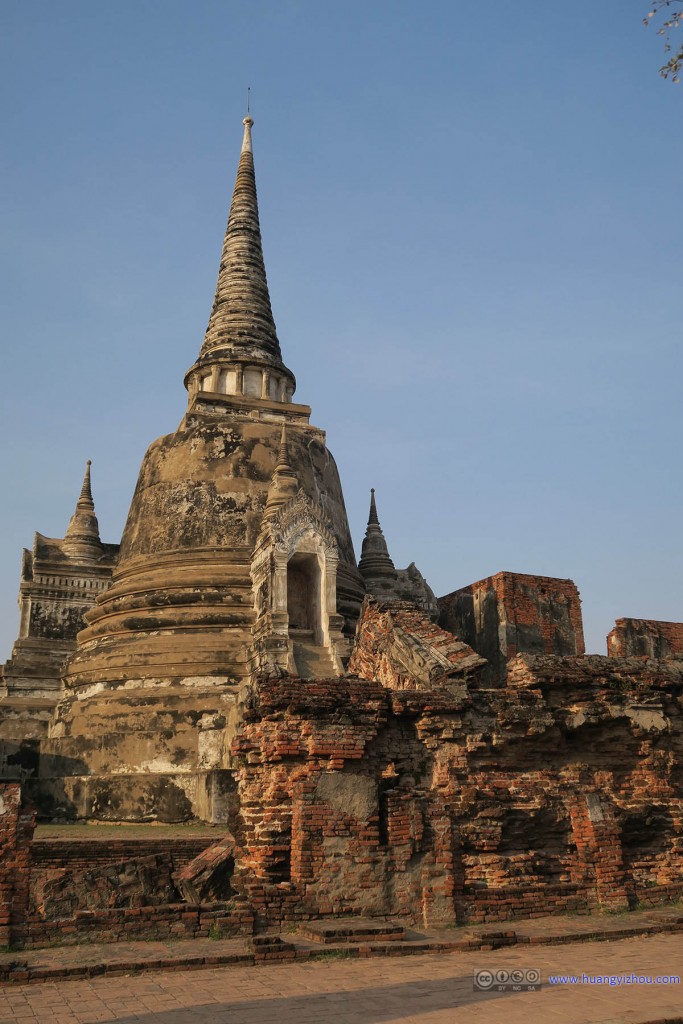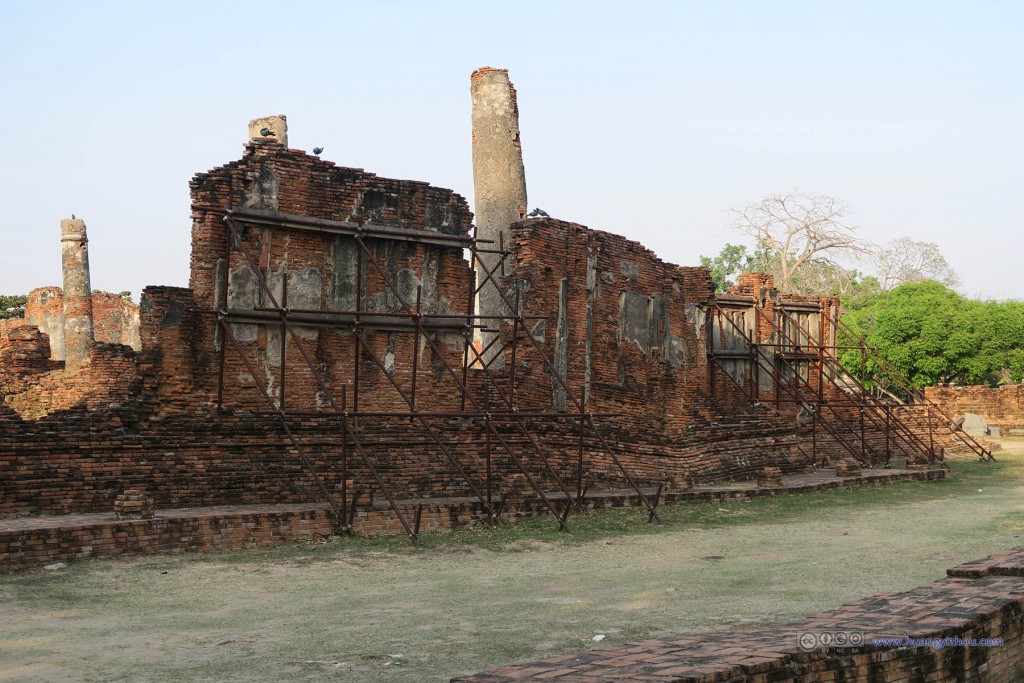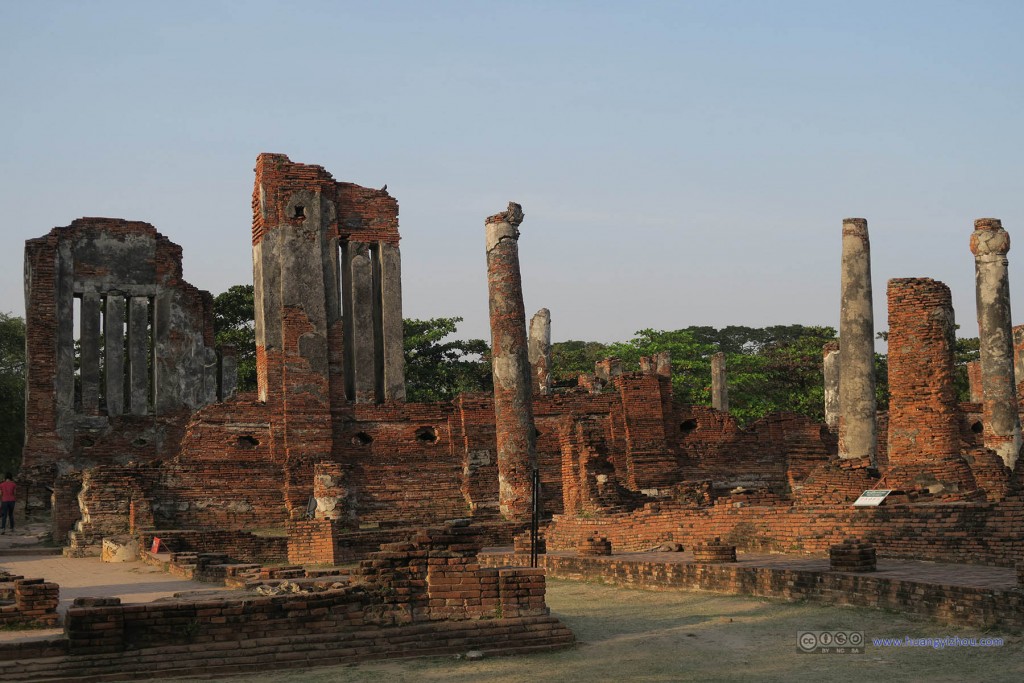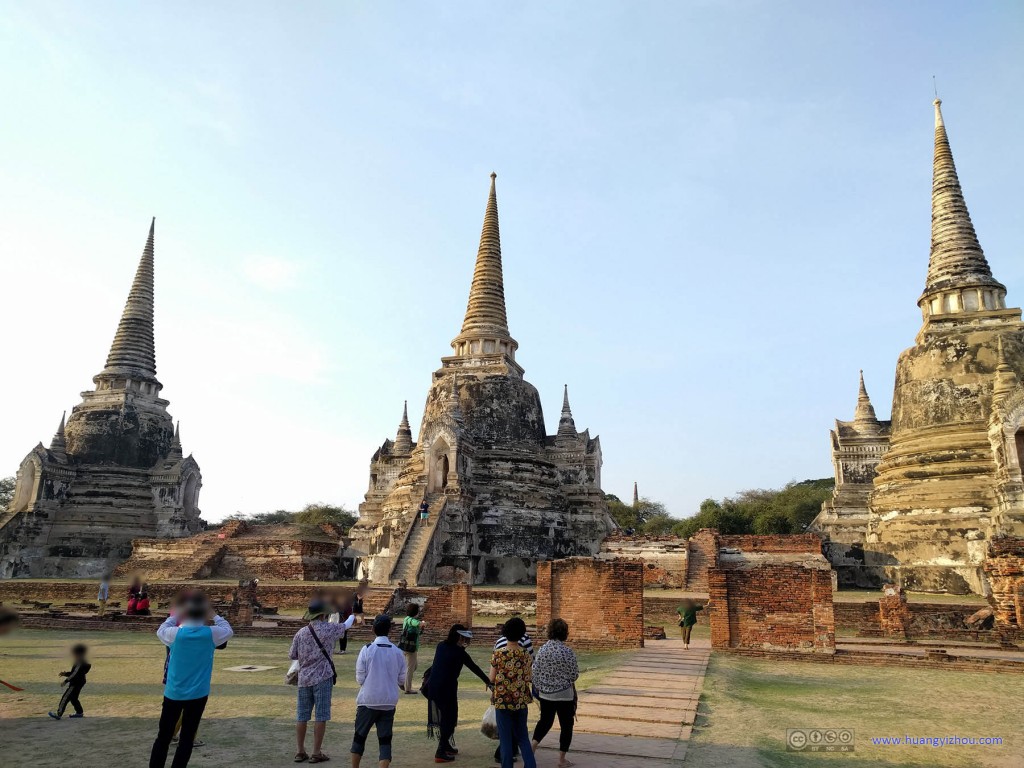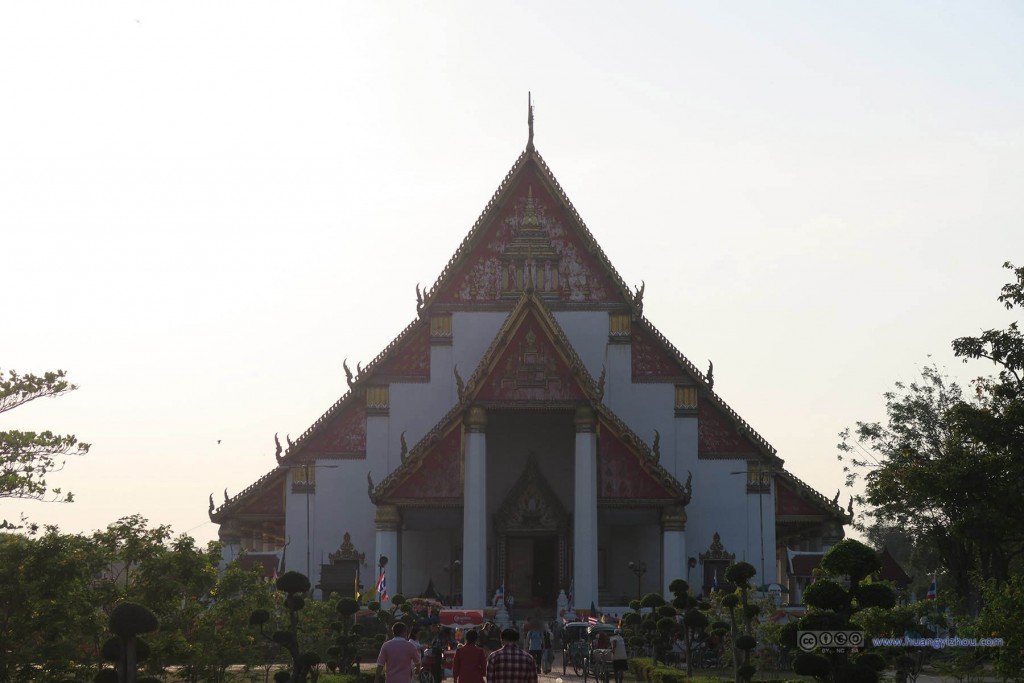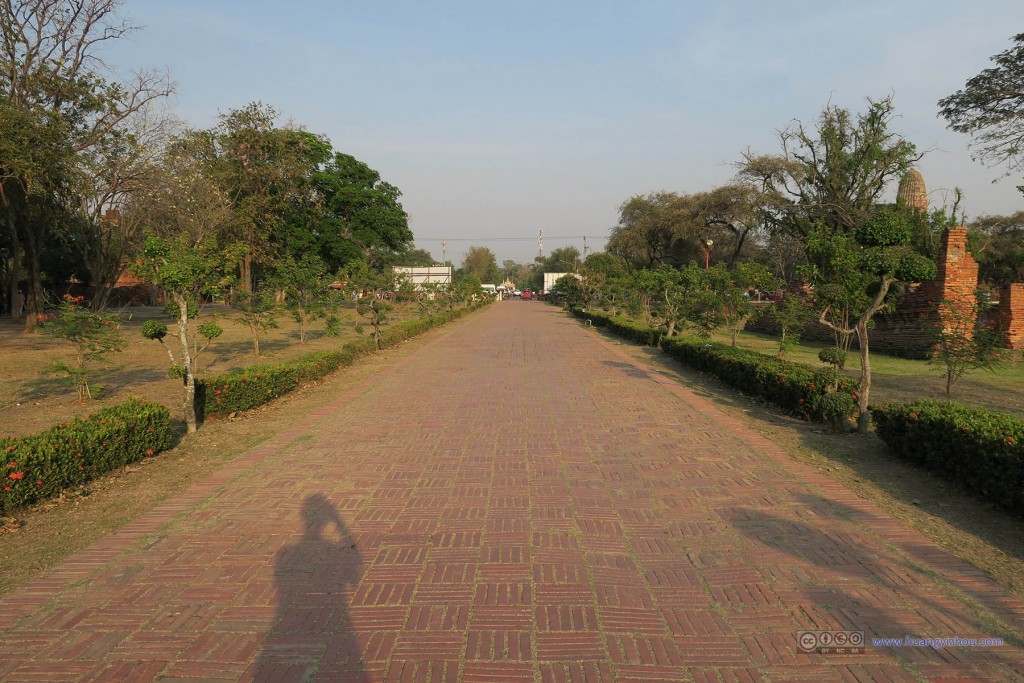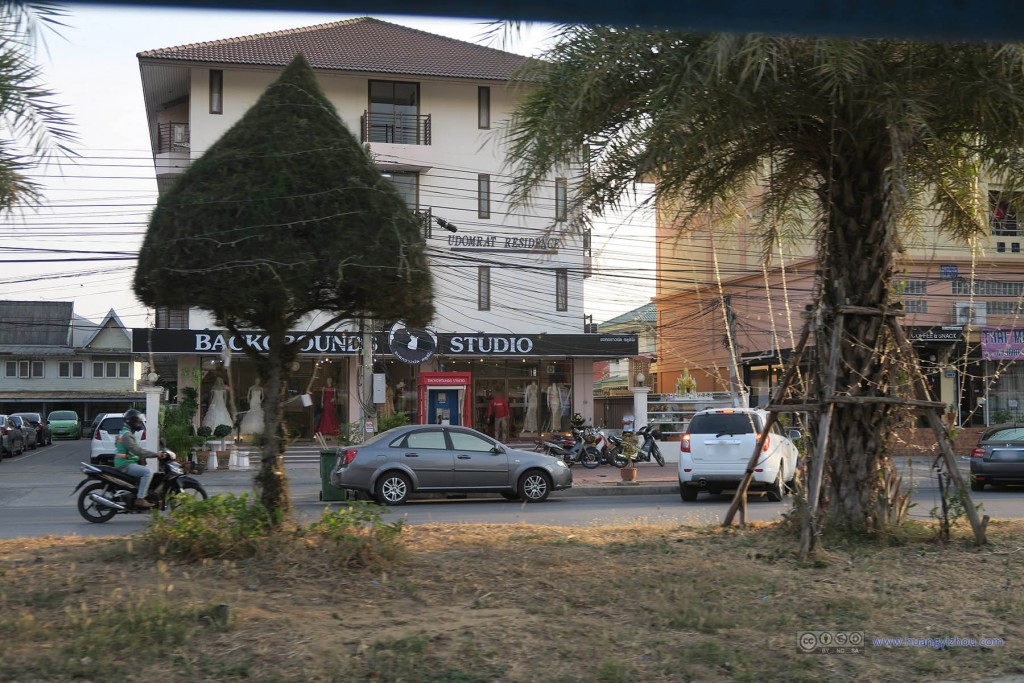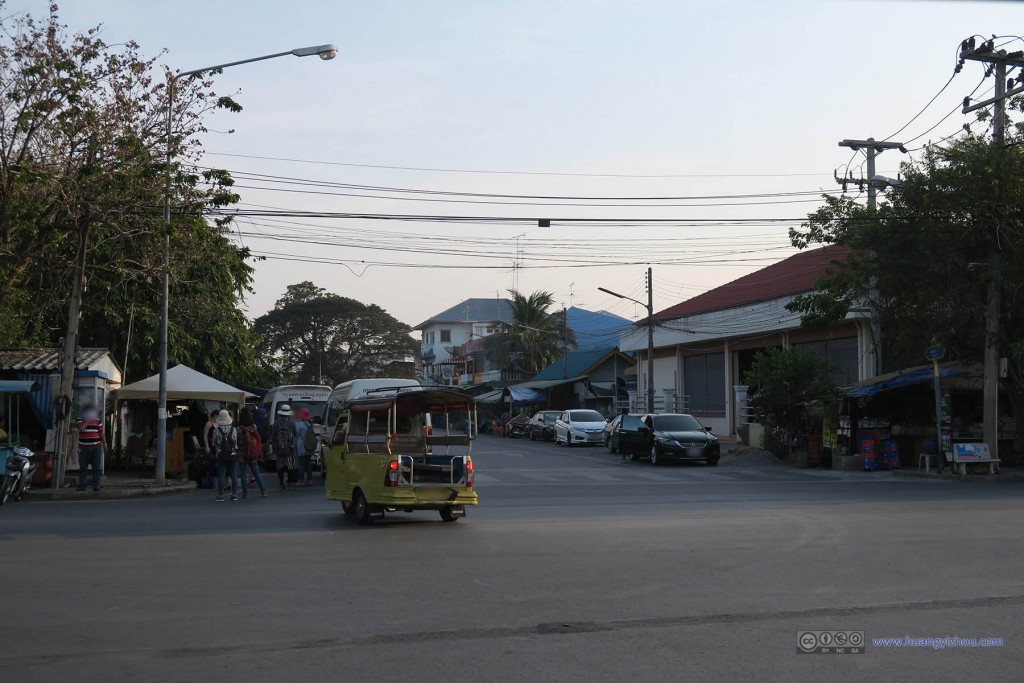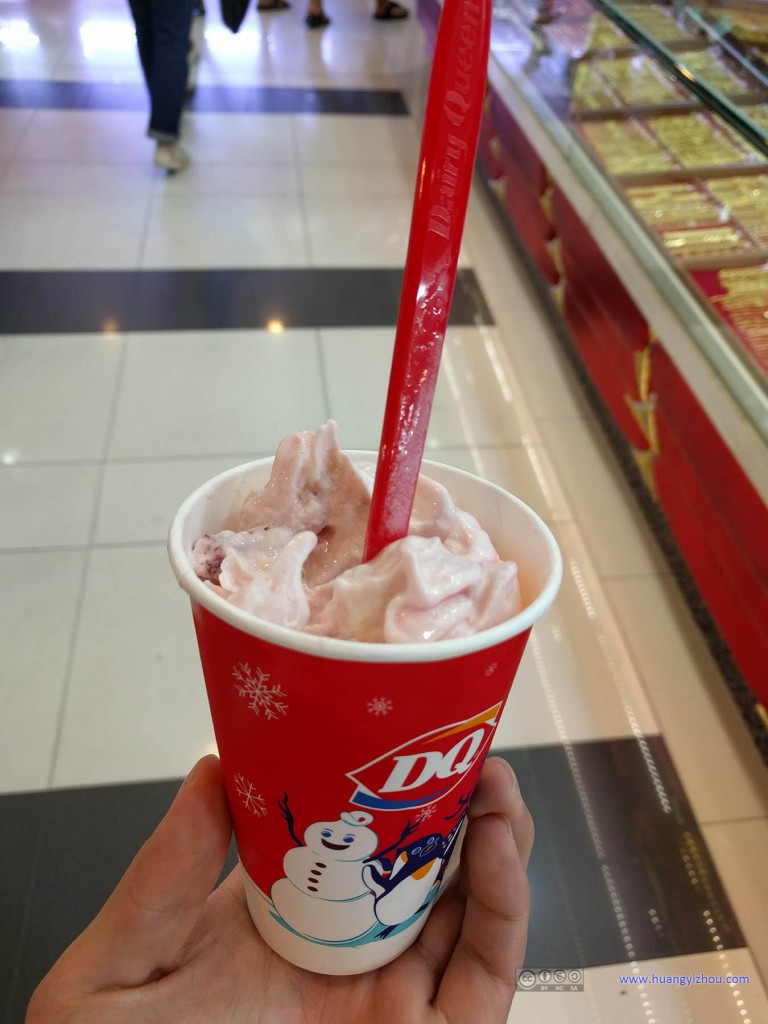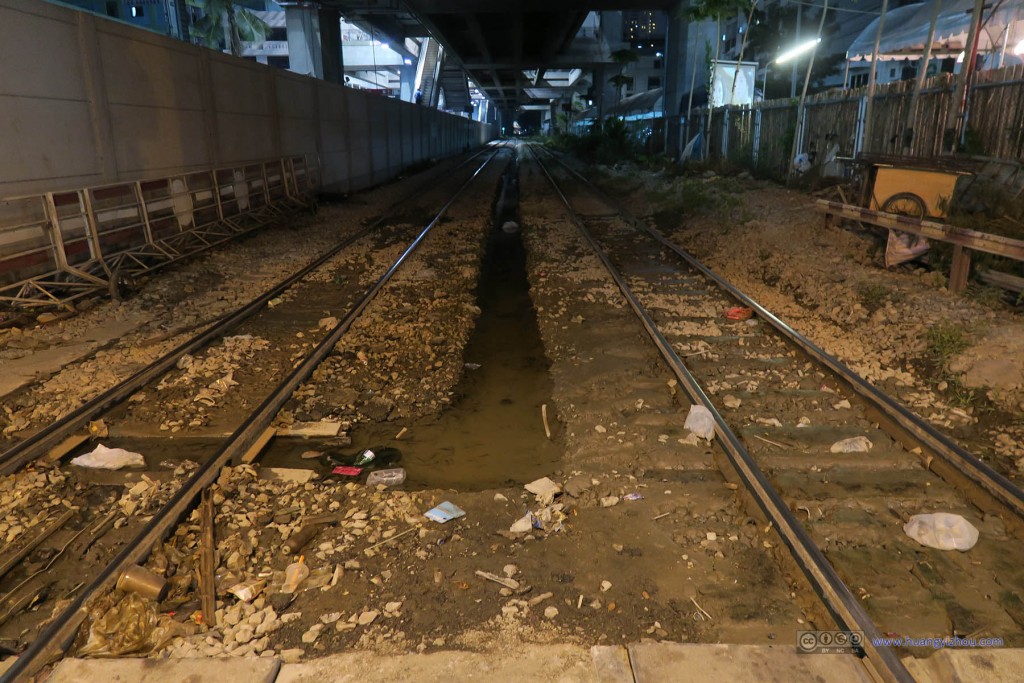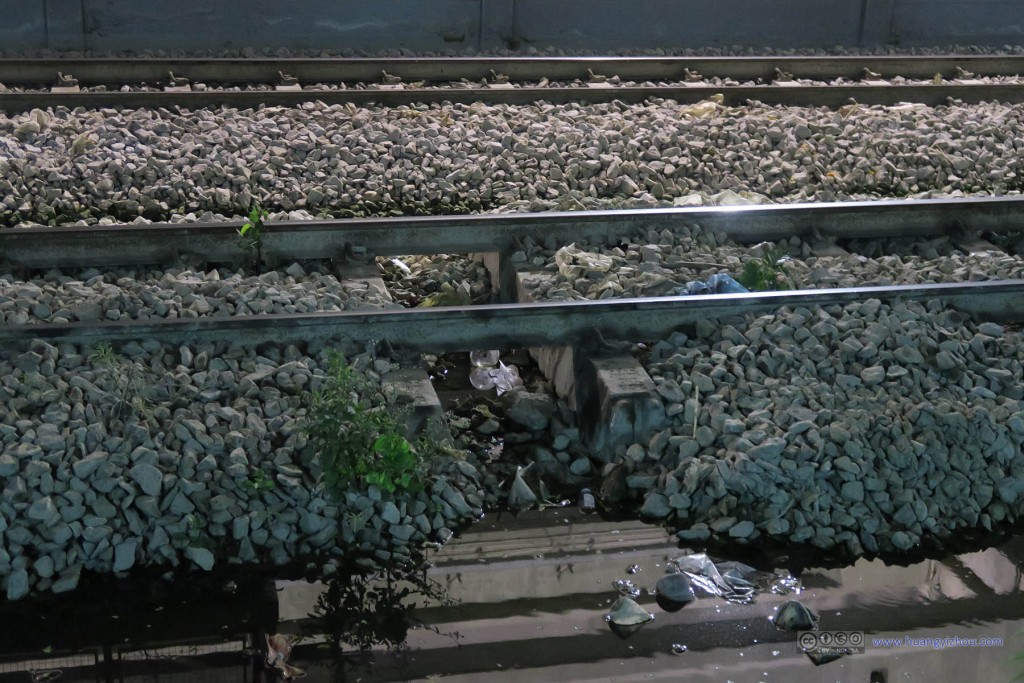Updated on August 19, 2017
Holidays in Thai: Ayutthaya on February 8th, 2016
Chinese New Year. Although this holds little meaning to me now.
Today we went to Ayutthaya, an hour’s ride north of Bangkok. Ayutthaya had been the capital city of Thailand, till the Burmese invaded it and set it ablaze. Then the capital of Thailand was moved to Bangkok, where the Thai people regrouped themselves and fought of the Burmese invasion.
So, currently ruins are all that’s left of Ayutthaya.
We familiarized ourselves with Thai temple structures in our visit to Wat Phra Kaew and Wat Pho on the day before, which was pretty much the same with the Ayutthaya temples. So our visit to Ayutthaya temple ruins were like a visit to the Bangkok temples 500 years from now on.
My mom had been complaining about the wind from “open-front” Tuk Tuk ruining her hair style along the way.
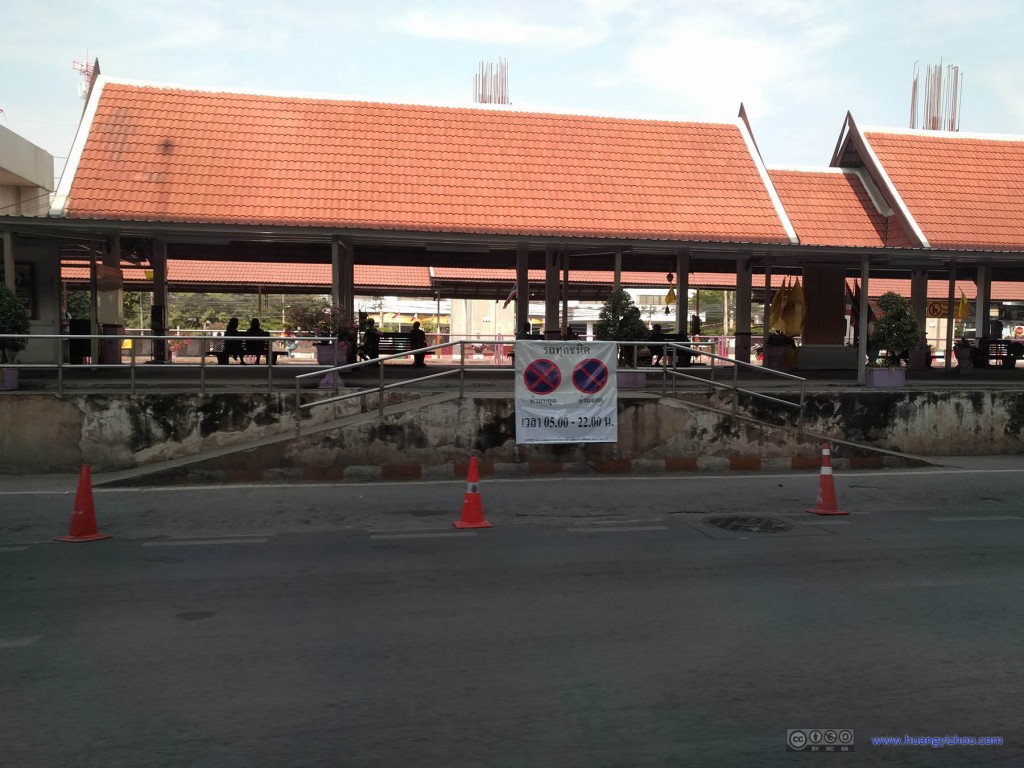
We passed Don Muang Railway Station, and I remembered we seemd to board our taxi at this no-stopping area in its no-stopping time period.
I didn’t know why, but the police officiers along the expressway seemed to be blocking all the ramps, so we arrived in Ayutthaya with little traffic.
The ticket price for any temple (ruins) in Ayutthaya that a normal tourist would visit is uniformly 50THB. Later that night in our hotel, I found all the tickets were the same except for their serial numbers.
We went to Wat Rat Praditthan first, which is the closest to the bus station, with some German archeologists representing United Nations doing restoration work. Since Wat Rat Praditthan is not the most famous temple ruins, there weren’t much visitors.
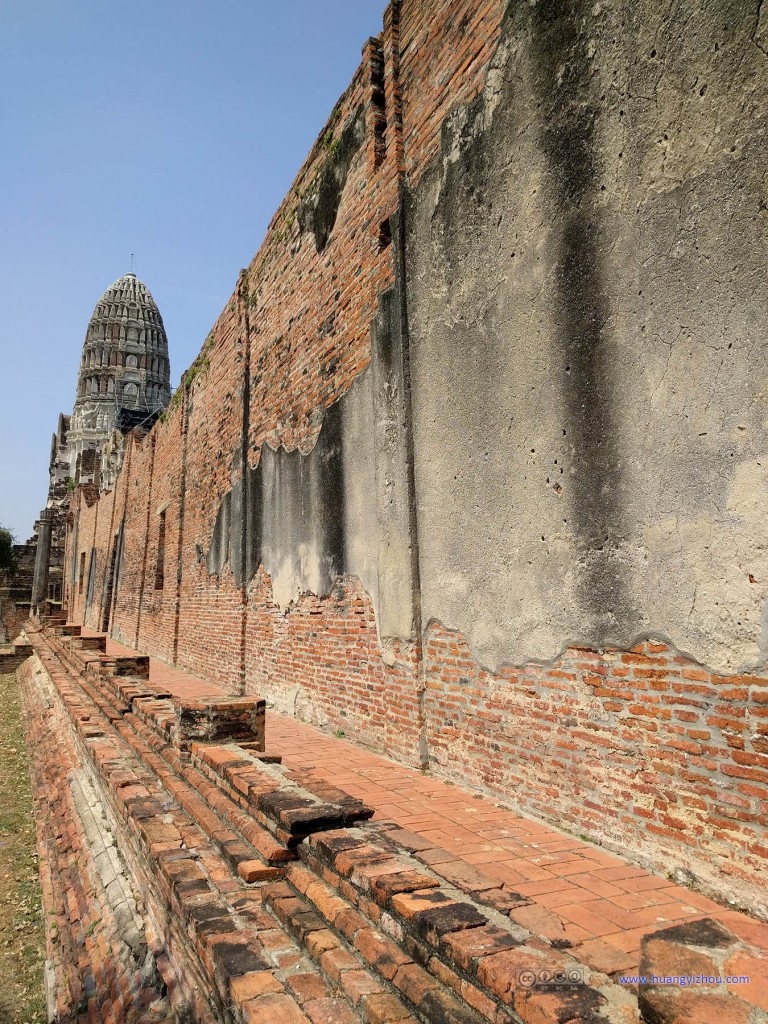
It’s easy to spot traces of fire on this wall. By Wikipedia the Burmese army set the whole city of Ayutthaya ablaze after its invasion.
By its official description, originally Thai government wanted to protect the relics, however, local police were bribed and had numerous under-the-table deals with artifact dealers.
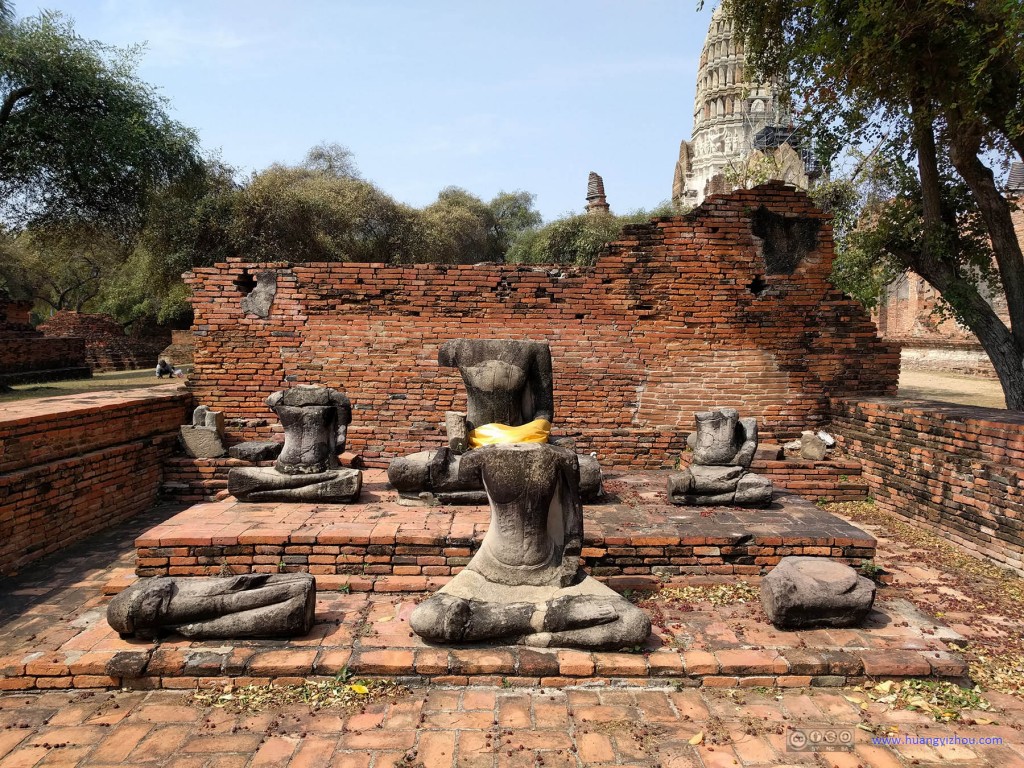
Guess the amputated sculptures were the result of artifact thieves, which is quite similar to Longmen Grottoes in Luoyang, China where I visited last year.
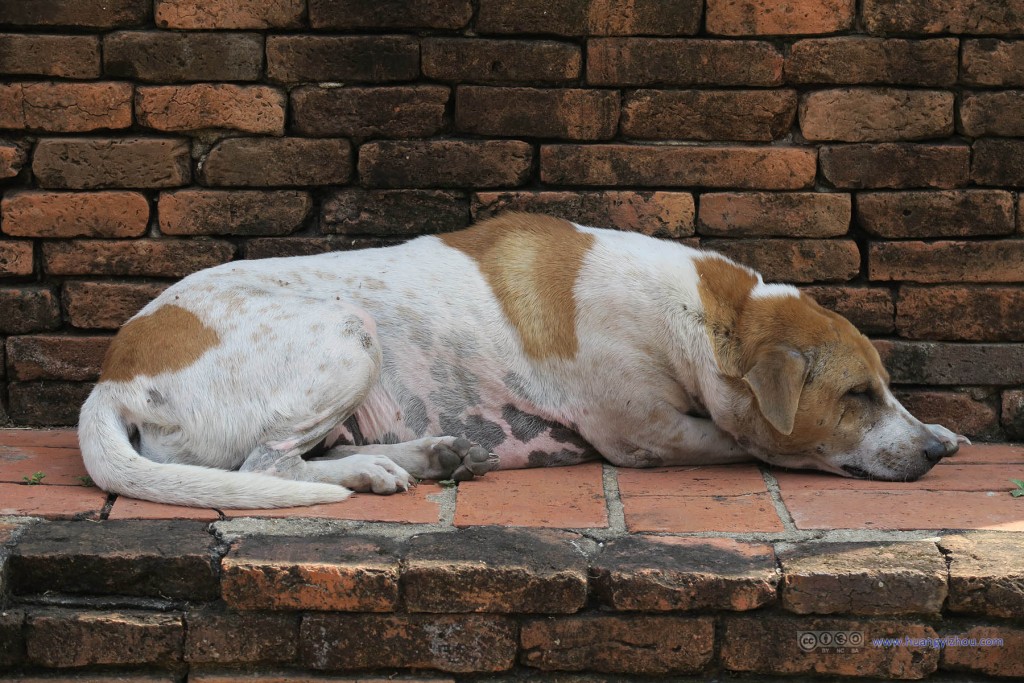
Although homeless dogs were the norm of Thai temples, it’s still a little bit surprising to find them in the ruins of a temple. (Guess the restoration workers still fed them.)
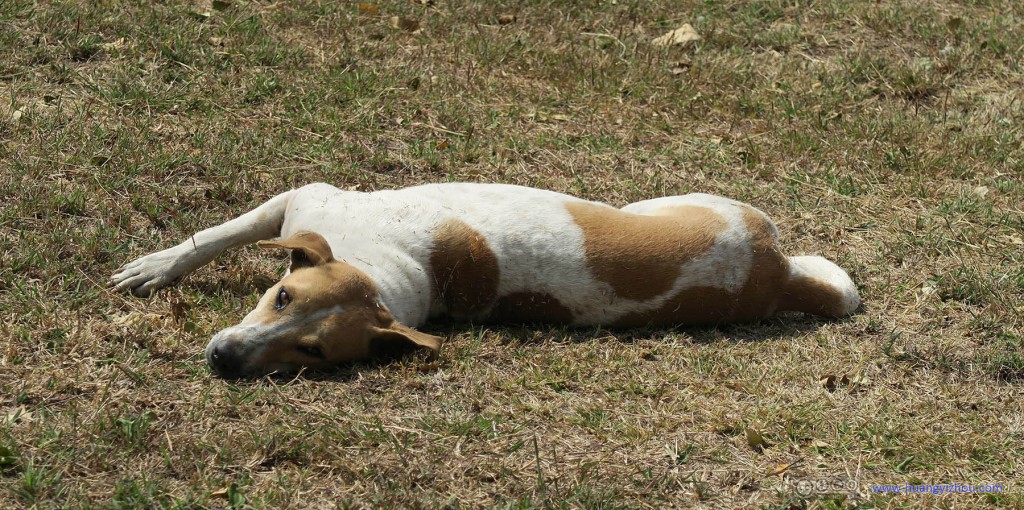
Maybe because I stayed too close to this dog when taking this photo and he sensed hostility, (maybe previously Thai dogs had been too friendly to me) he woke up, barked, and chased me down for quite some distance.
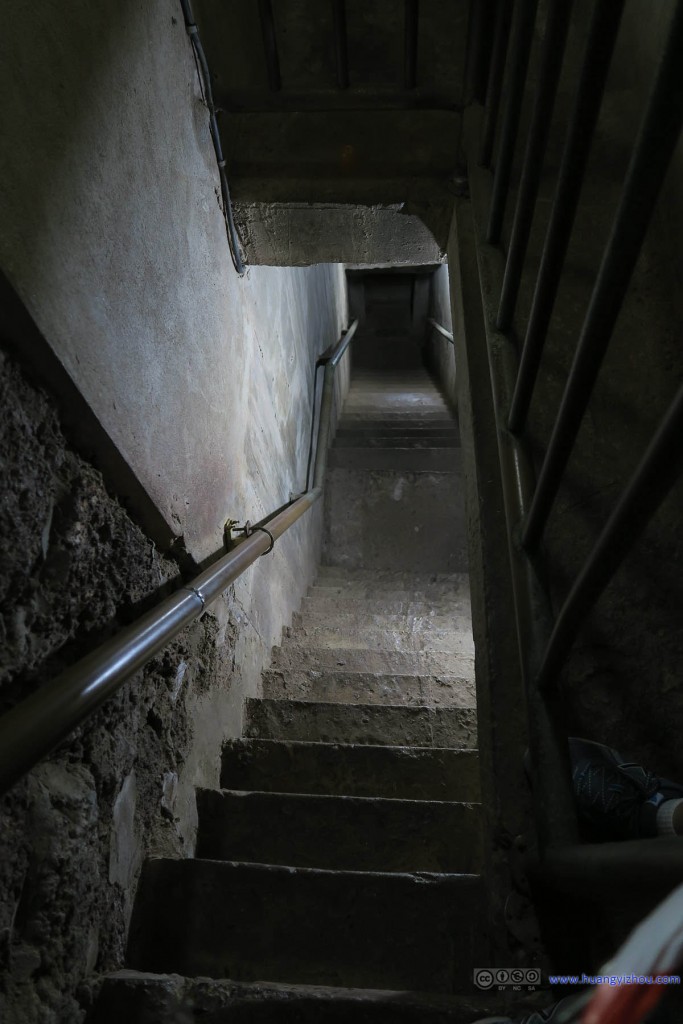
I was quite surprised to find there’s interior structure for the central tower of Wat Rat Praditthan, the stairs led deeper down but this’s as far as a visitor could go.
Then we went to Wat Maha That which’s just across the road. “Buddha Head in Trees” is a famous photographed object of Wat Maha That, which attracts visitors and vendors alike.
By the way, since “Buddha Head in Trees” is so popular that models of it were the essentials on every vendor’s cart, which drew quite some contrast since not far away Wat Maha That (and many other Thai temples) educated people with posters that the selling of Buddha is disrespect to Buddism. Conclusion: It must be hard for Buddha himself to pick sides.
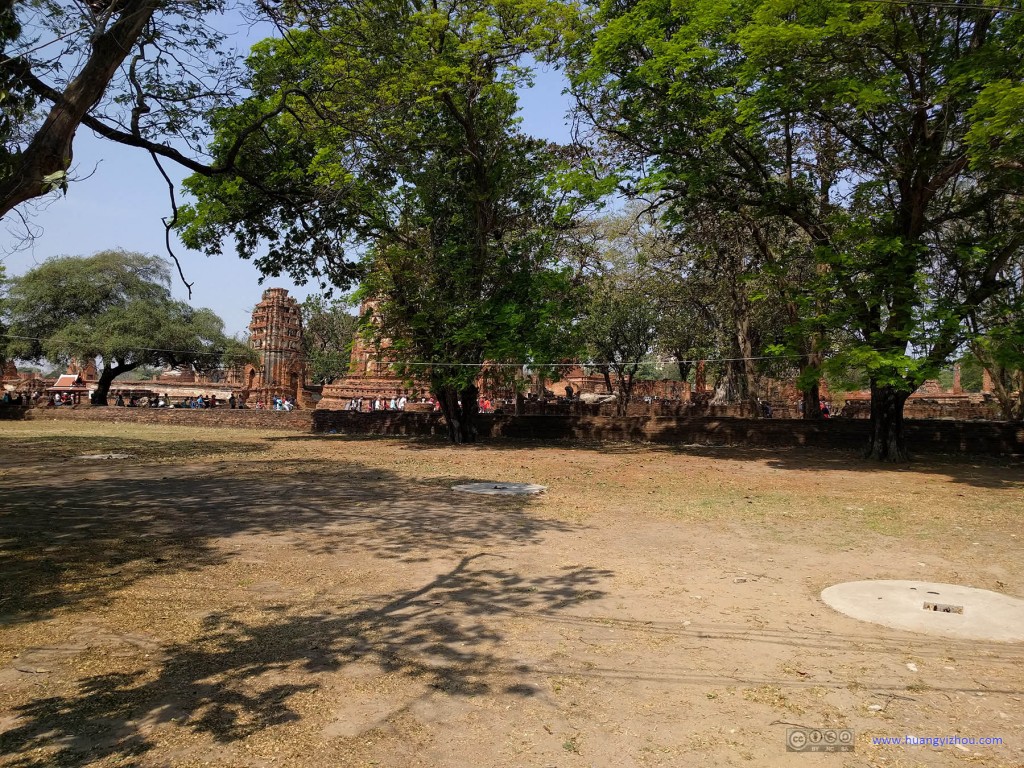
Near the visitor entrance of Wat Maha That. With the famous “Buddha Head in Trees”, it attracted more visitors.
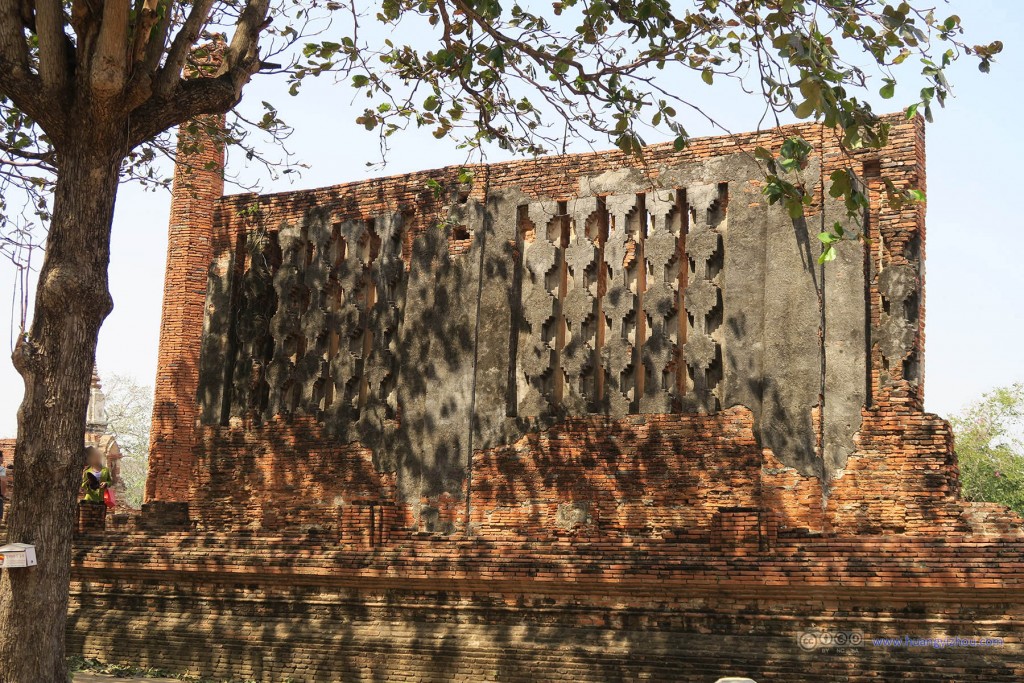
One of the few well-preserved walls in Wat Maha That (although there’s scaffolding at its back). Tree casting down lovely shadows.
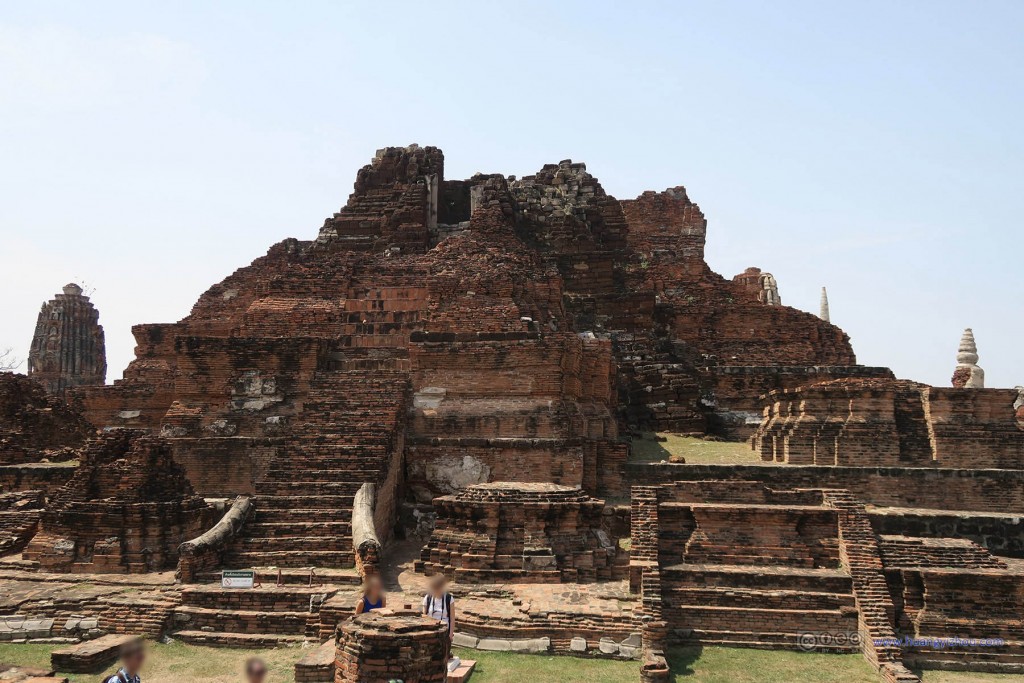
This should be Wat Maha That Prang, which served similar purposes as the one in central Chiang Mai, just more weathered.
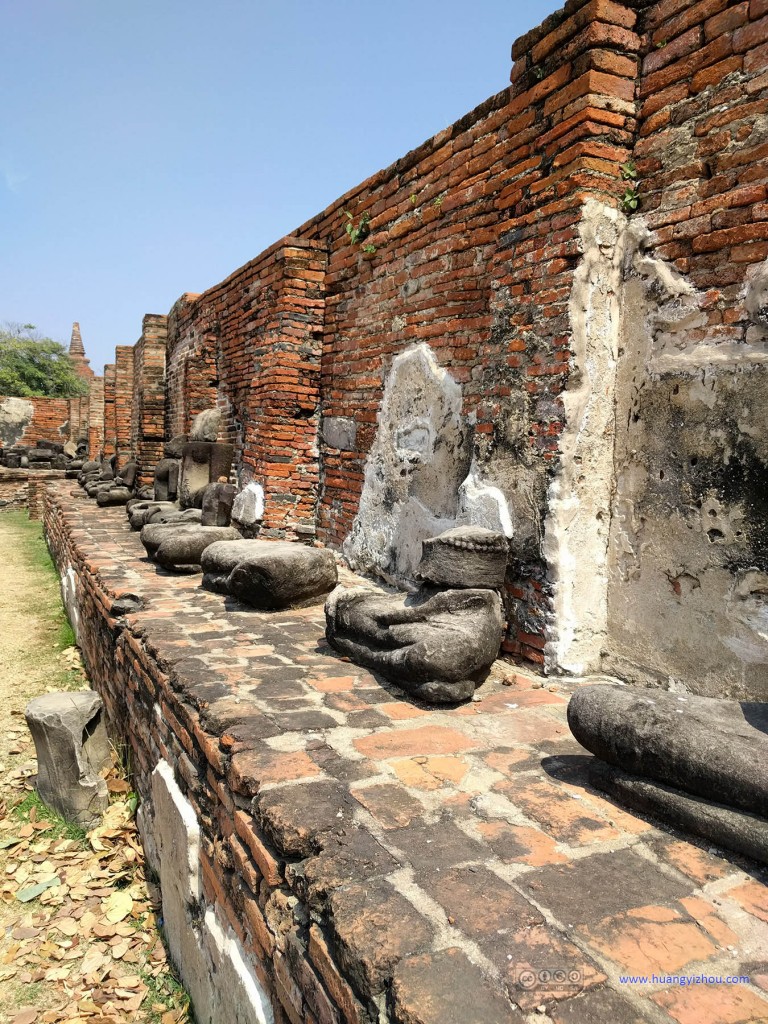
This should be a Buddha-filled cloister in Wat Maha That, much like the one in Wat Pho back in Bangkok.
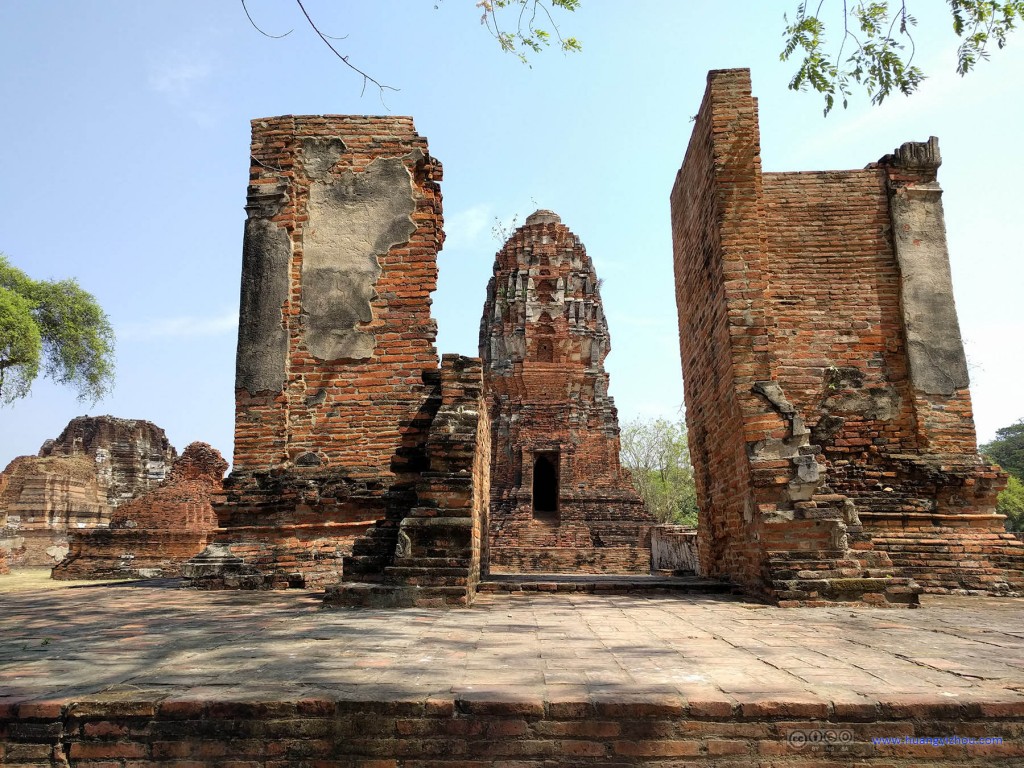
This should have been a doorway, but the teetering walls on the right seemed about to fall at any moment.
Then we went across the road and finished our lunch in perhaps the only restaurant nearby. I was very surprised to find that the “default” non-English foreign language in Ayutthaya was Japanese (not Chinese), concluding that Chinese tour groups were yet to conquer Ayutthaya.
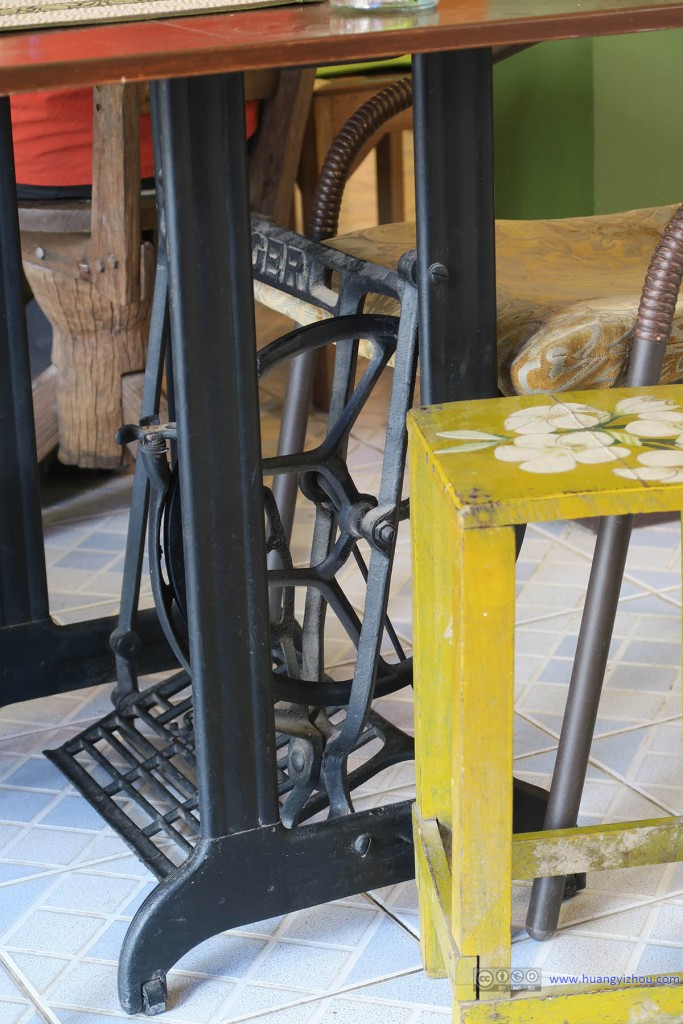
Restaurant near Wat Maha That where we had lunch, I spotted that the dinning tables were actually modified sowing machines.
After lunch, we walked along Rama Public Park to Wat Phra Ram.
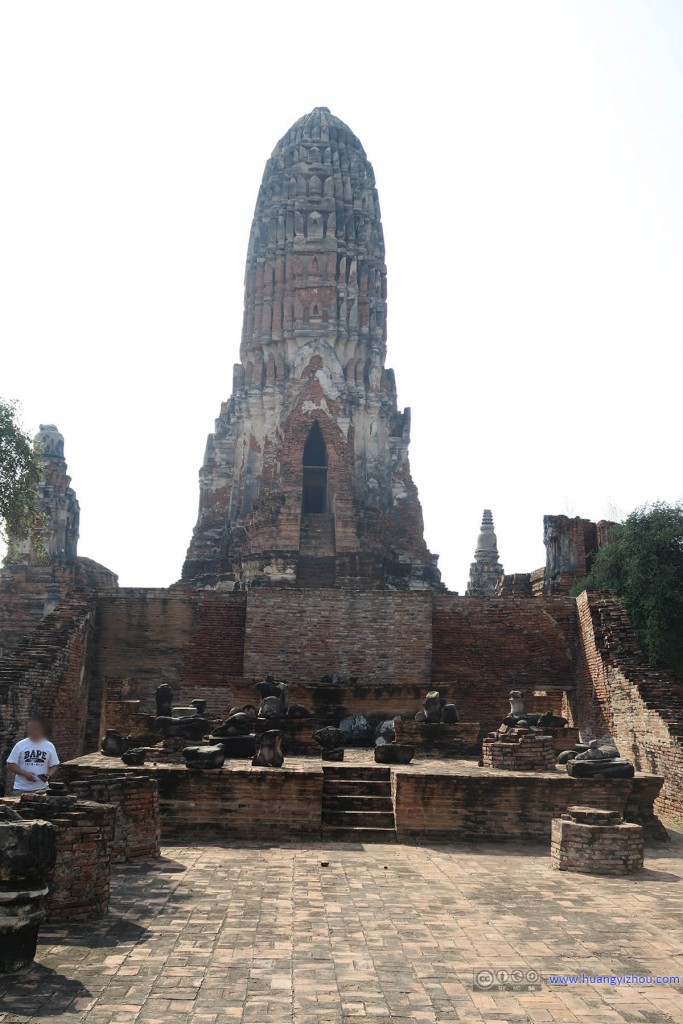
From here, one should be able to see the central tower of Wat Phra Ram with its hollow internal structures, yet unlike Wat Rat Praditthan, it’s not open for visitors.
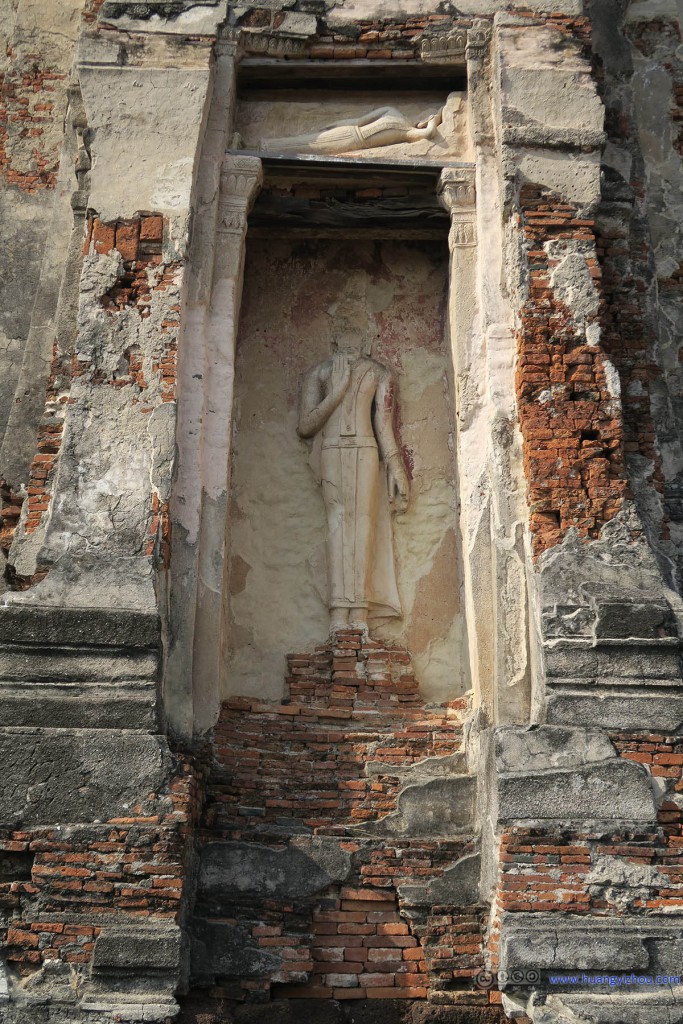
Sculptures on the central tower of Wat Phra Ram without heads. It’s heartbreaking to see human damage to such relics, much similar to Longmen Grottoes in Luoyang, China.
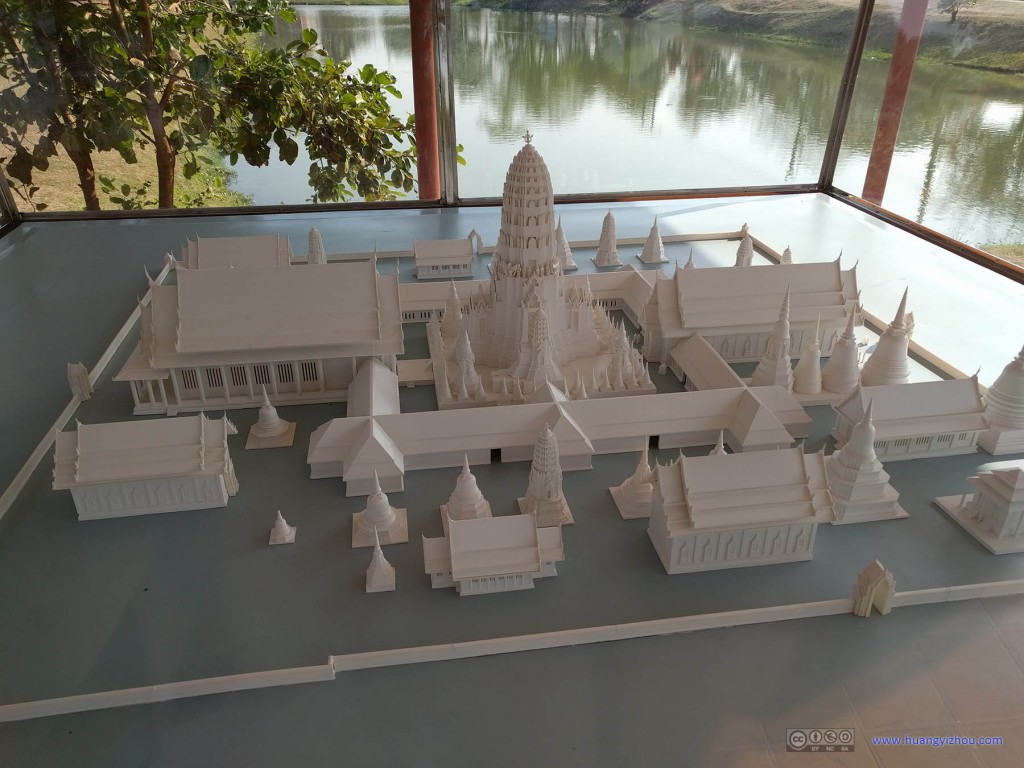
There’s a model of Wat Phra Ram in its prime beside its visitor entrance, much contrast to the ruins today. (I didn’t take photos of the models for the previous few temples)
Then we walked to Wat Phra Si Sanphet just across the street.
By Wikipedia, Wat Phra Si Sanphet was the royal temple of ancient Ayutthaya kingdom, roughly the equivalence of Wat Phra Kaew on the Grand Palace in Bangkok (Wat Phra Kaew borrowed from the architectural styles of Wat Phra Si Sanphet). The three Chedis Towers were the only structures restored in Ayutthaya.
Probably due to its historical significance, probably because it’s situated next to a morden temple, there were quite some local visitors to Wat Phra Si Sanphet.
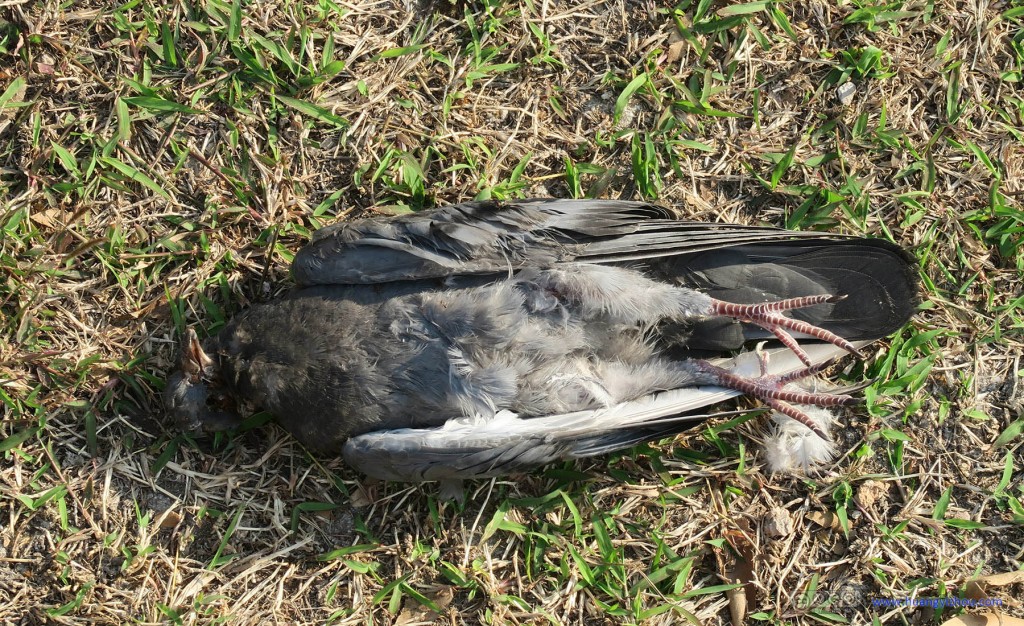
I didn’t know why, but there were quite some birds lying dead near the entrance of Wat Phra Si Sanphet.
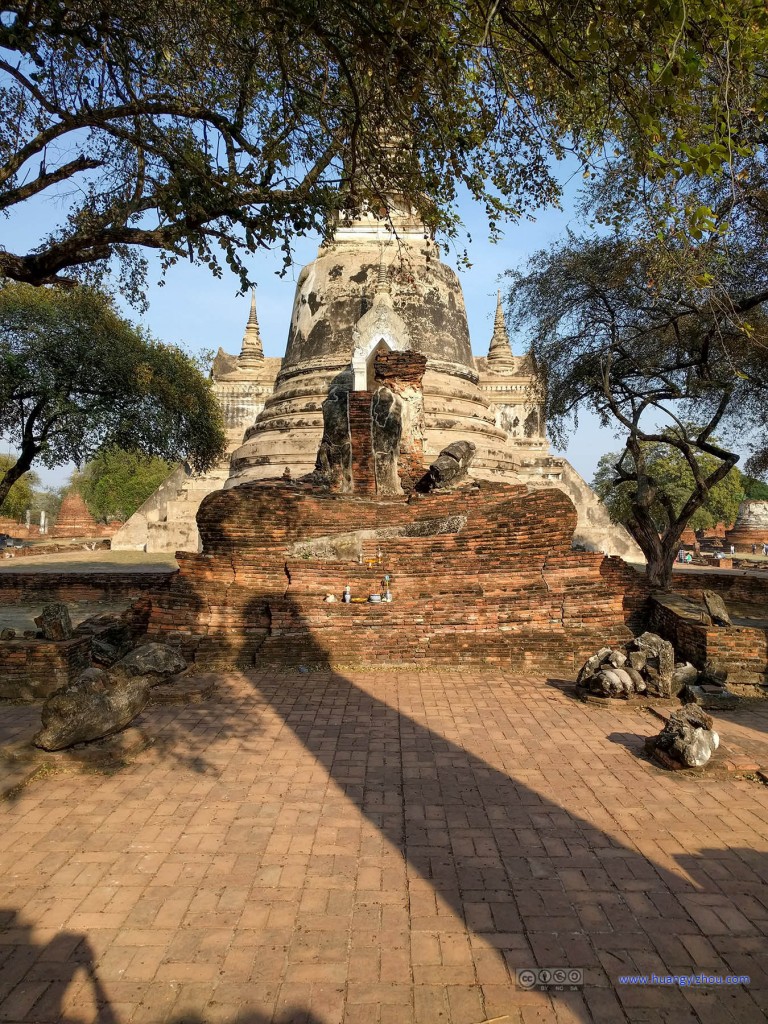
A Buddha sculpture in Wat Phra Si Sanphet made out of bricks, which was not often seen in Ayutthaya.
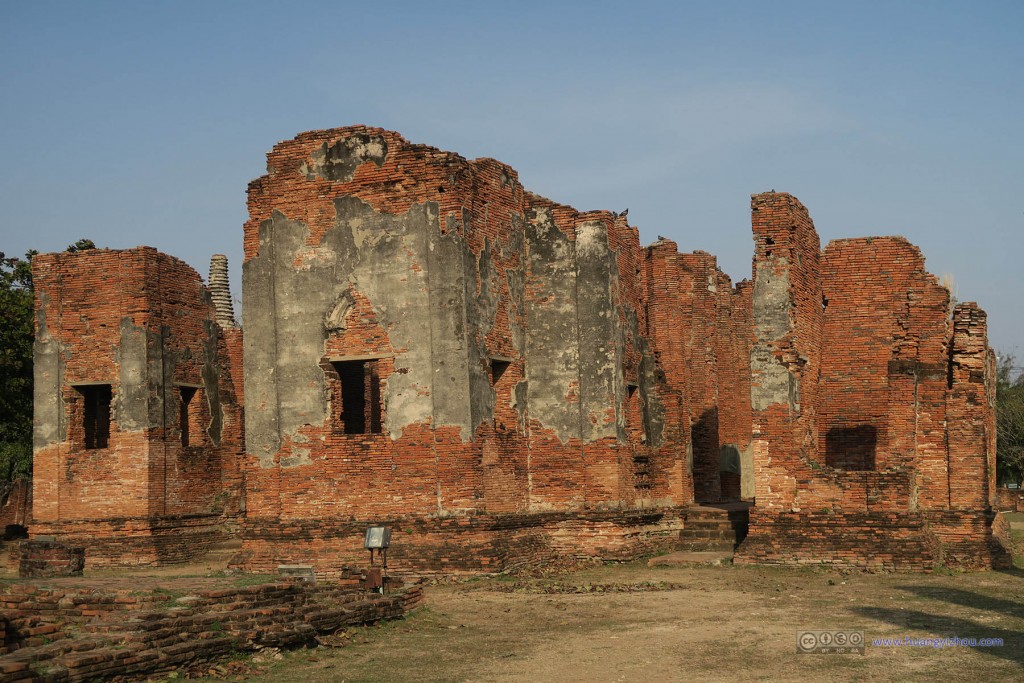
The walls of Eastern Ubosots were relatively better preserved, it’s not hard to imagine days of their prime.
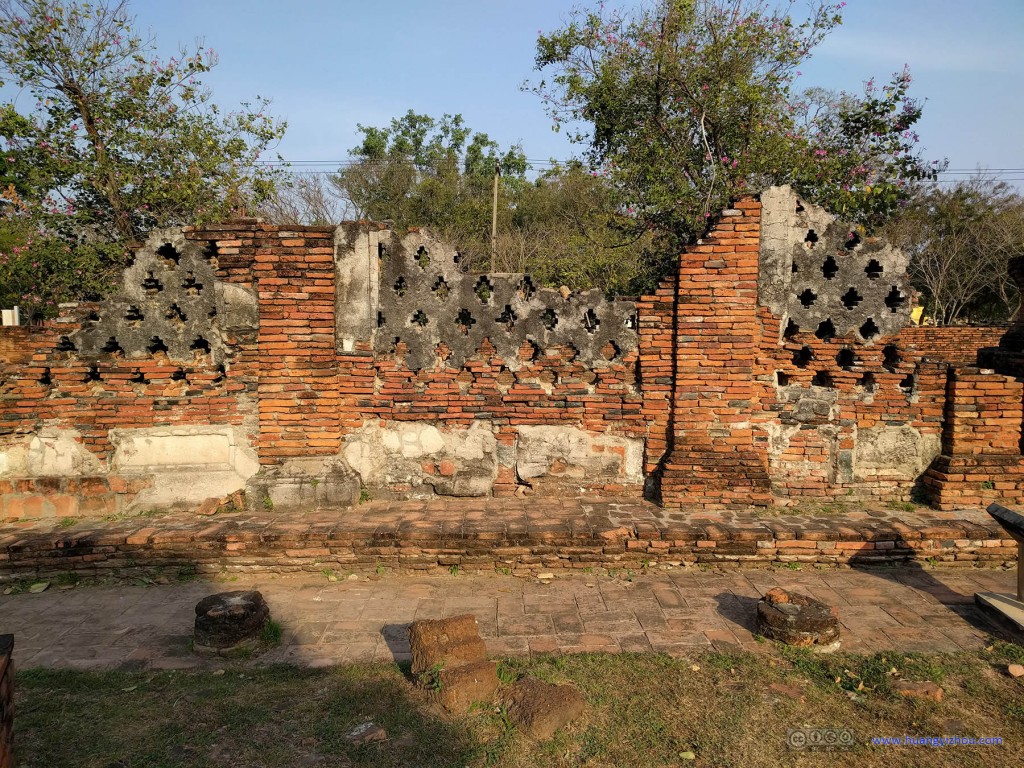
Eastern part of Wat Phra Si Sanphet, where the only thing standing between Wat Phra Si Sanphet and streets was these half-broken walls.
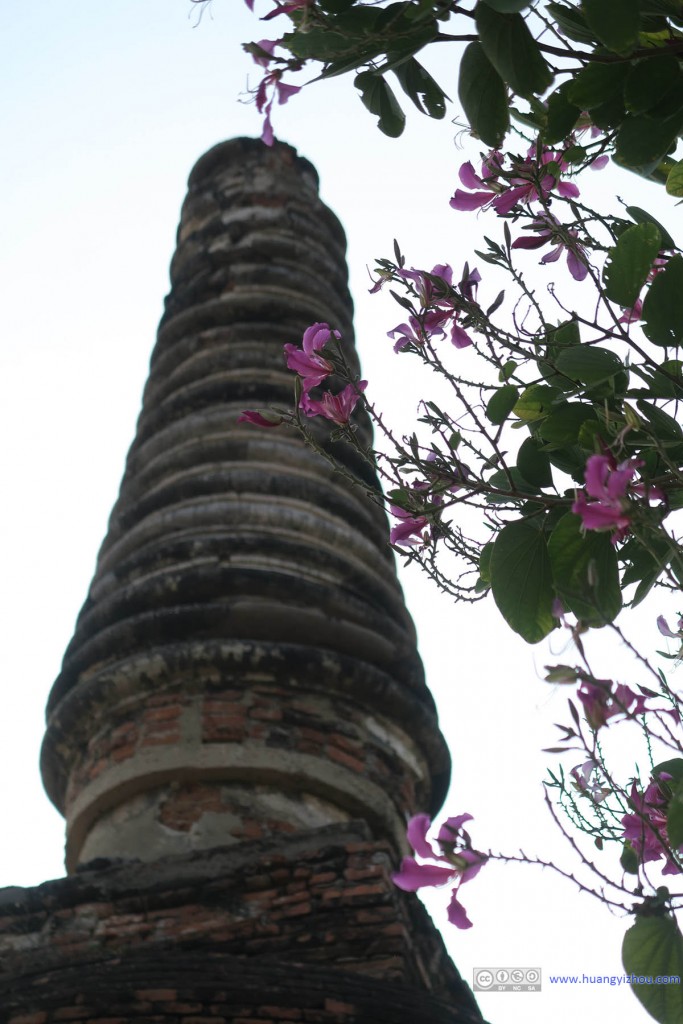
East Wat Phra Si Sanphet, where flowers blossomed in front of Chedis towers, the new and the old coming together.
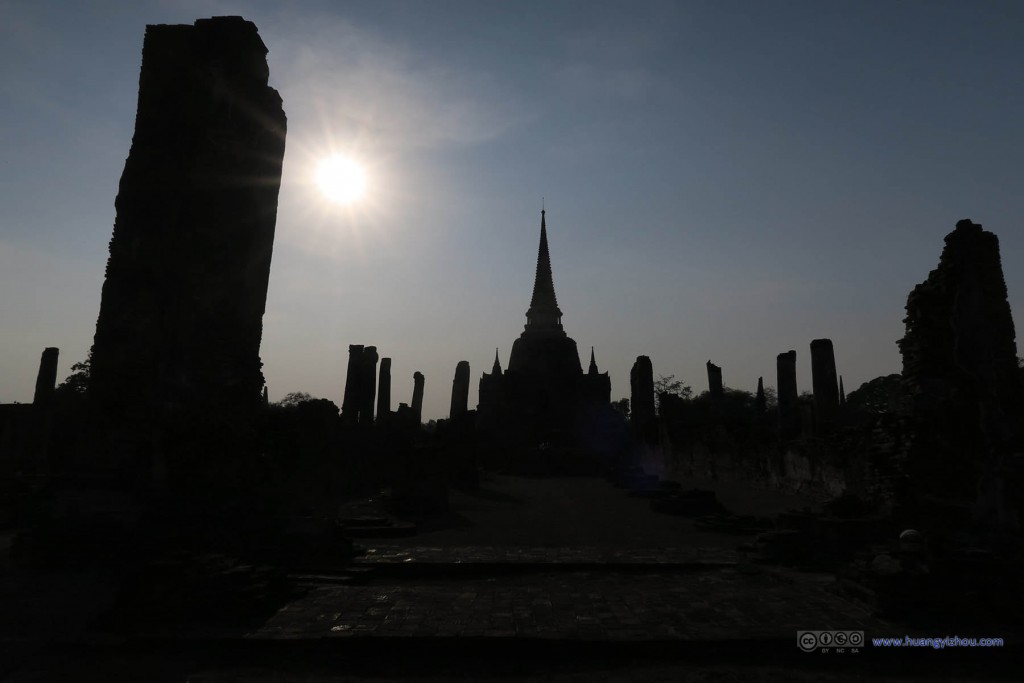
One can barely see the contours of some broken columns in this shot of Wat Phra Si Sanphet against the sun.
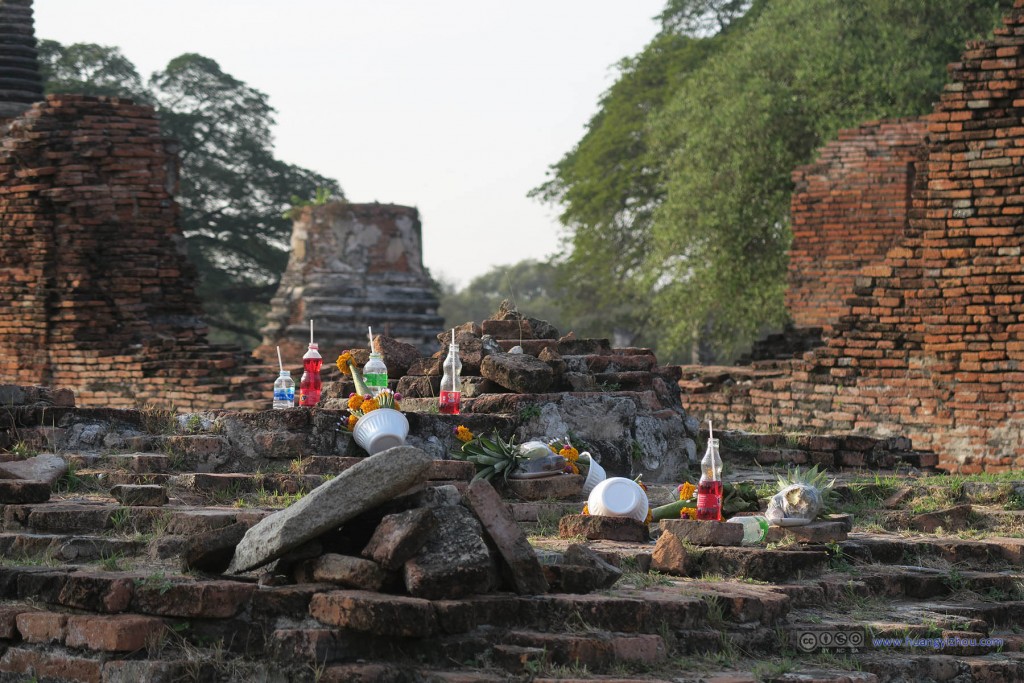
One could still see offerings being placed in the alters of Wat Phra Si Sanphet till this day, and the nice and considerate Thai people even supplied straws along with their drinks.
Then we took a Tuk Tuk back to the mini van station, where we took a mini van back to Bangkok.
It was rush hour on our way back to Bangkok, as we witnessed total standstill on a 10-lane highway.
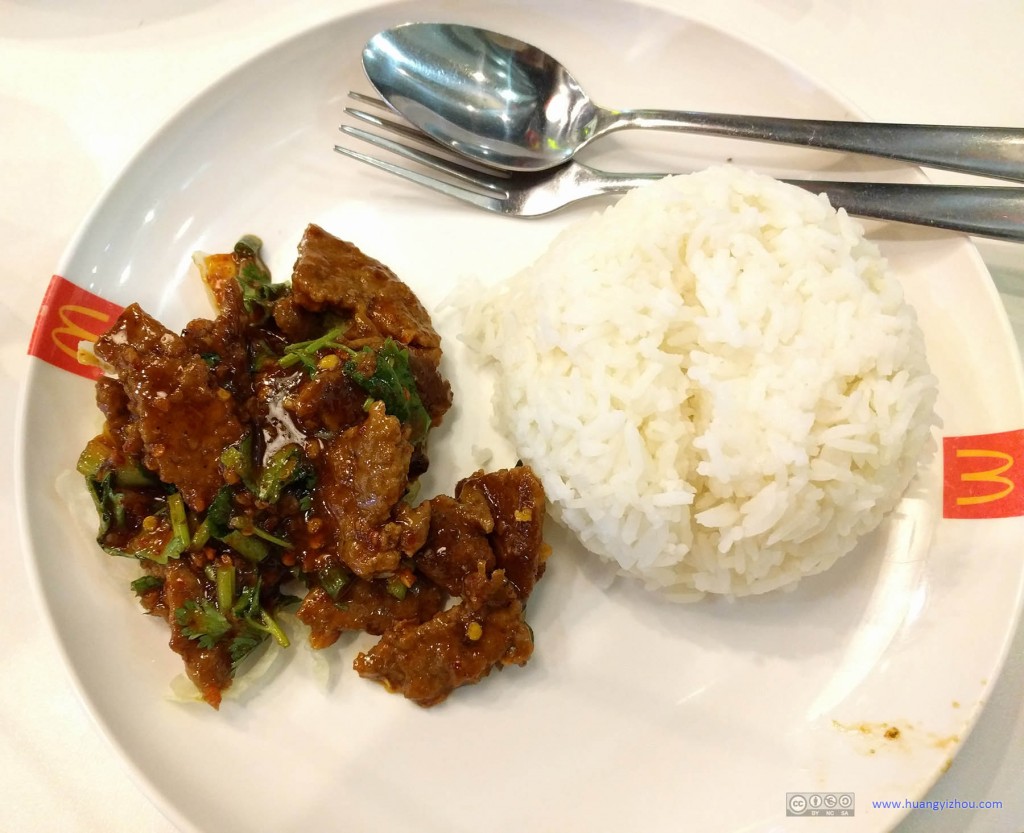
I tried this “beef rice” at McDonald’s to experience McDonald’s localization in Thailand. The result is that, McDonald’s just put that strange Thai sauce (same as in the Thai Salad in Chiang Rai a couple of days back) onto beef. It’s like, ordering beef noddles in Chengdu without reminding the host not to put spice in it.
Having finished dinner in a McDonald’s near Victory Memorial, which was a little bit too much for my mom, who thus suggested we should walk back to hotel. Since the wonderful Google Maps provided us with numerous shortcuts, it didn’t take long.
END
![]() Holidays in Thai: Ayutthaya on February 8th, 2016 by Huang's Site is licensed under a Creative Commons Attribution-NonCommercial-ShareAlike 4.0 International License.
Holidays in Thai: Ayutthaya on February 8th, 2016 by Huang's Site is licensed under a Creative Commons Attribution-NonCommercial-ShareAlike 4.0 International License.

